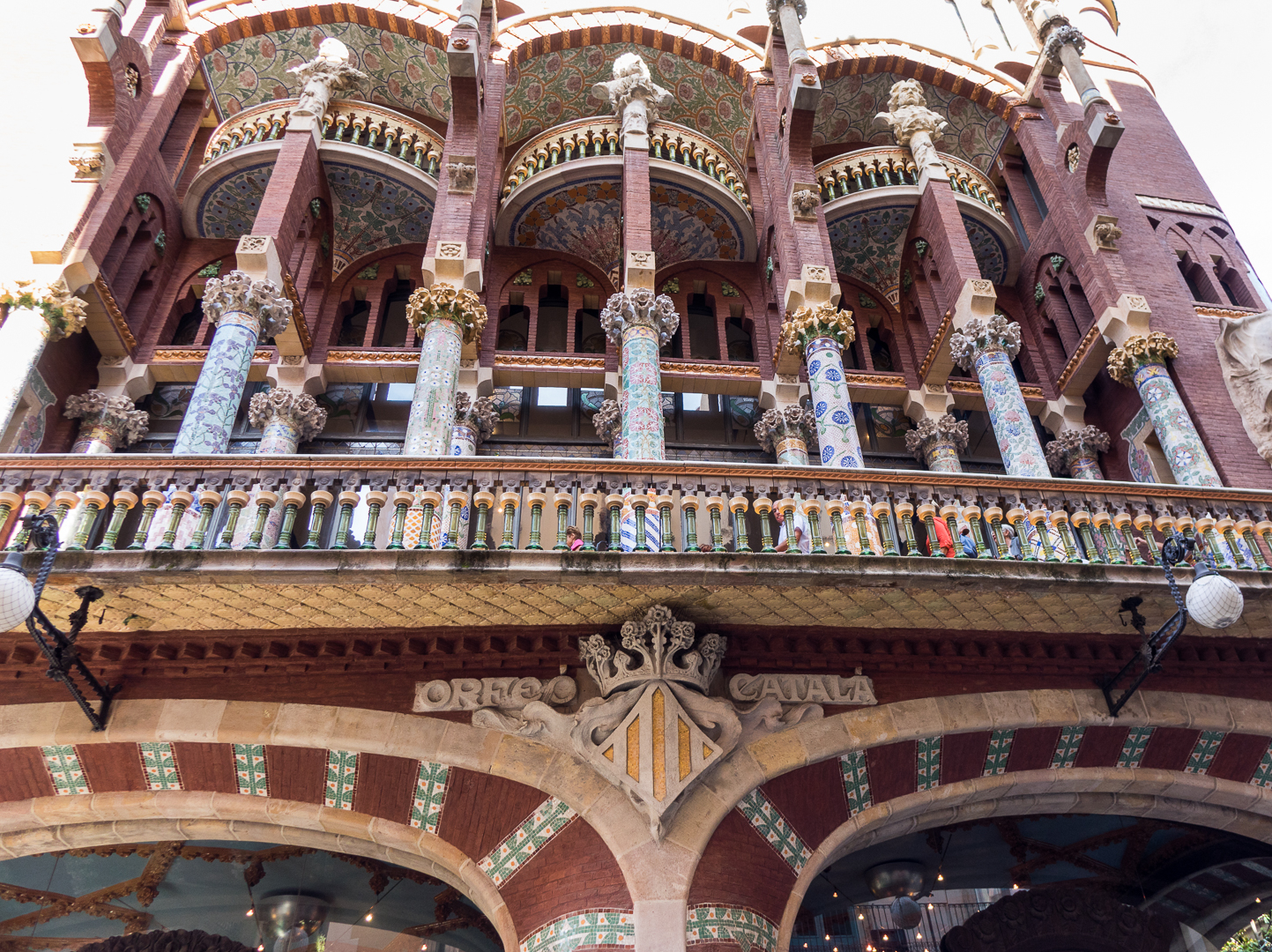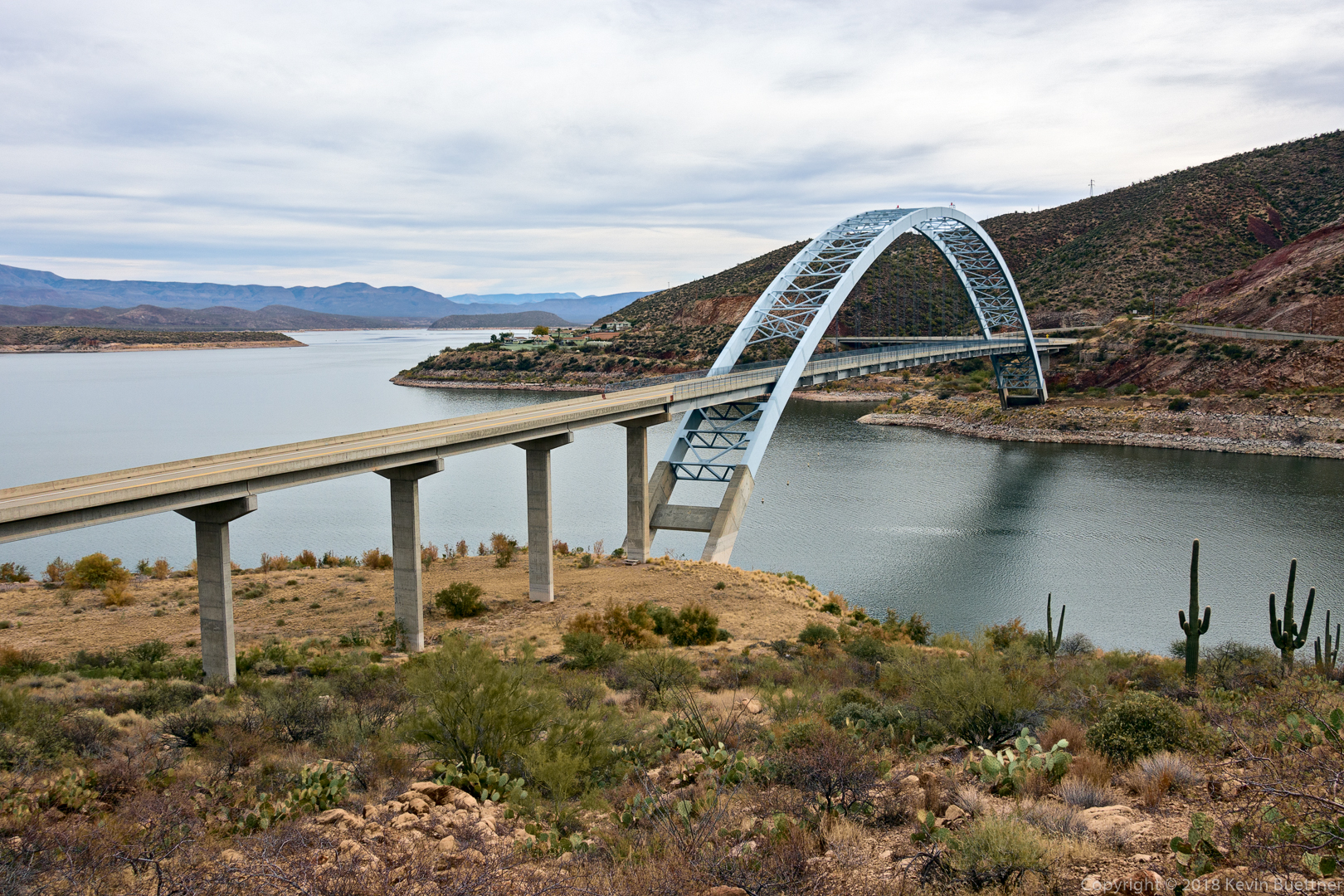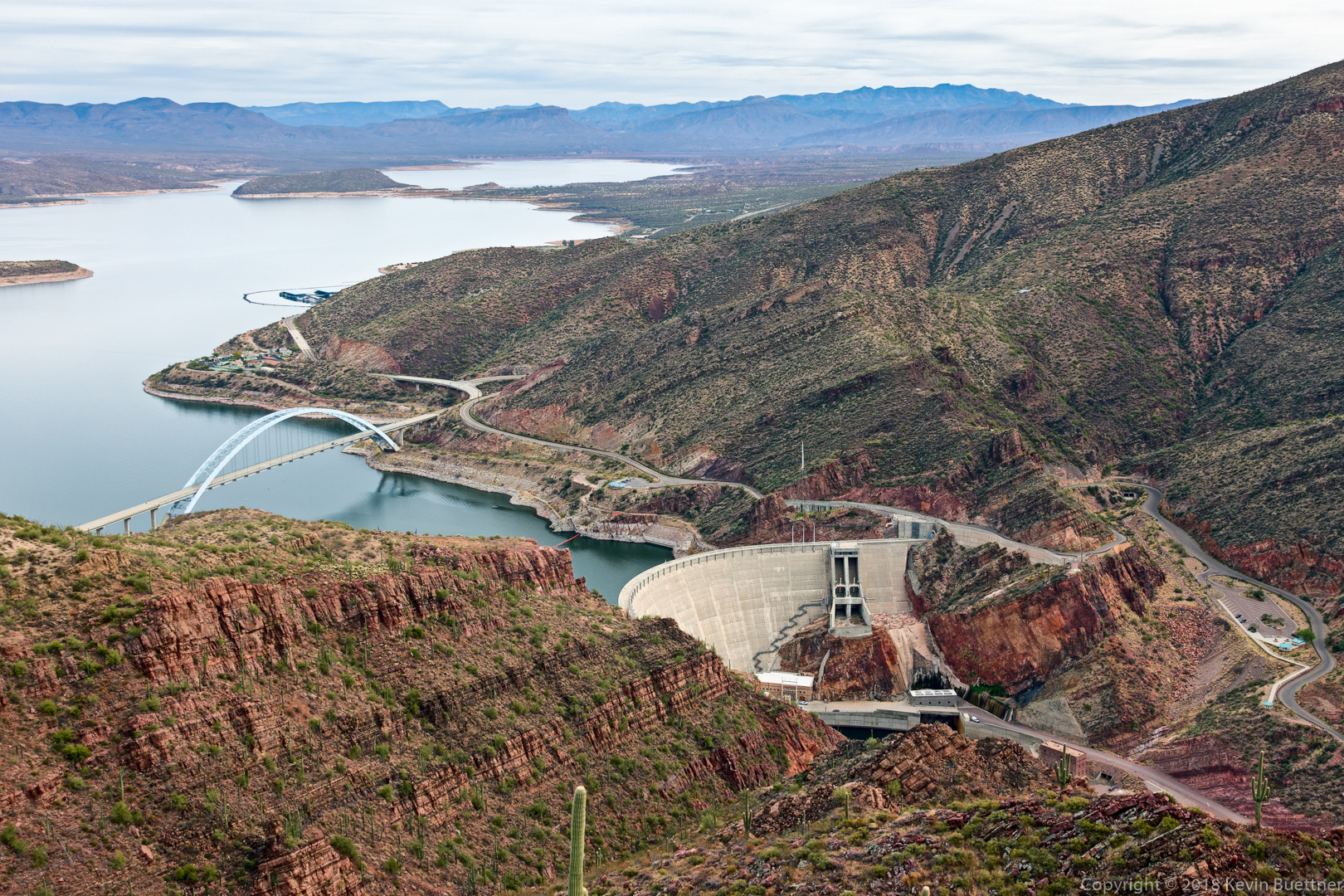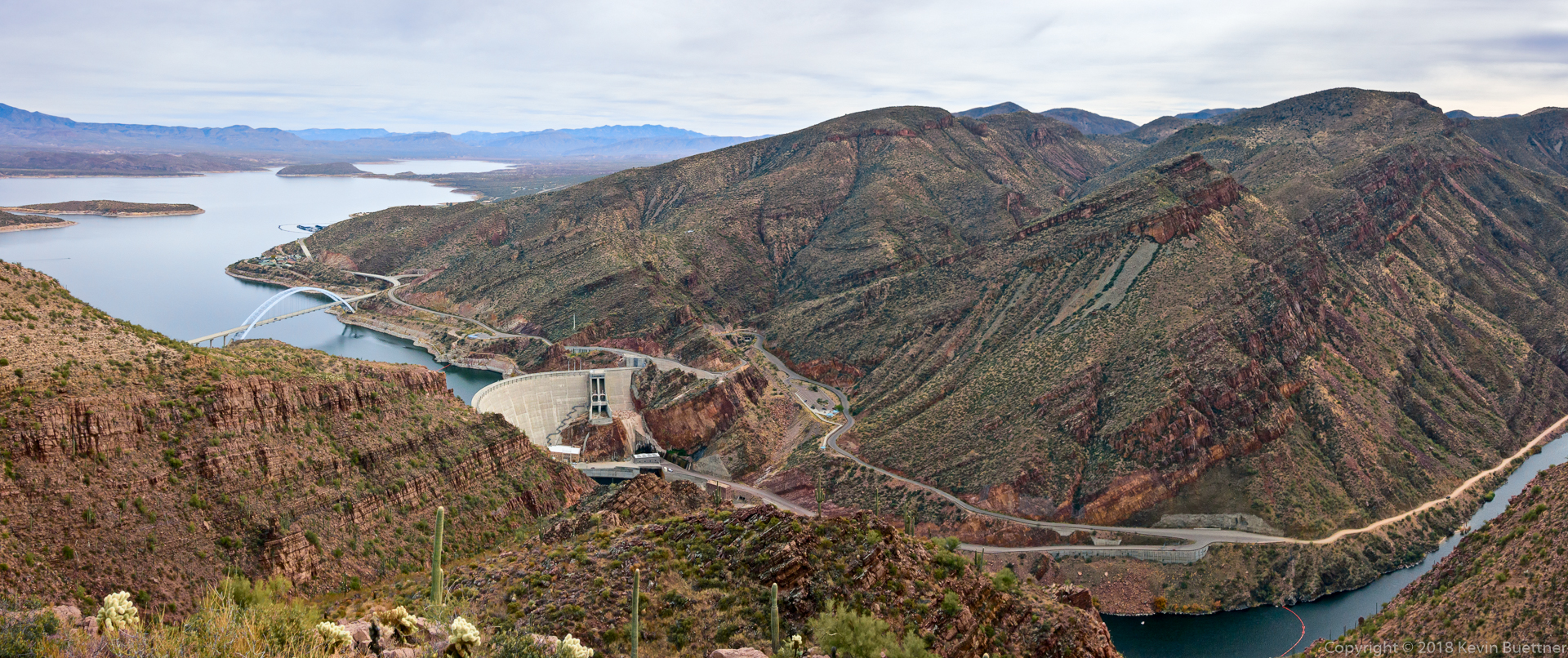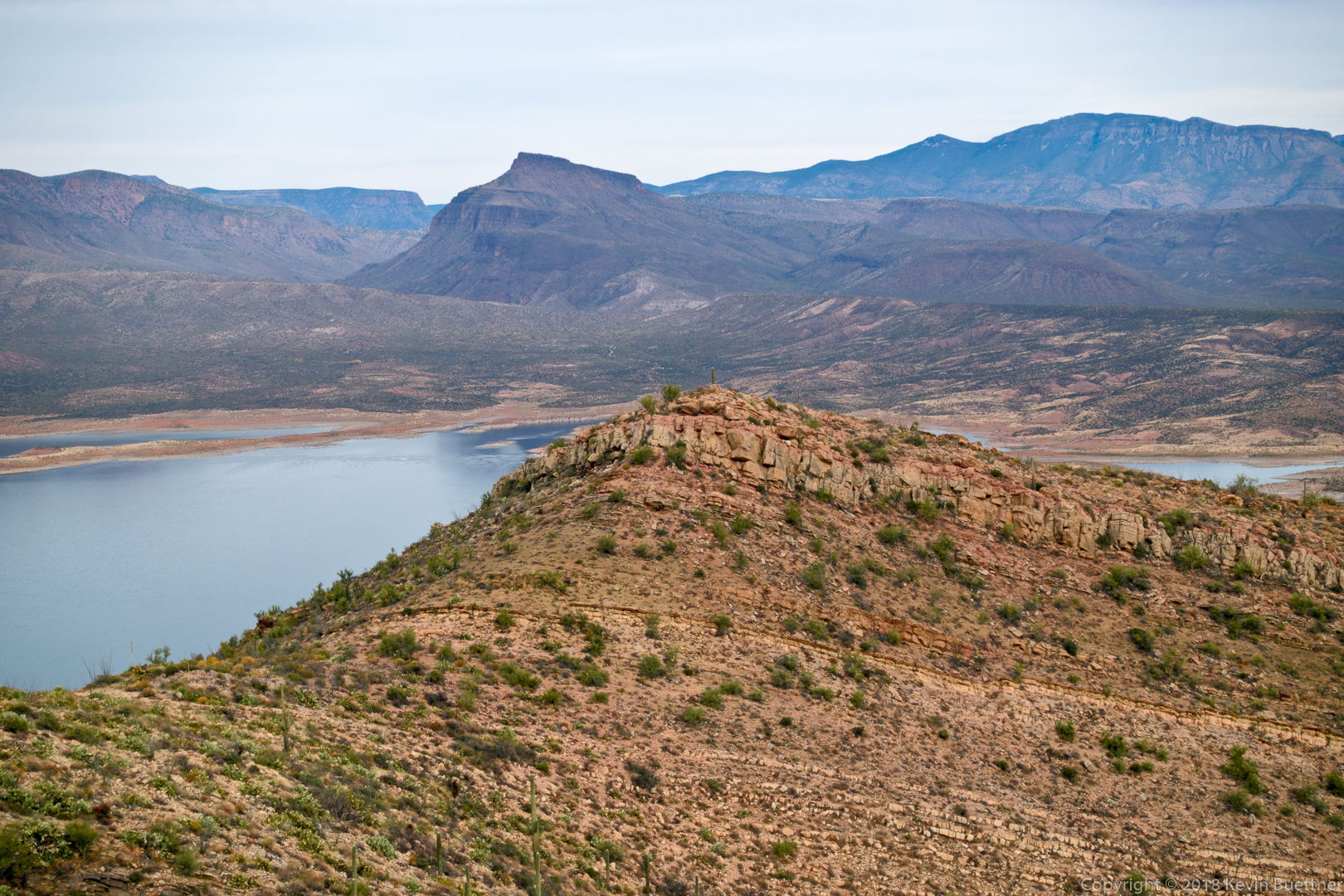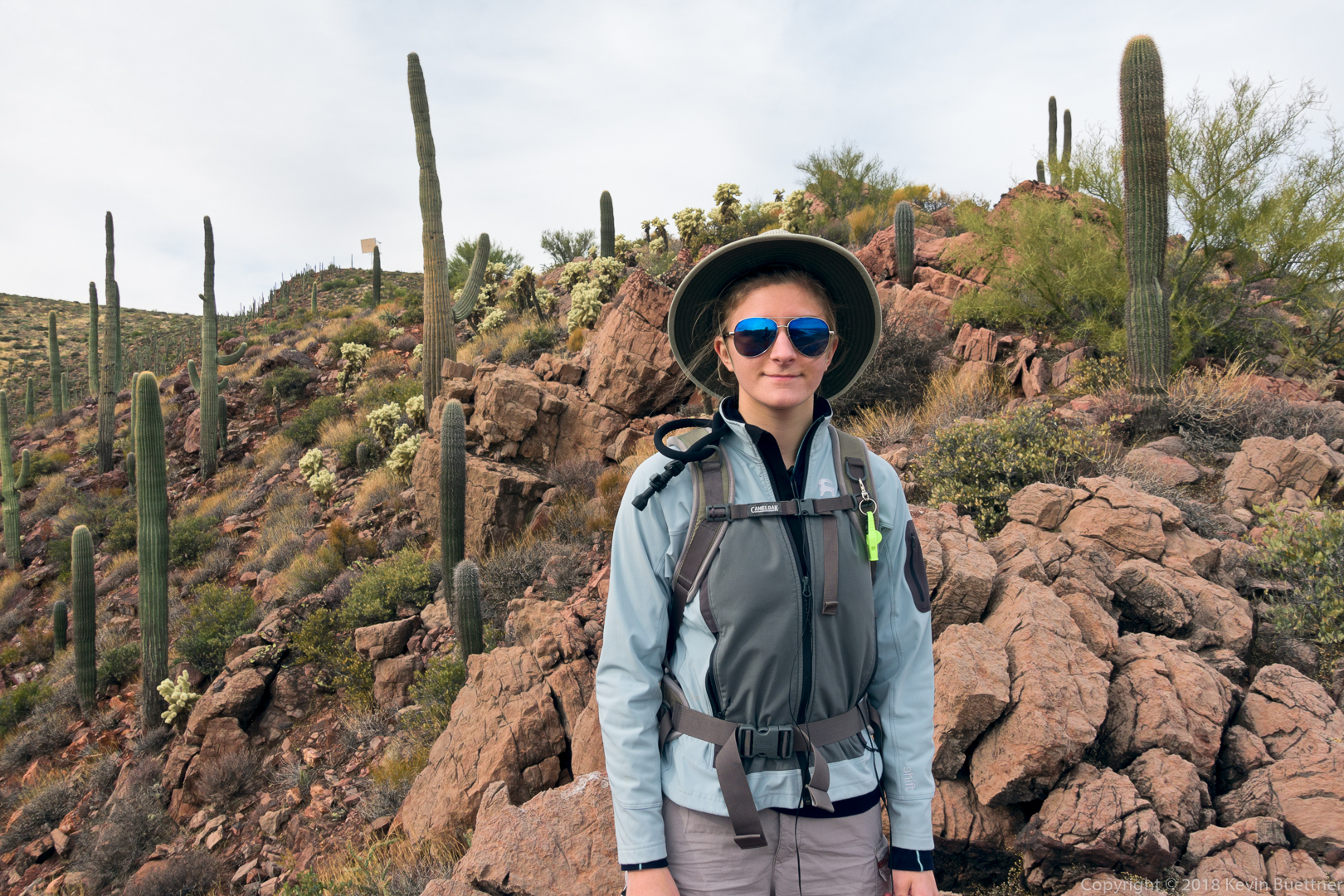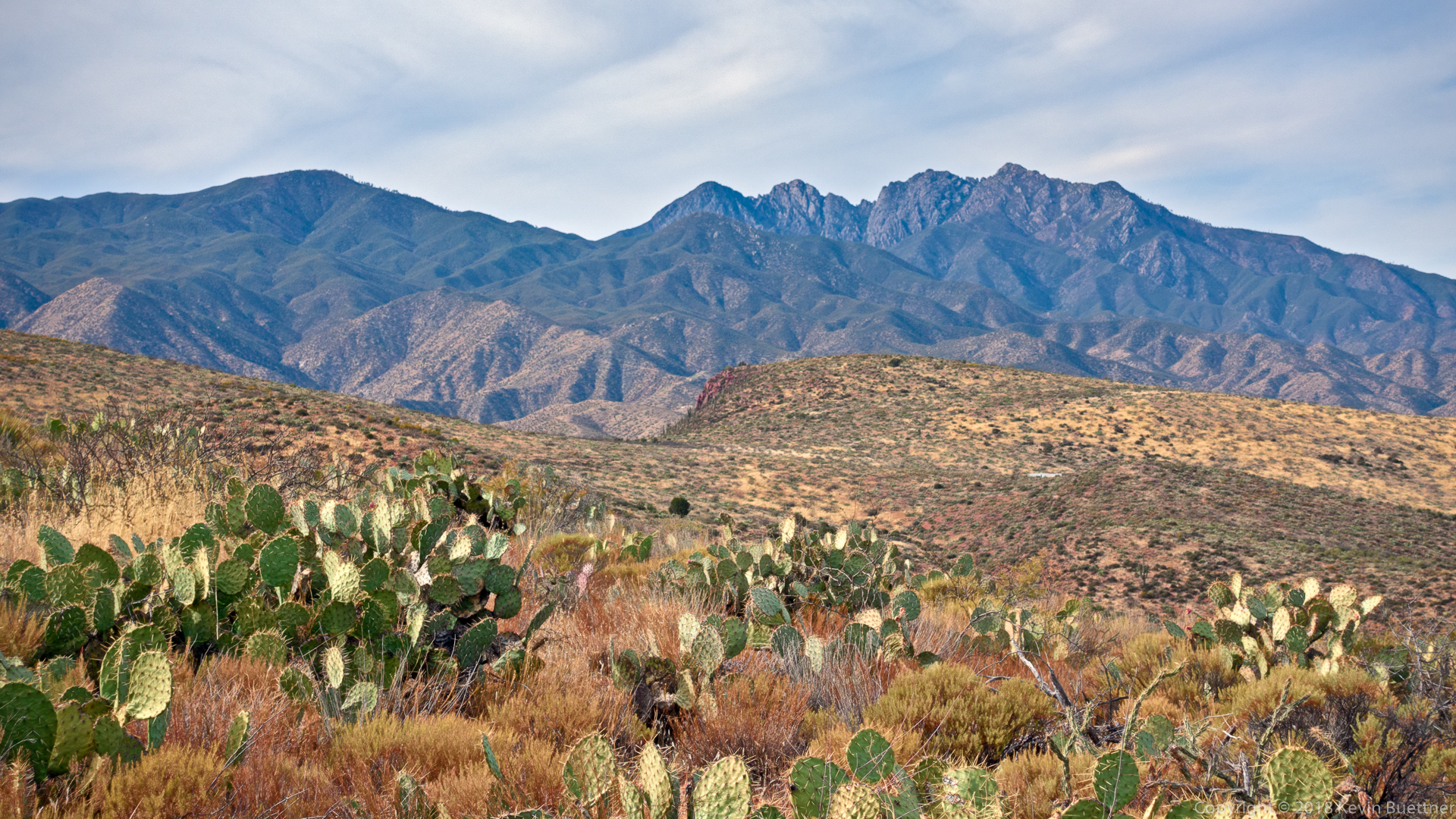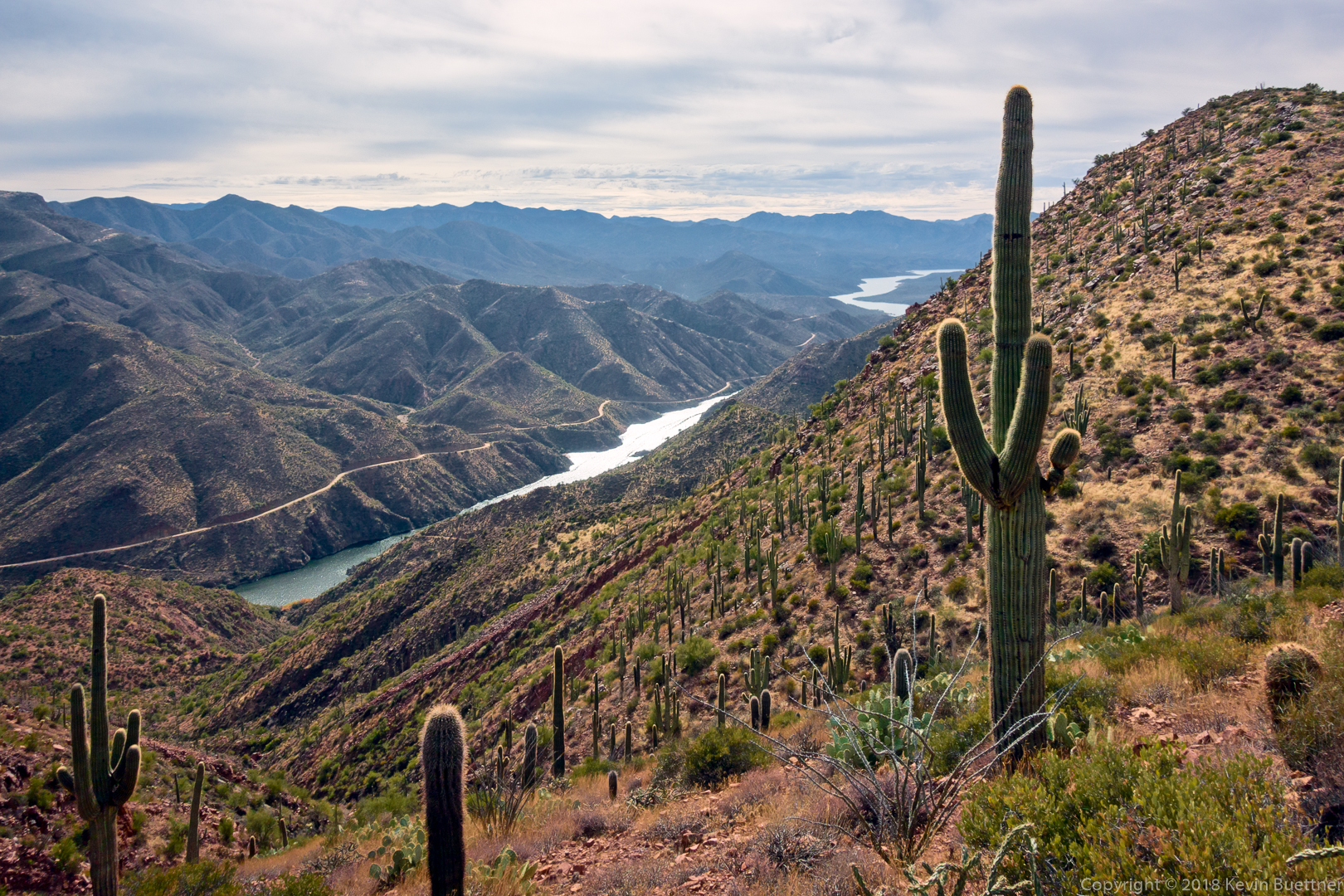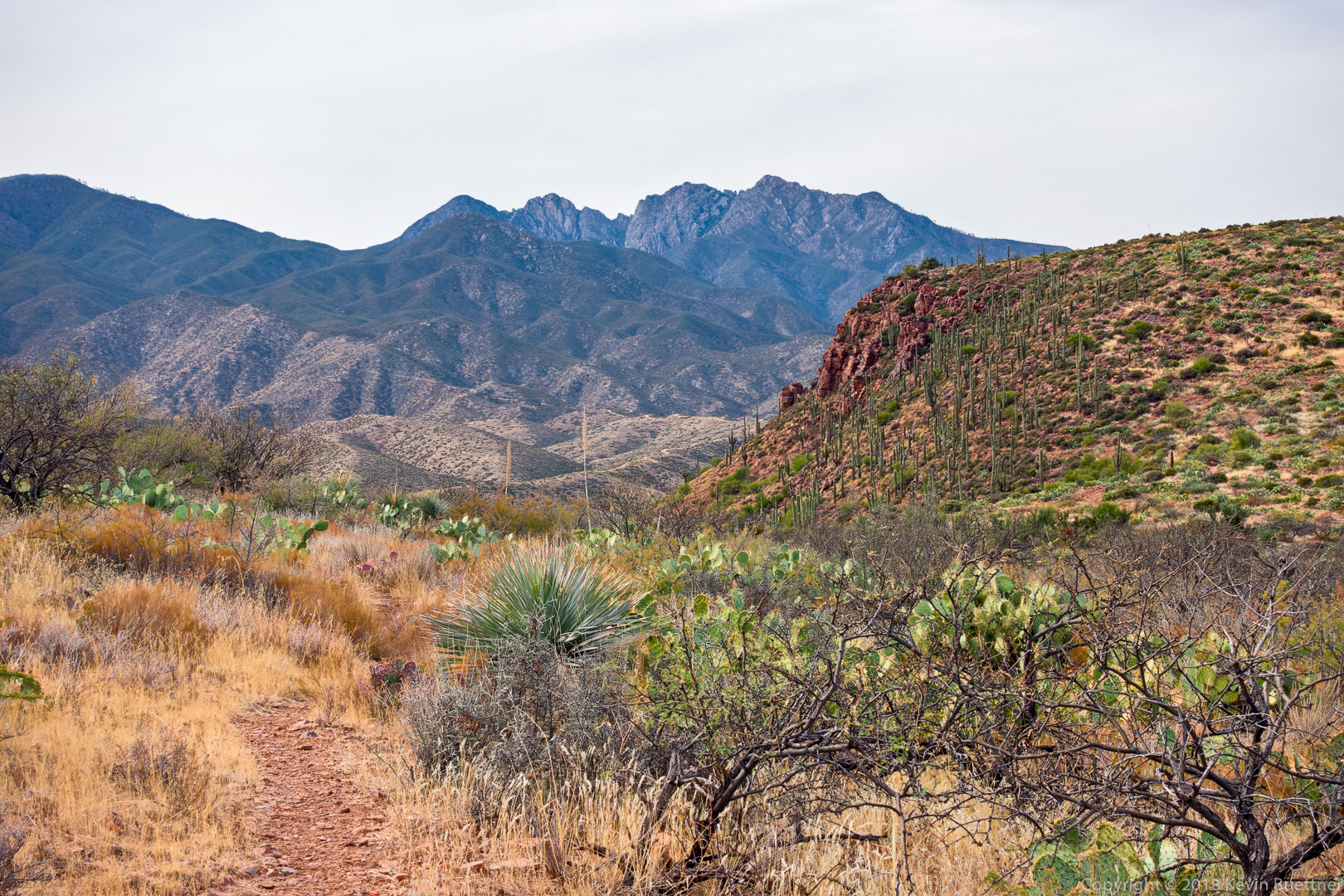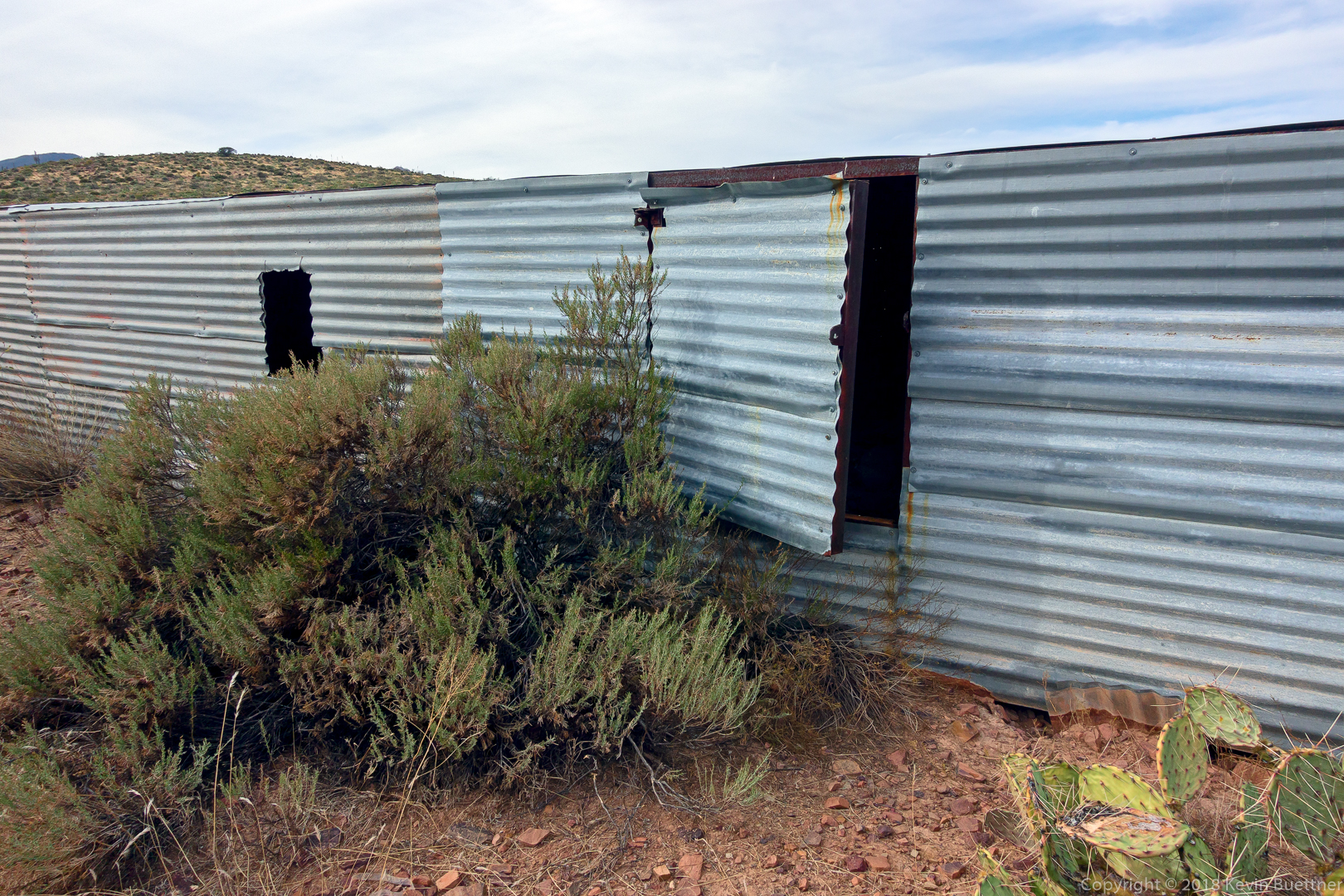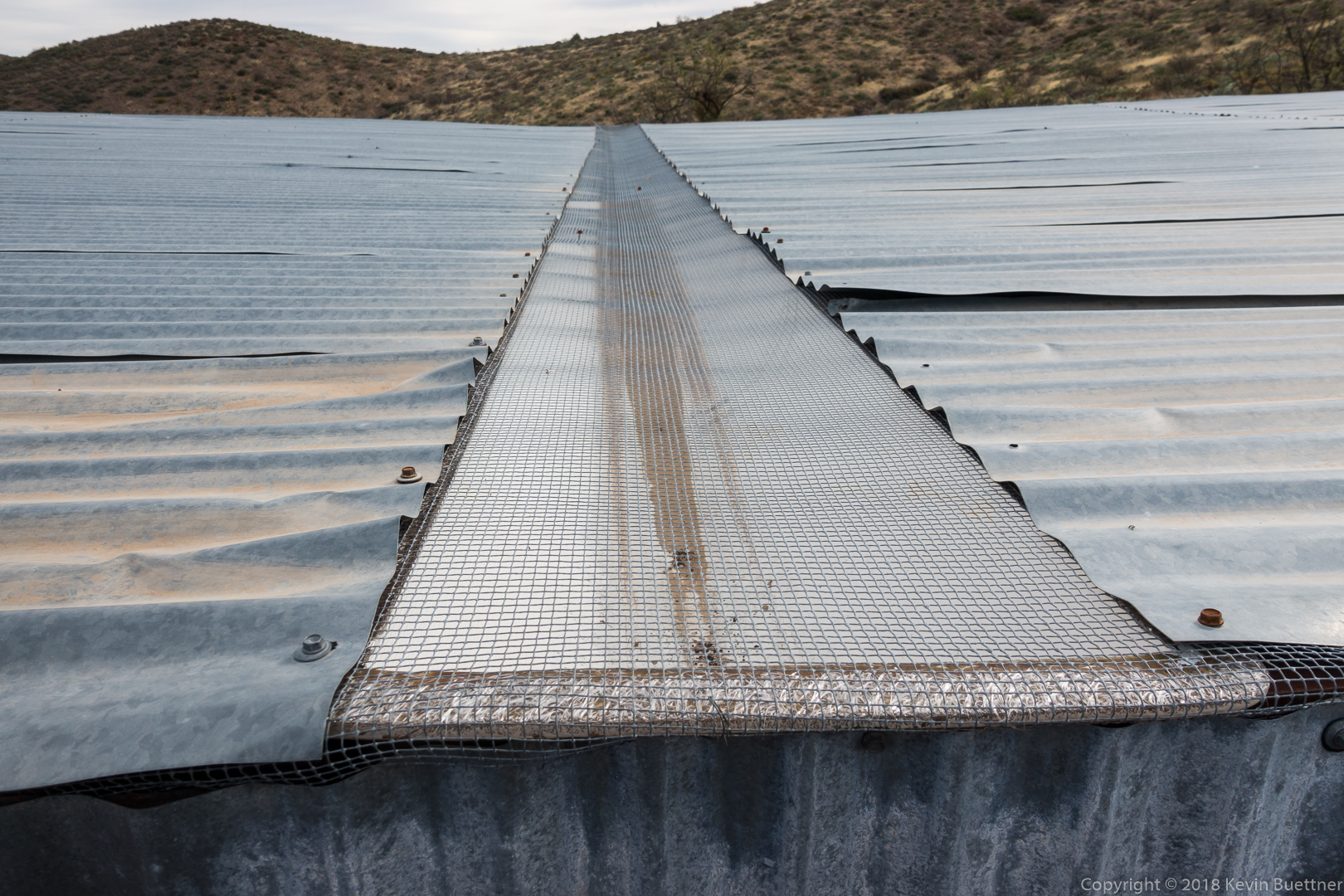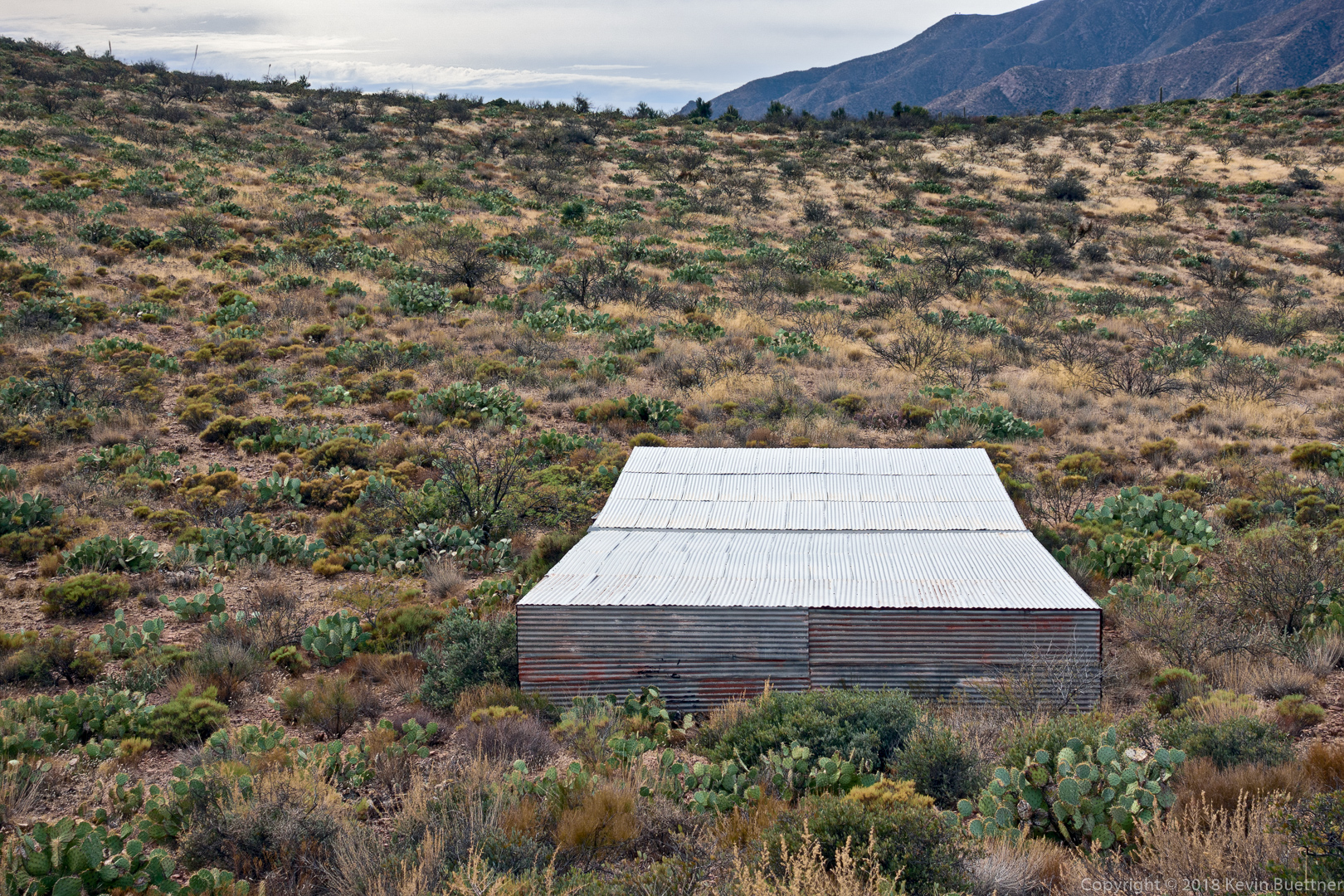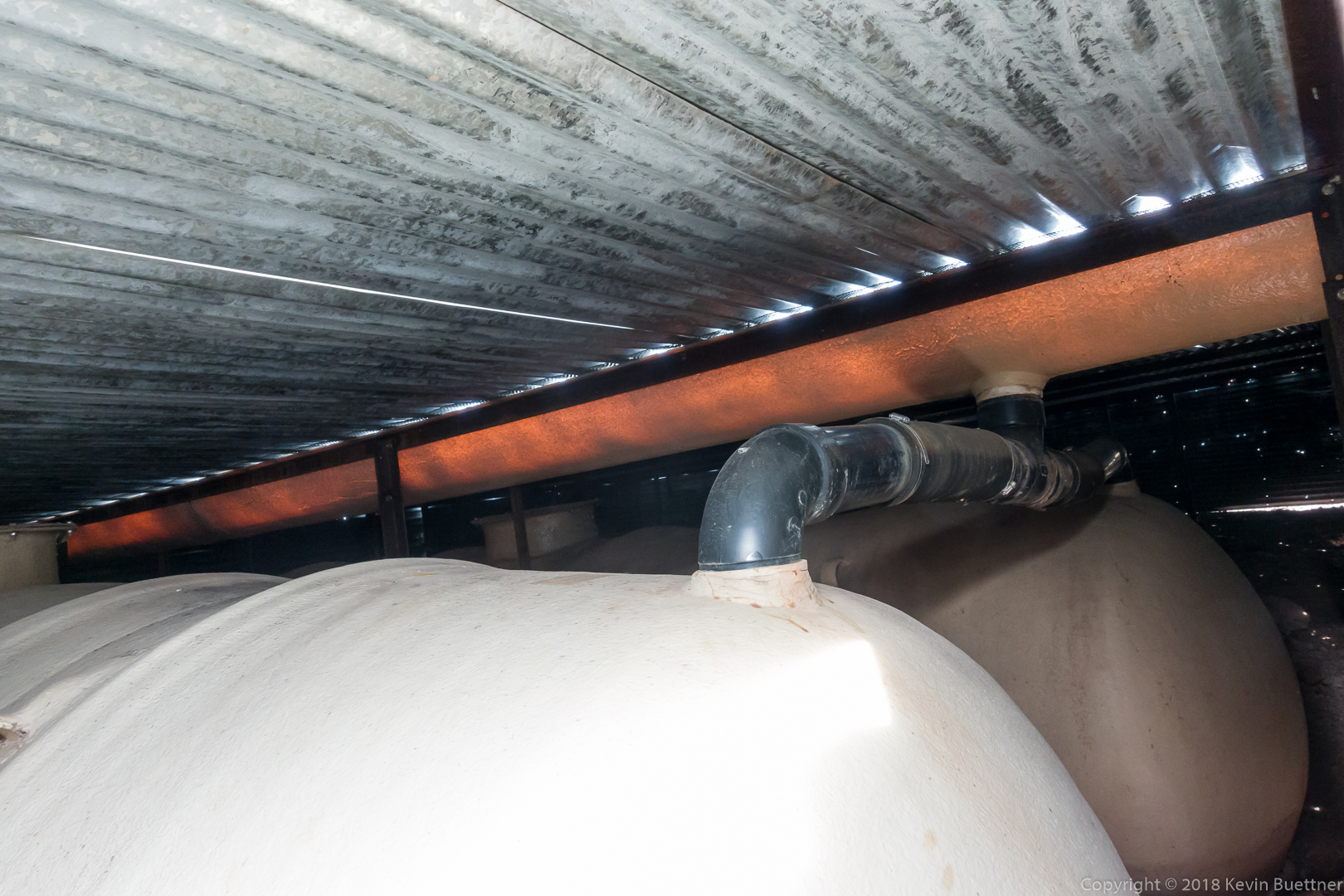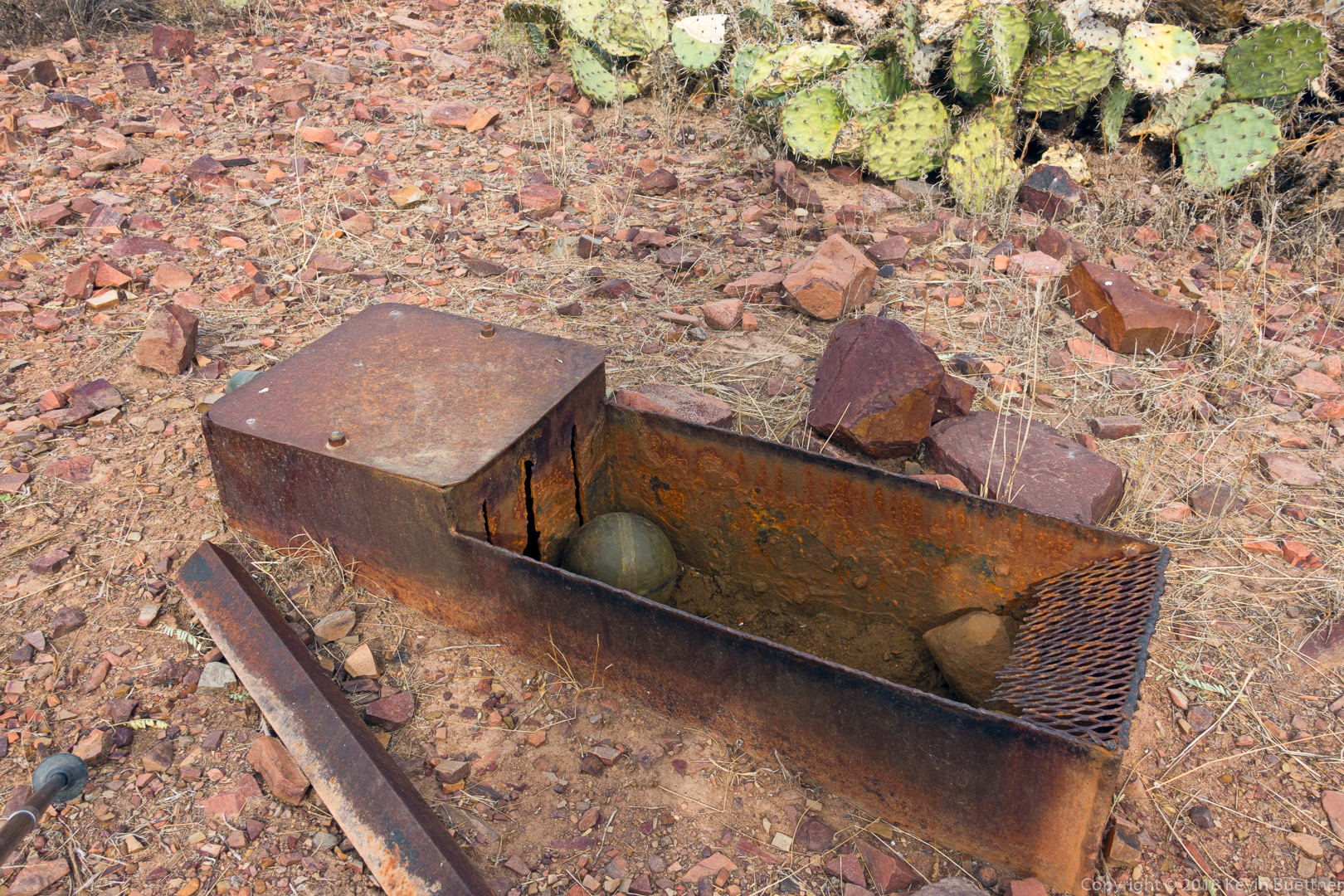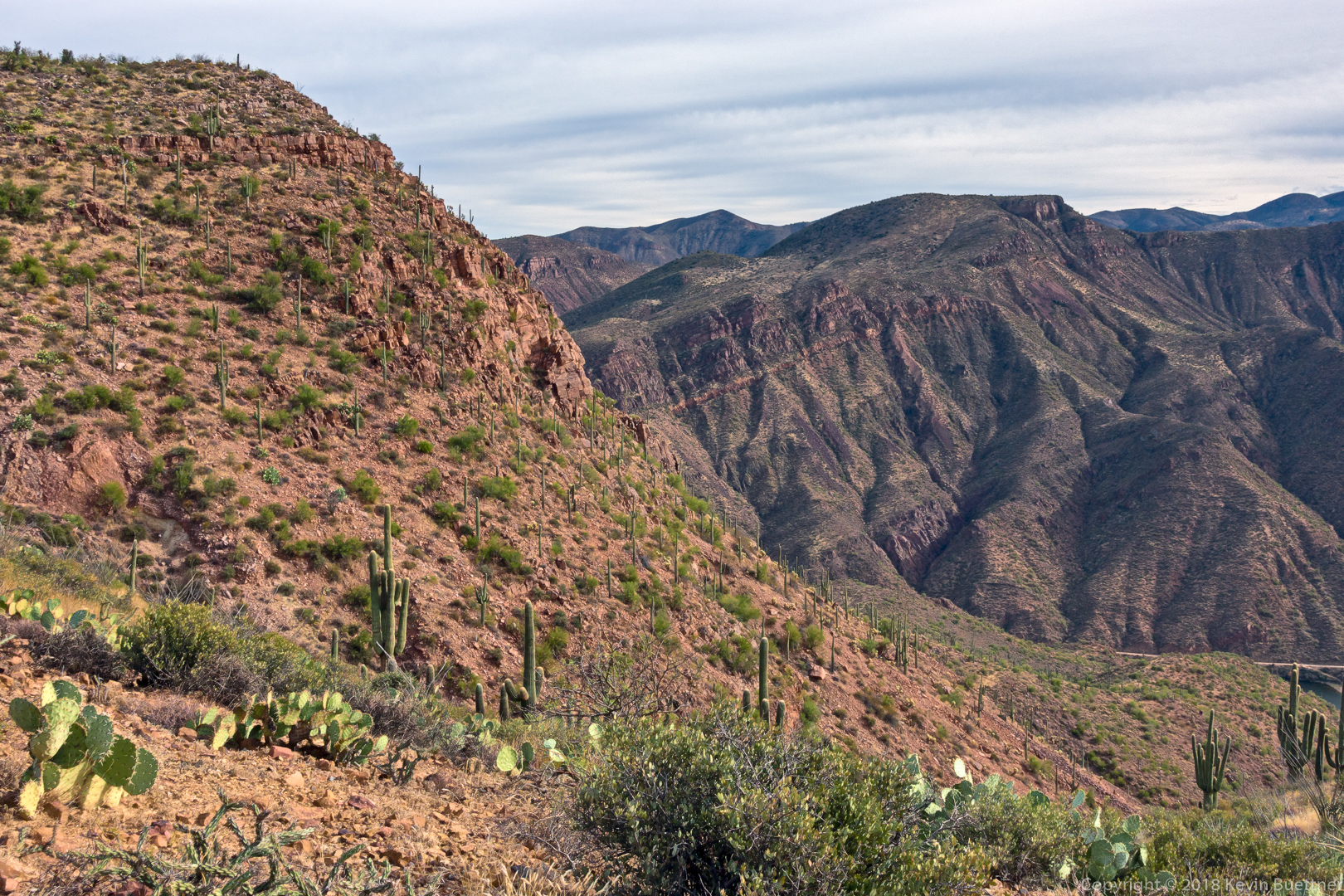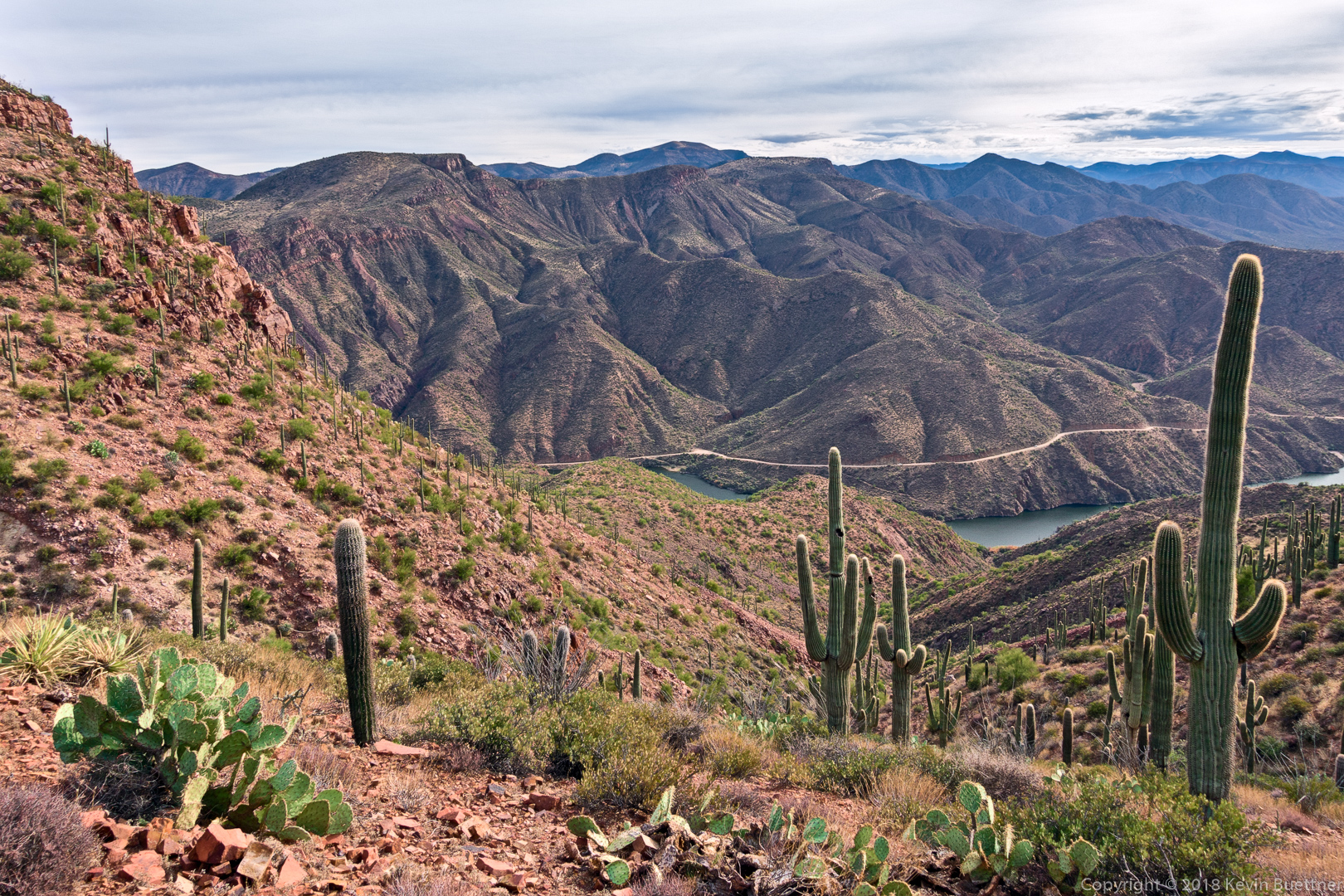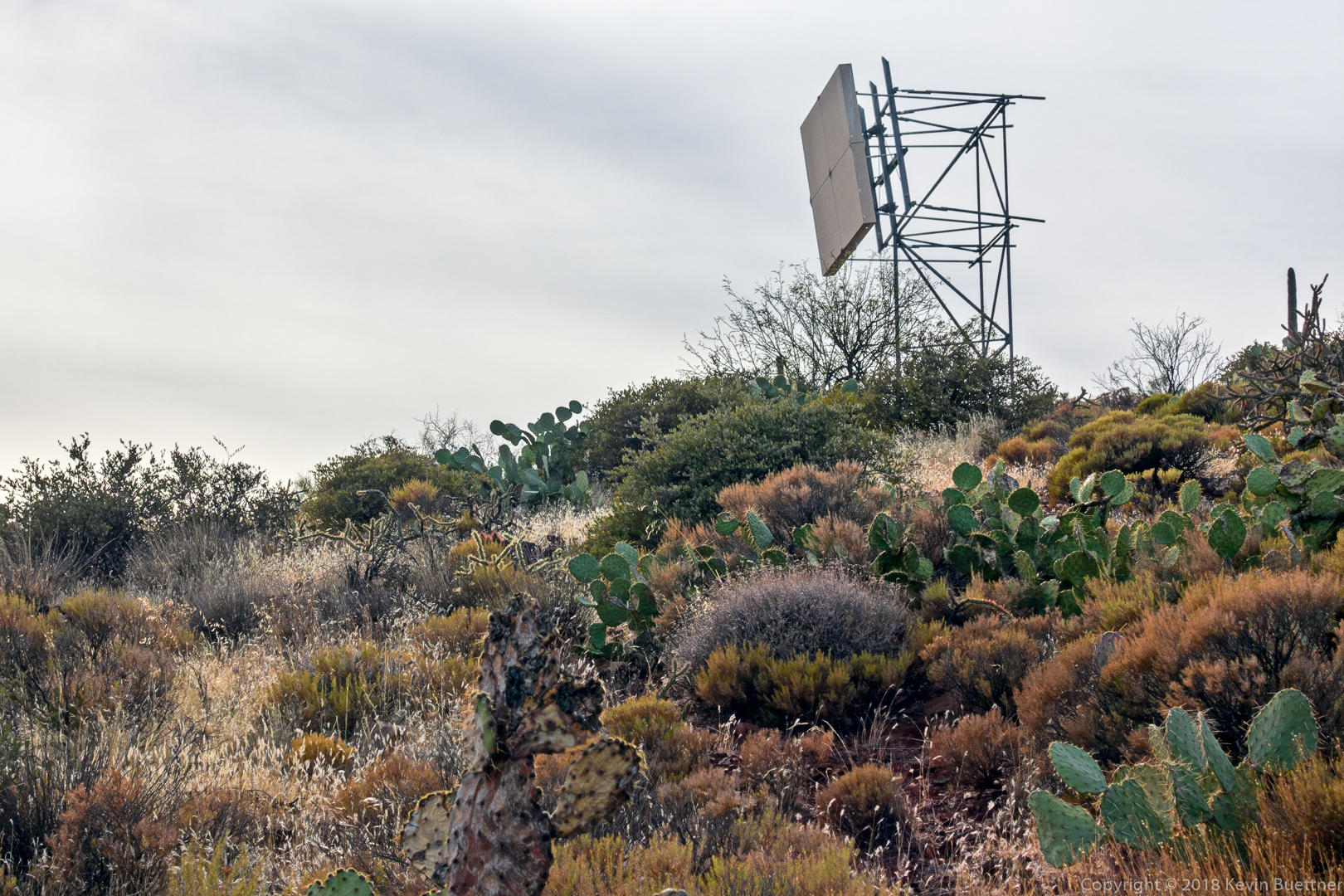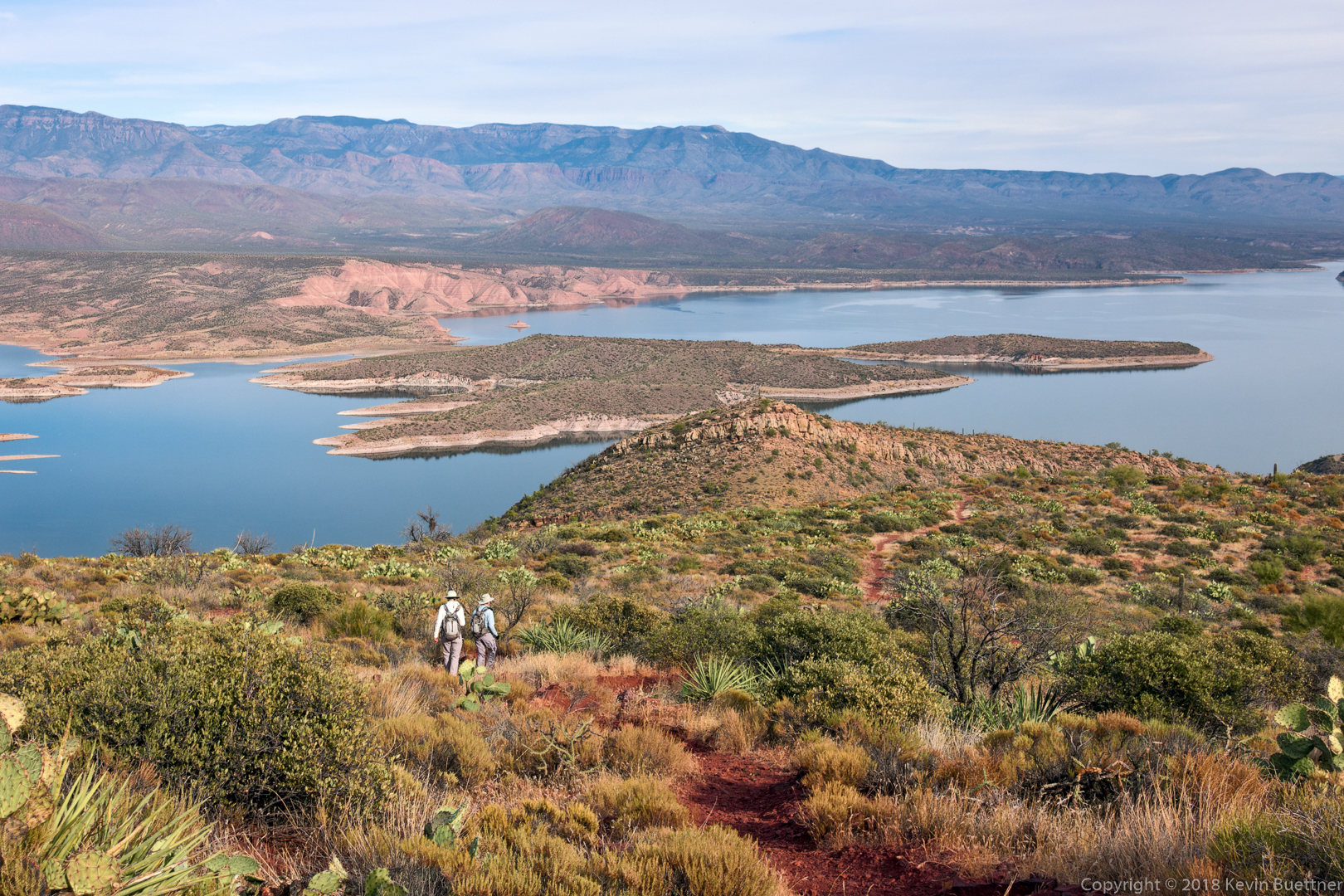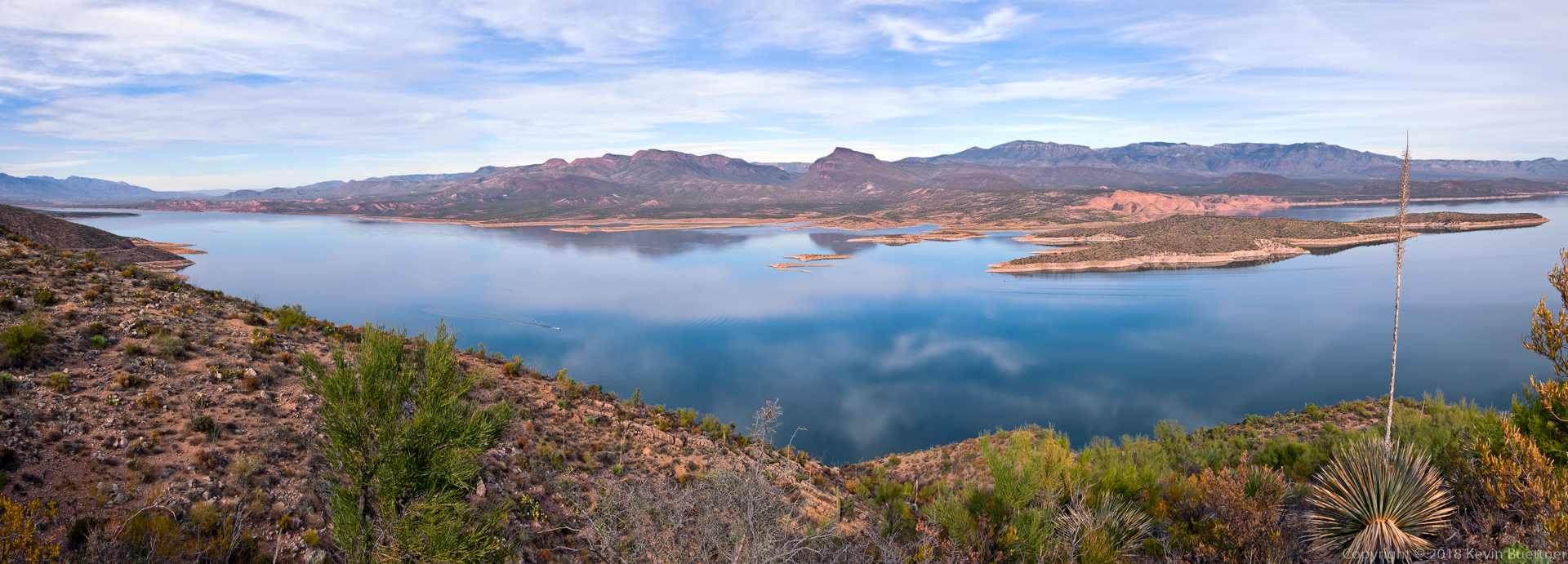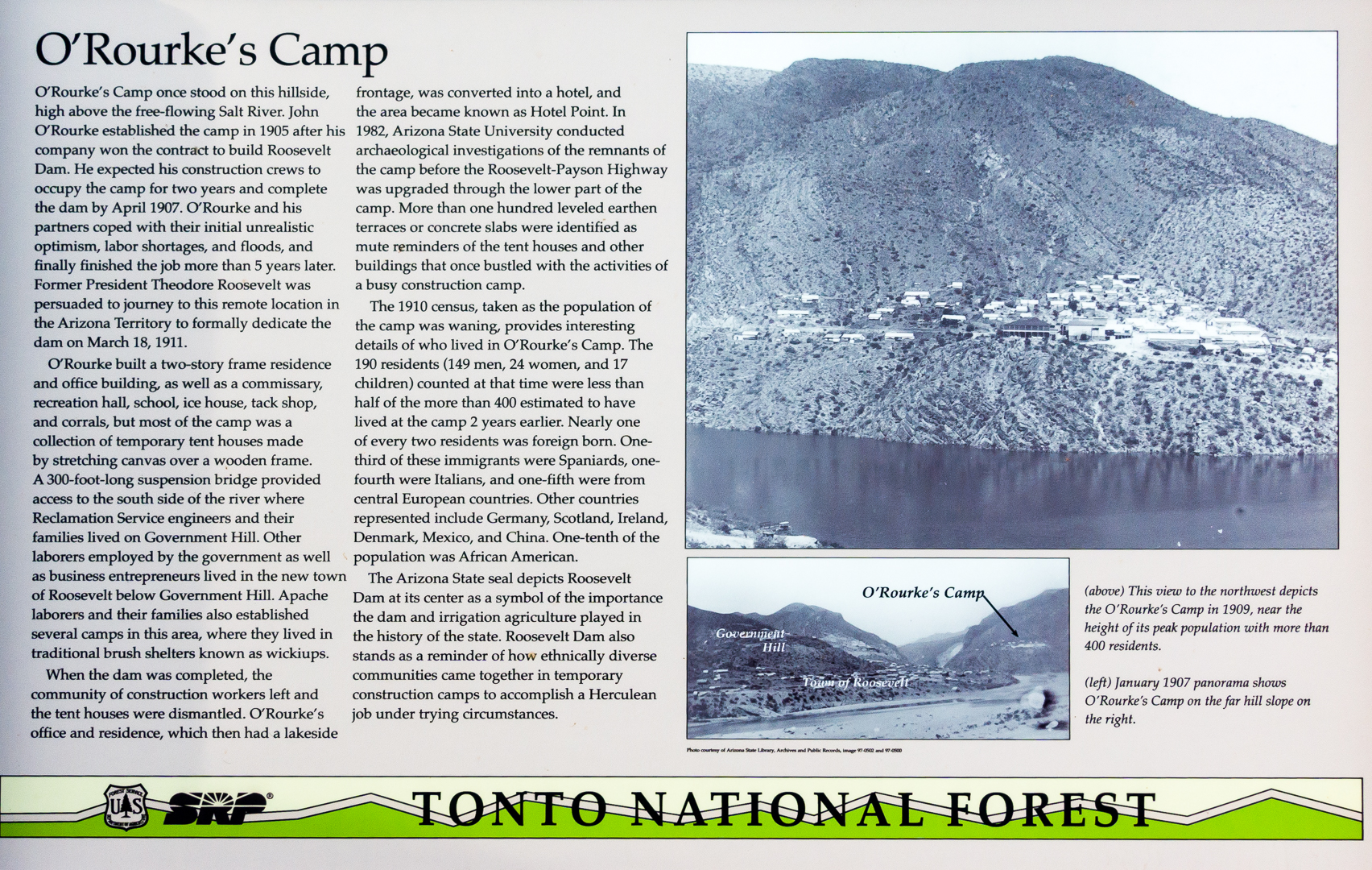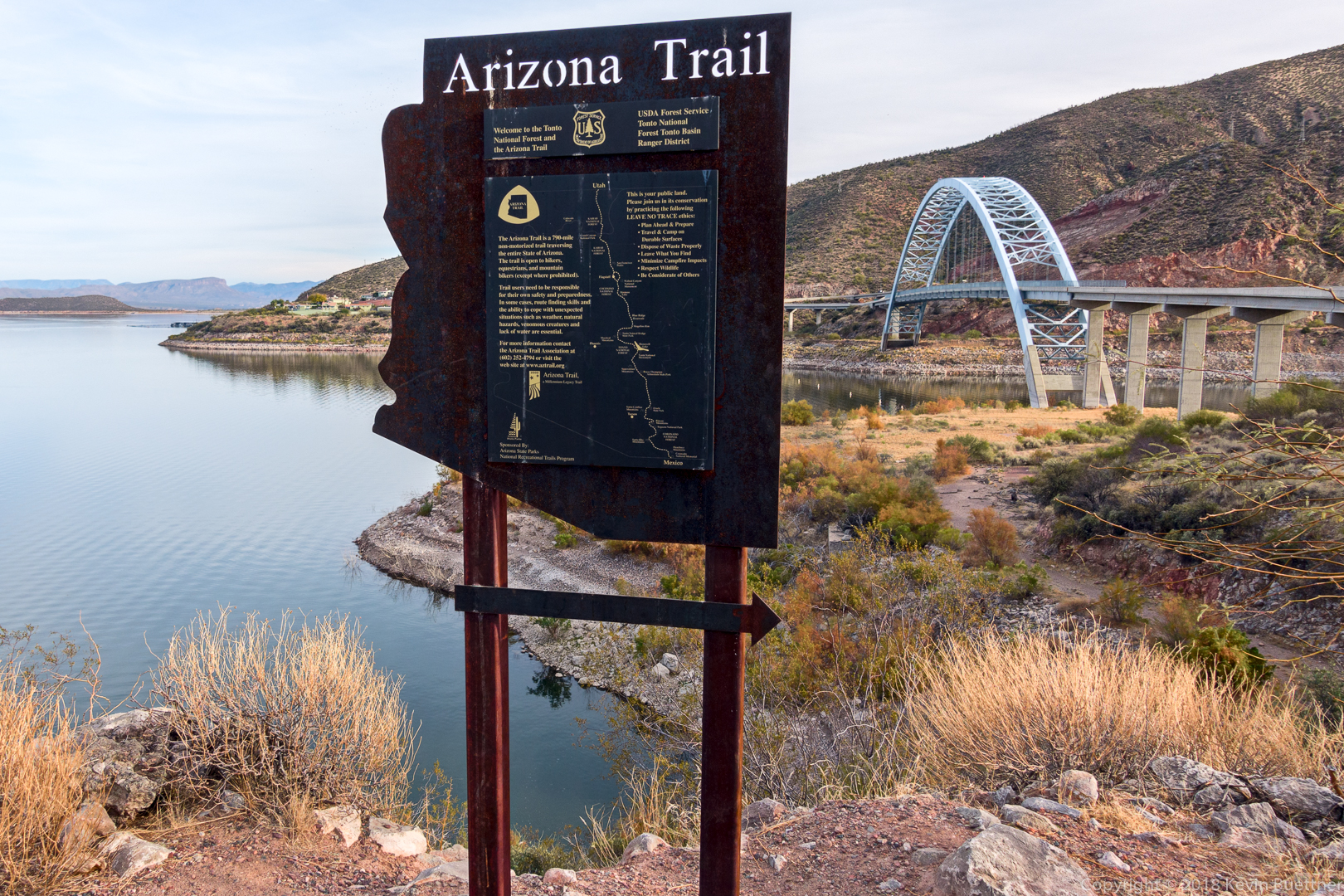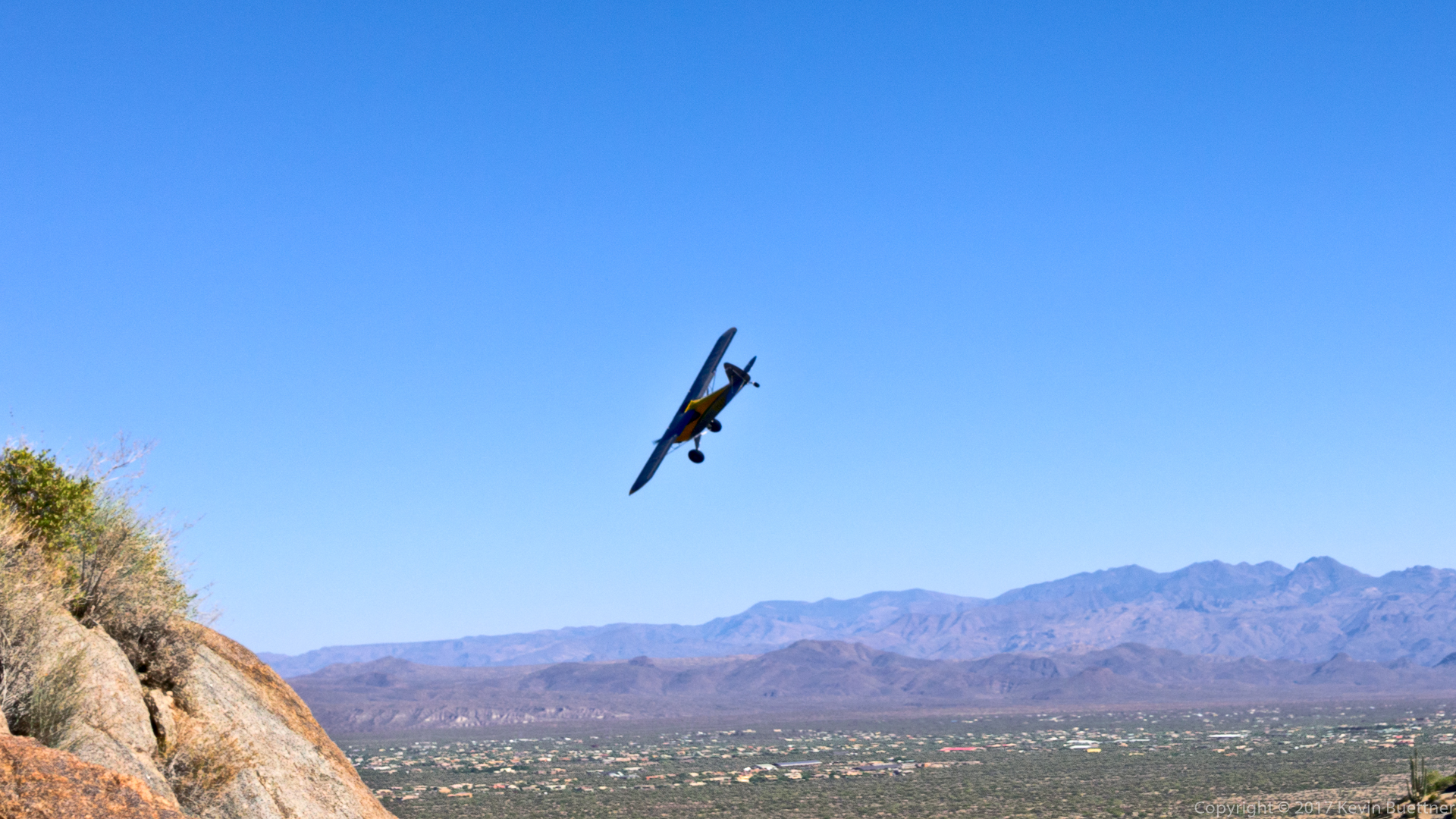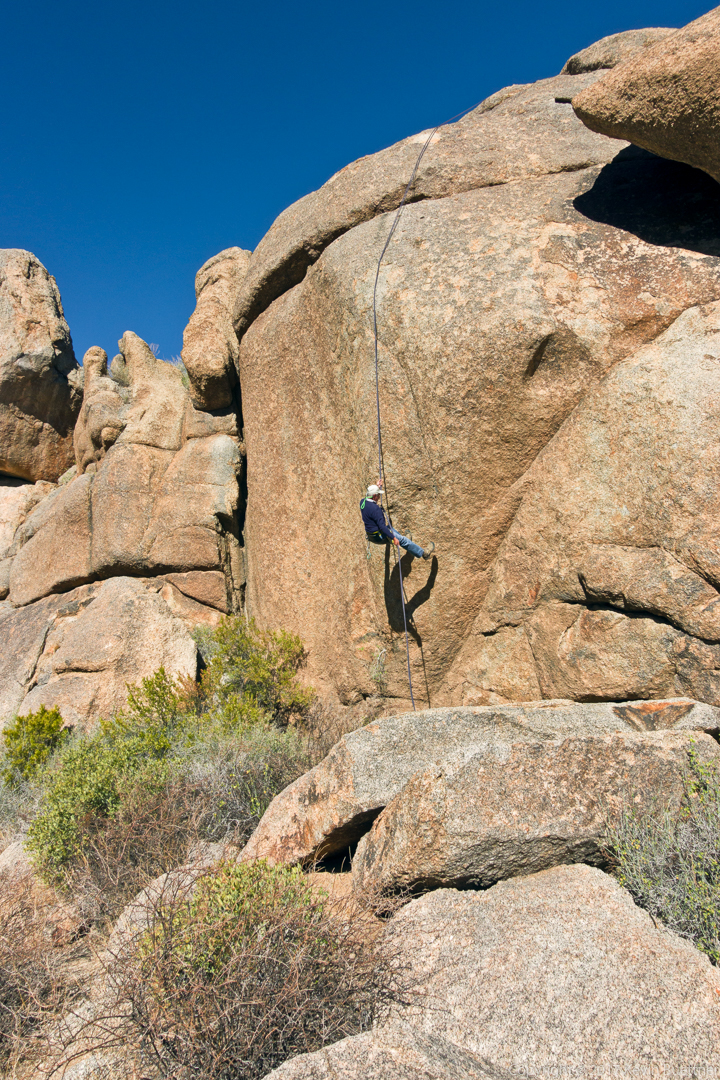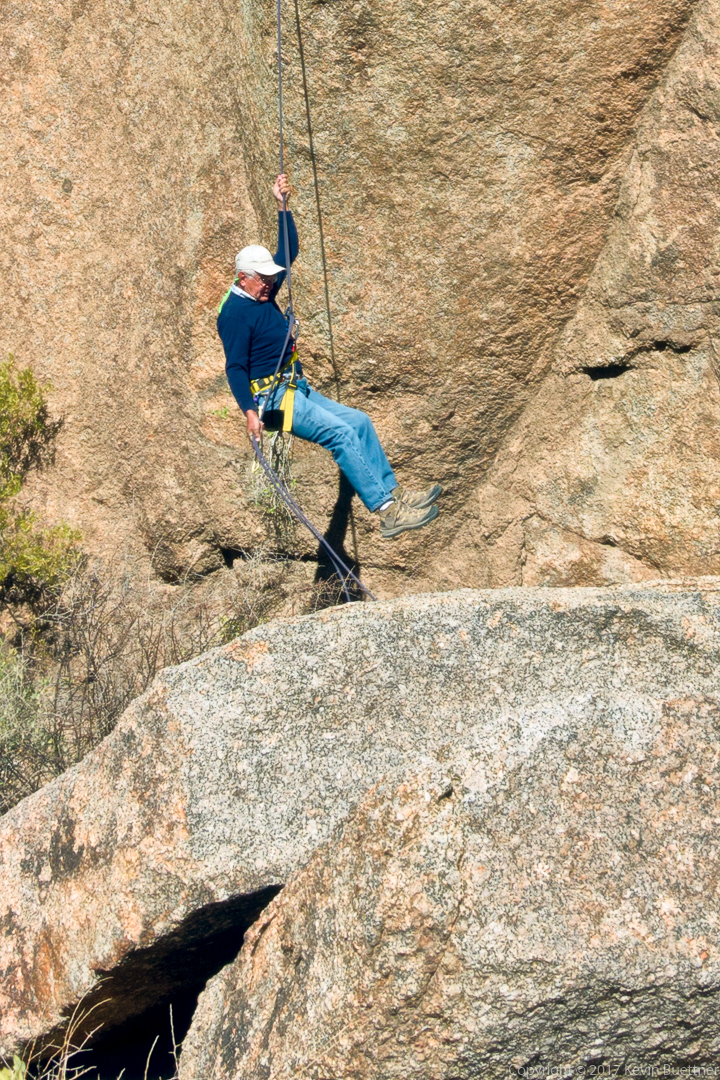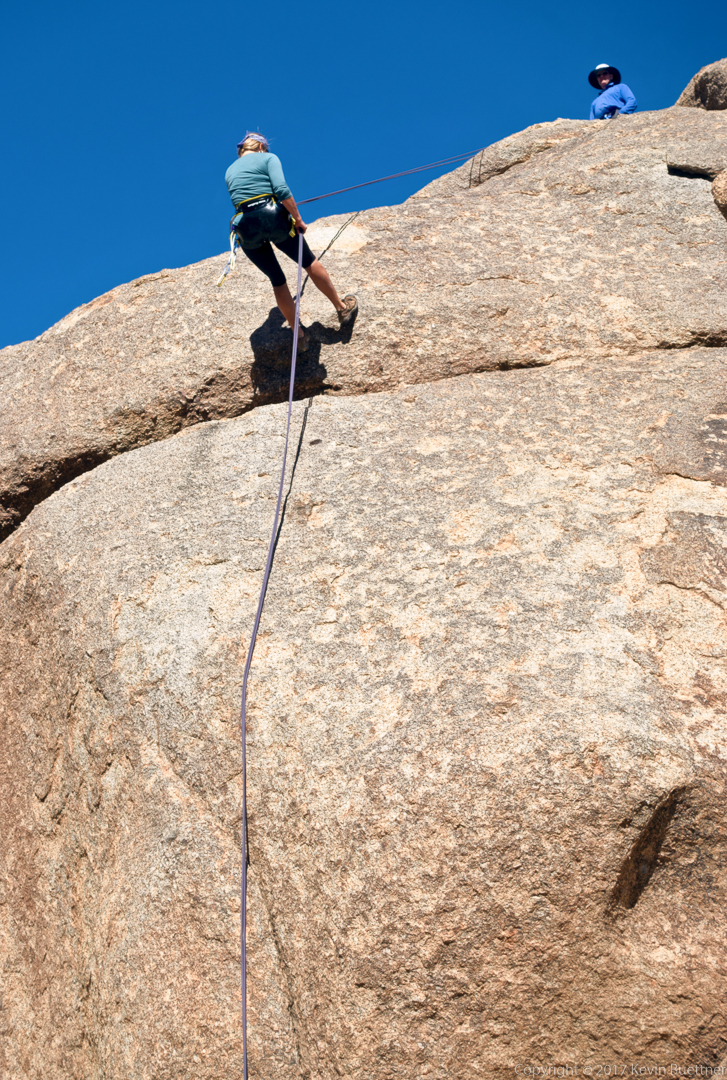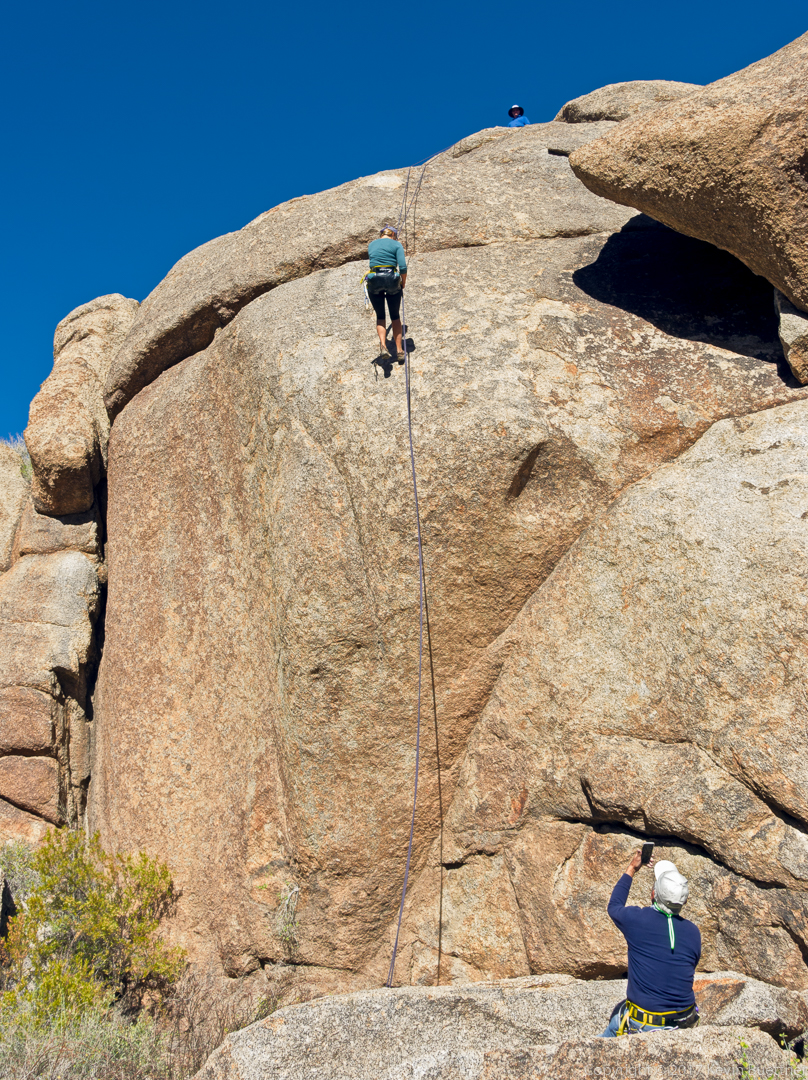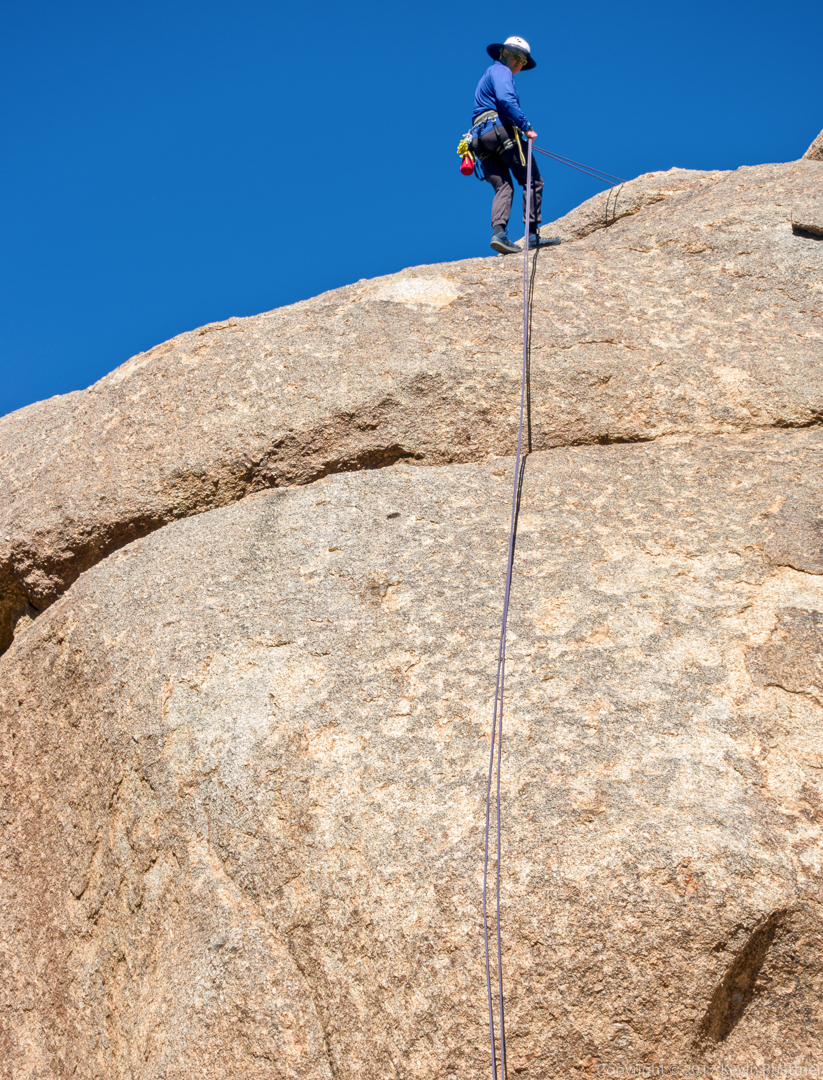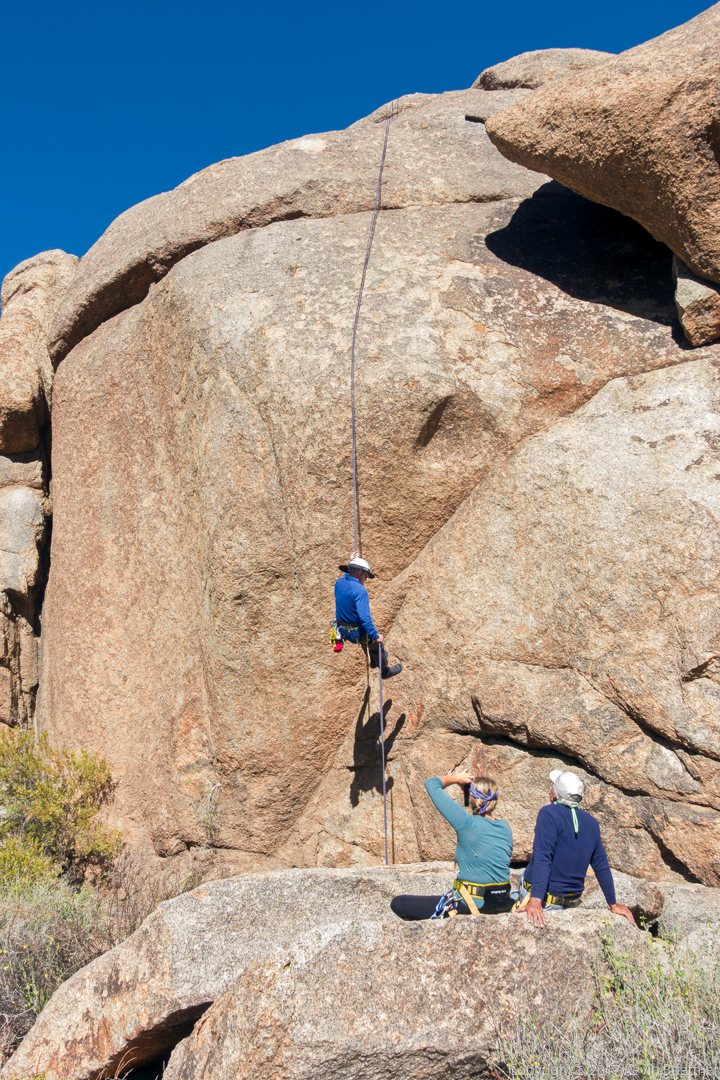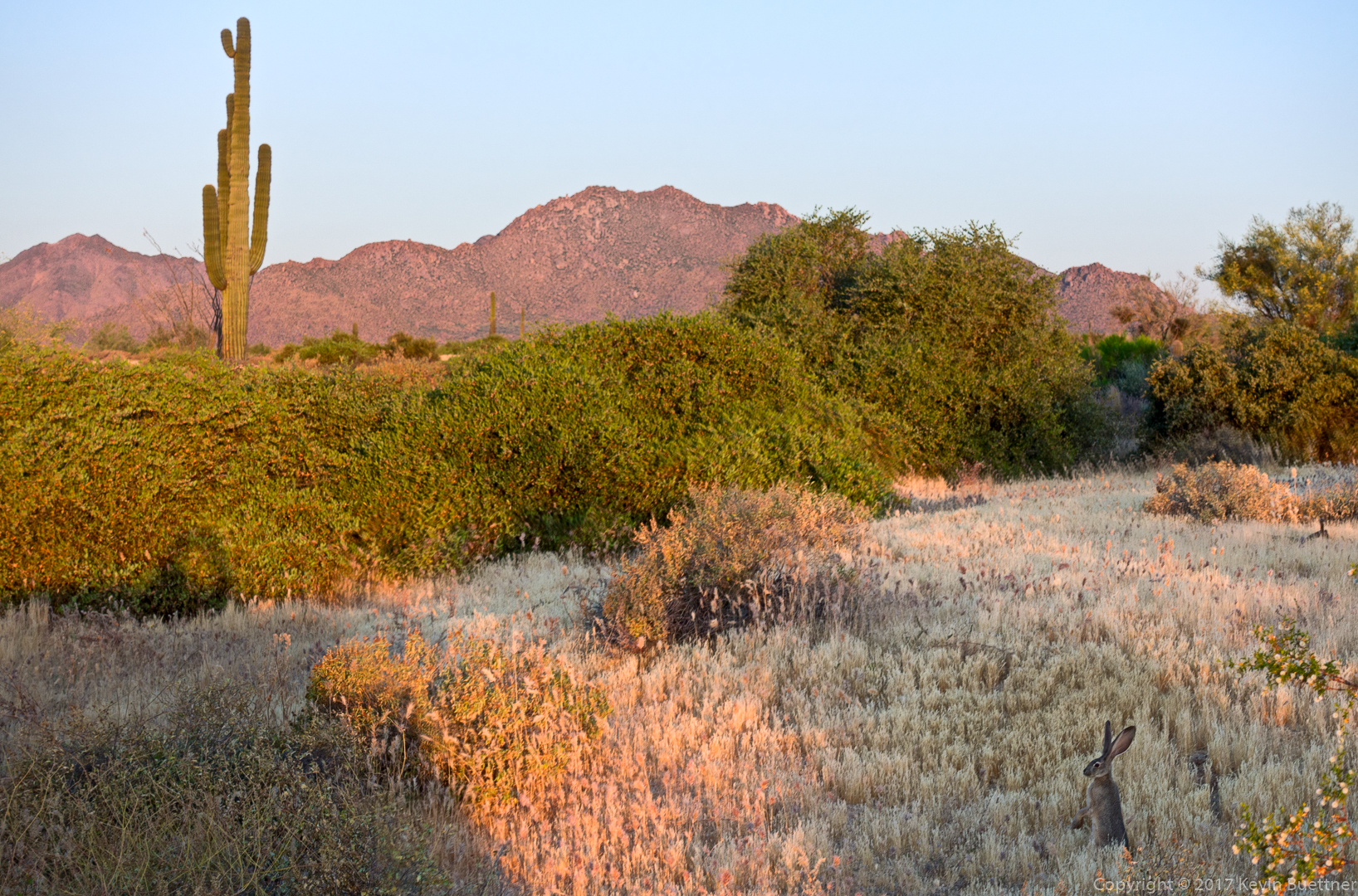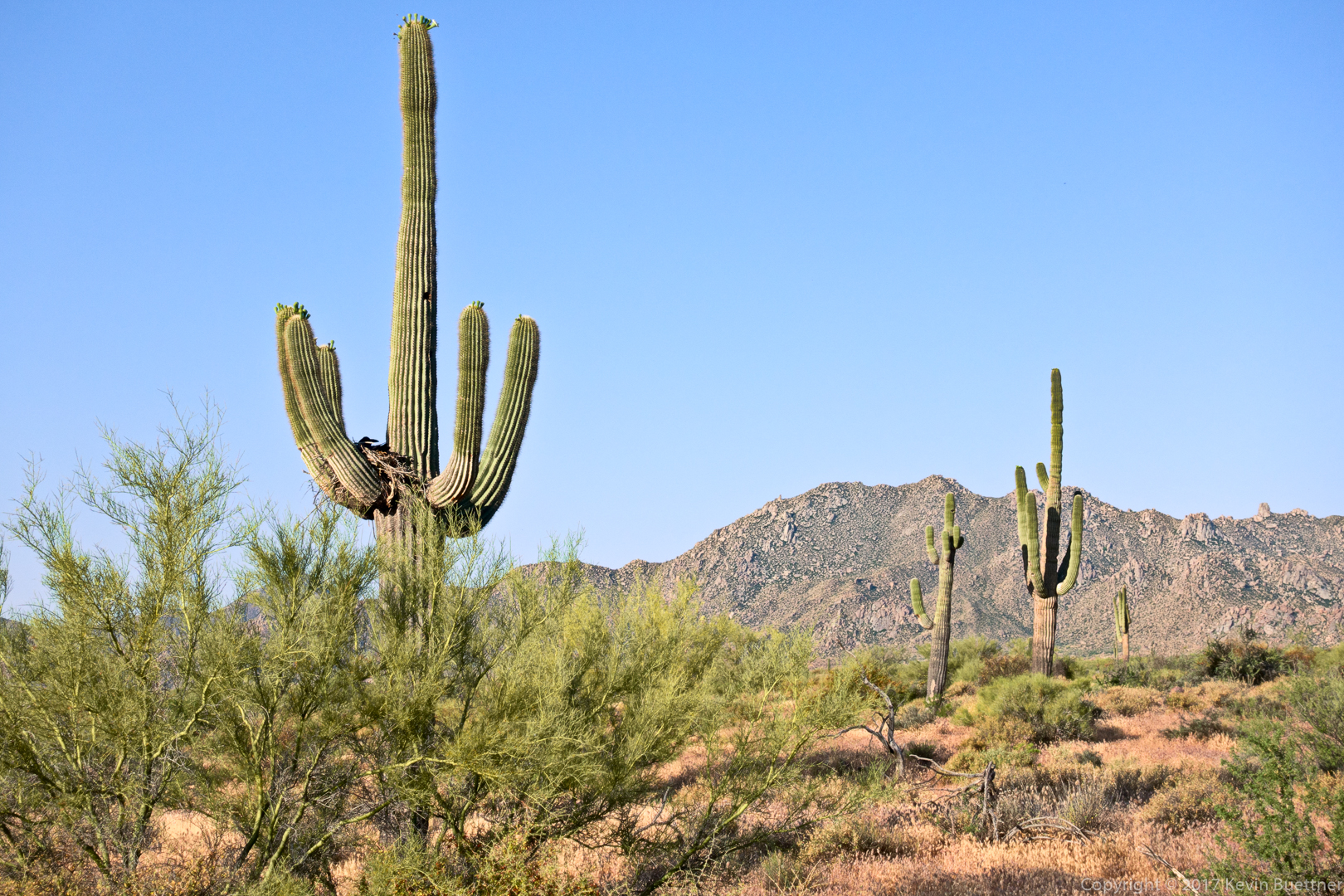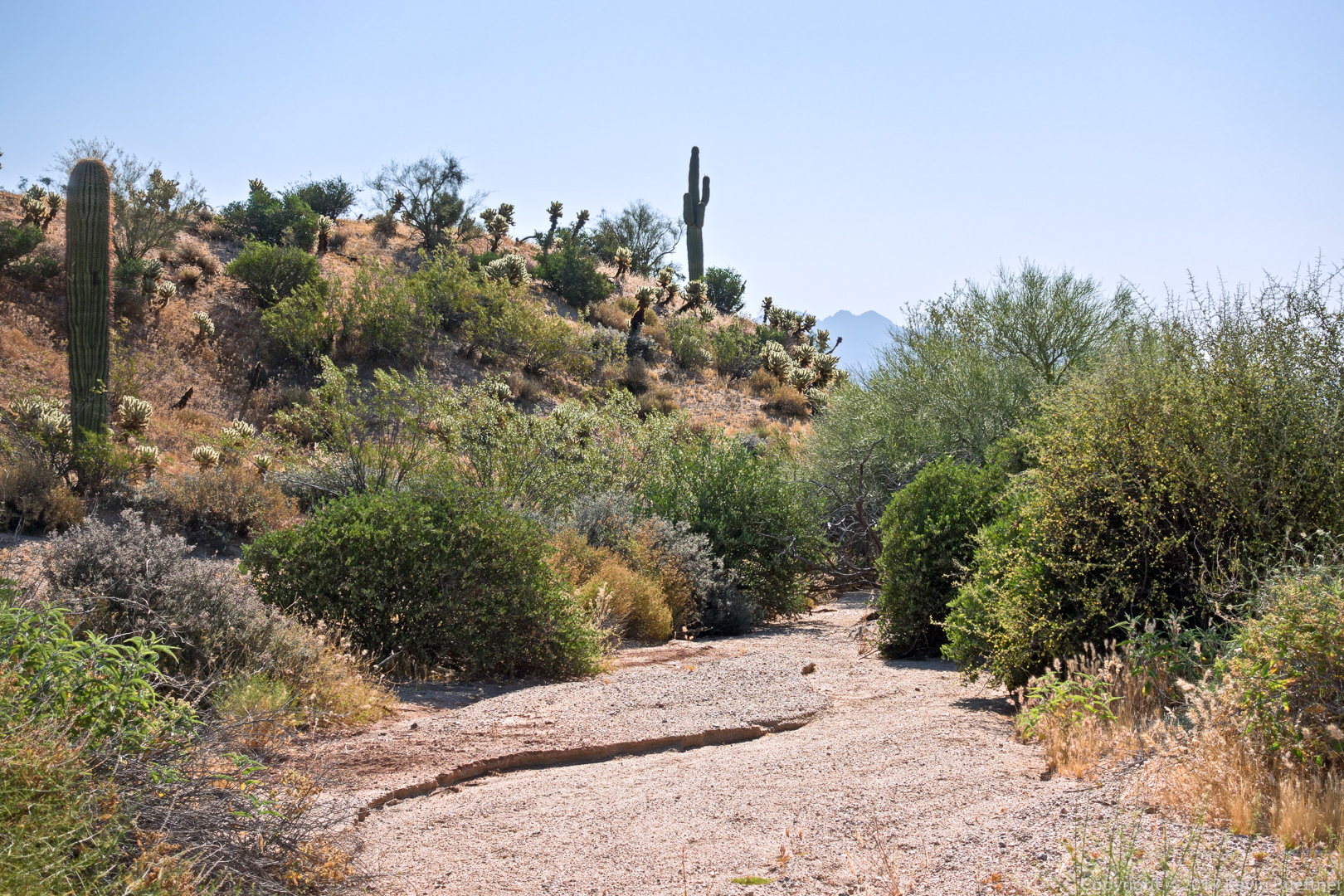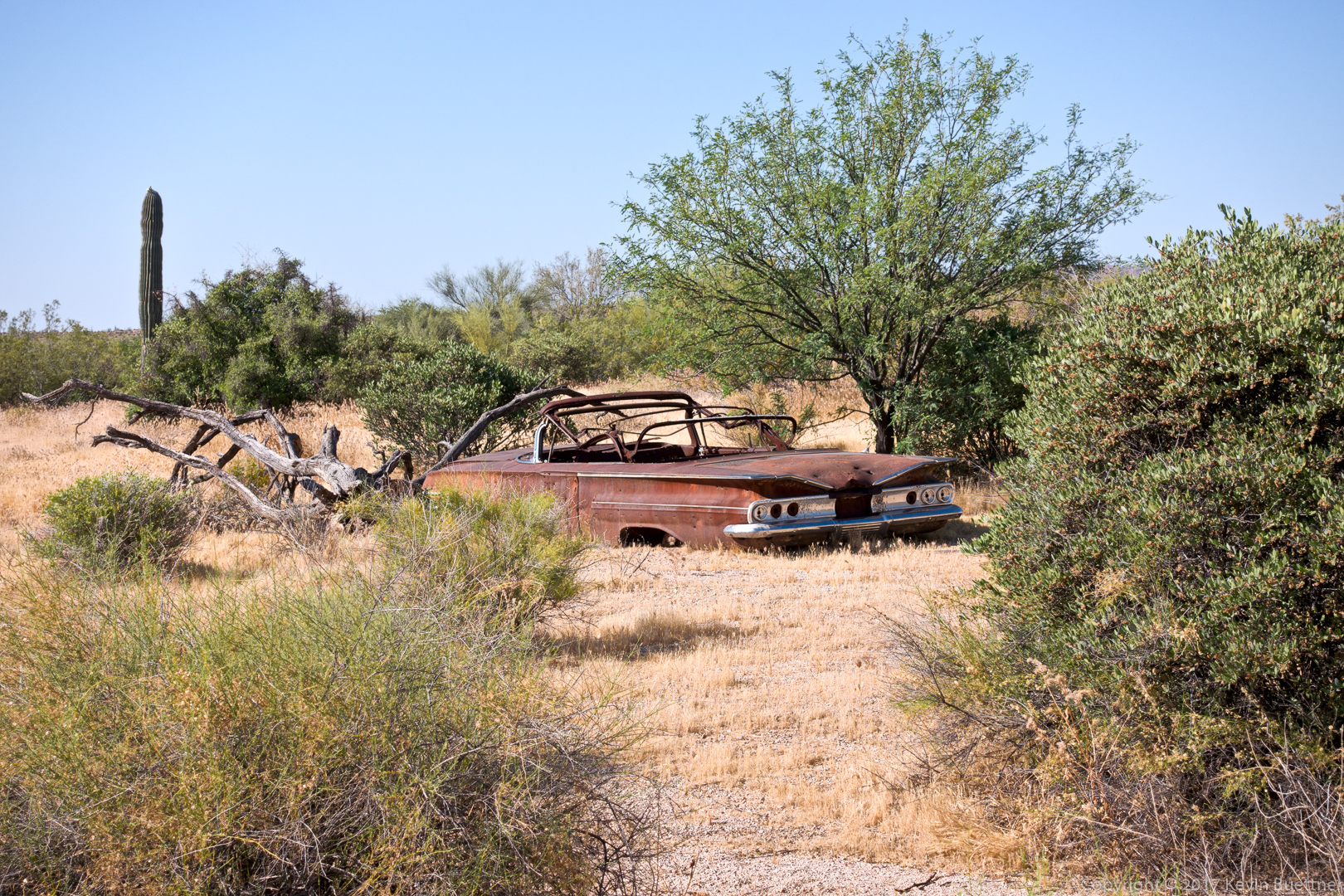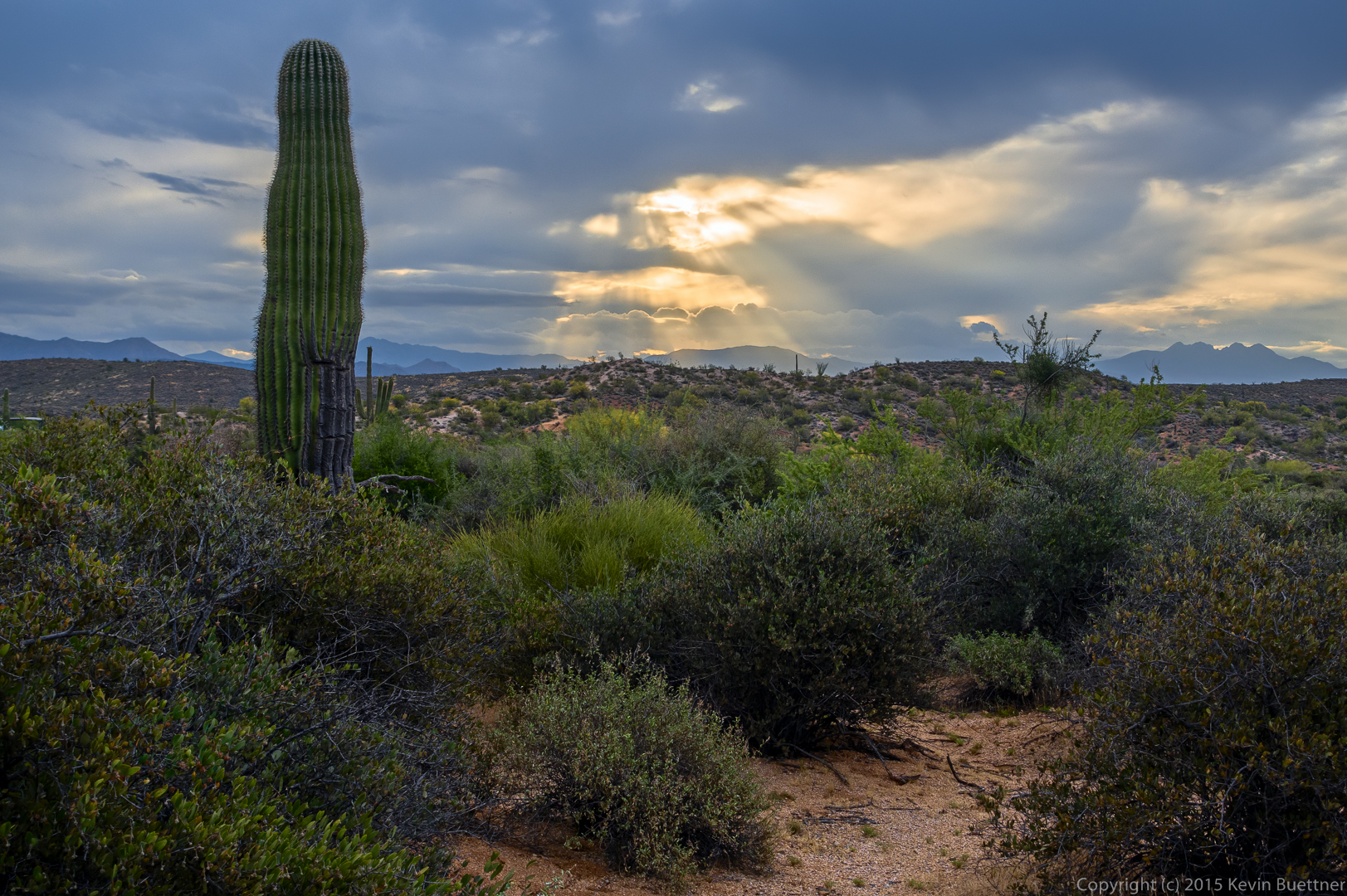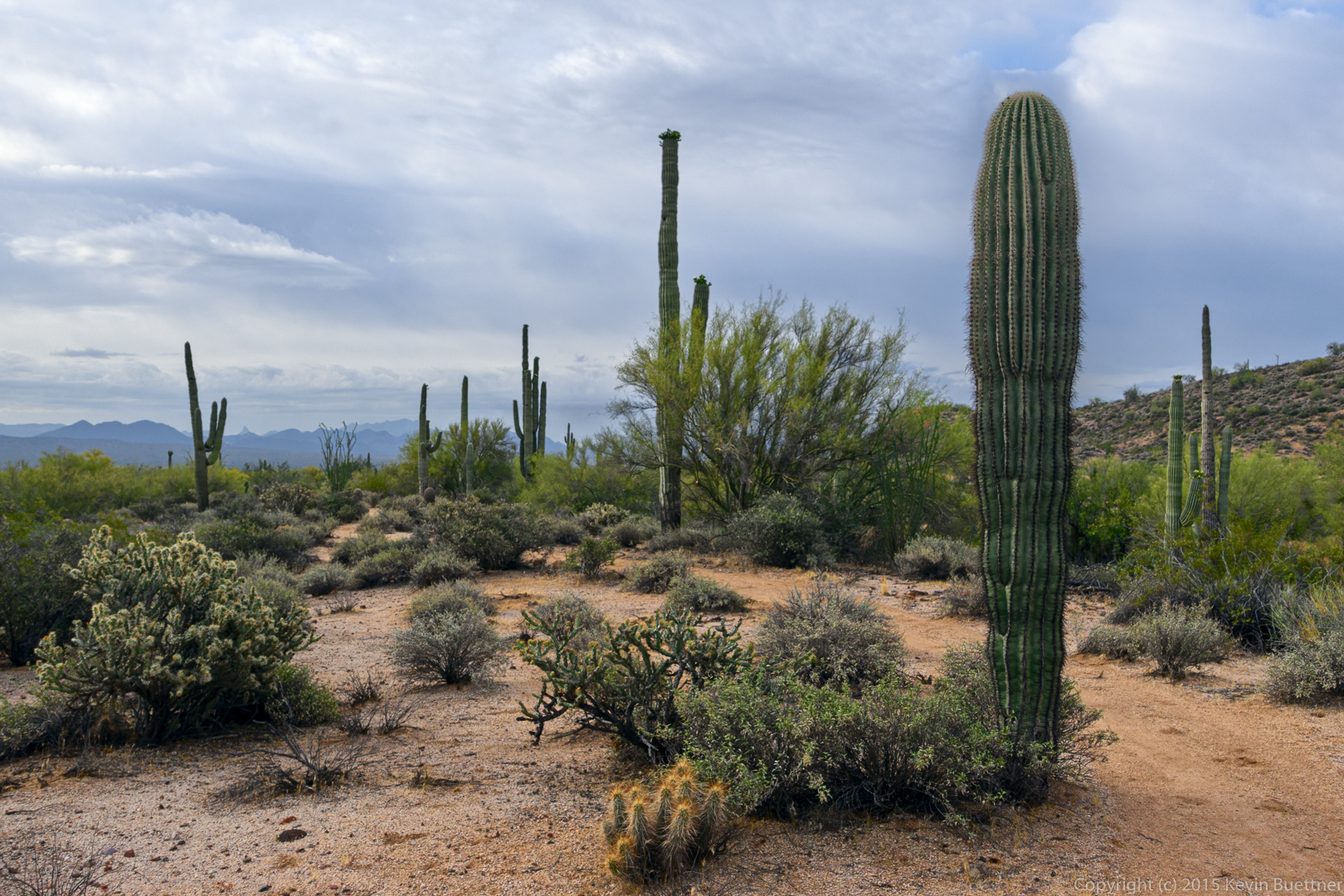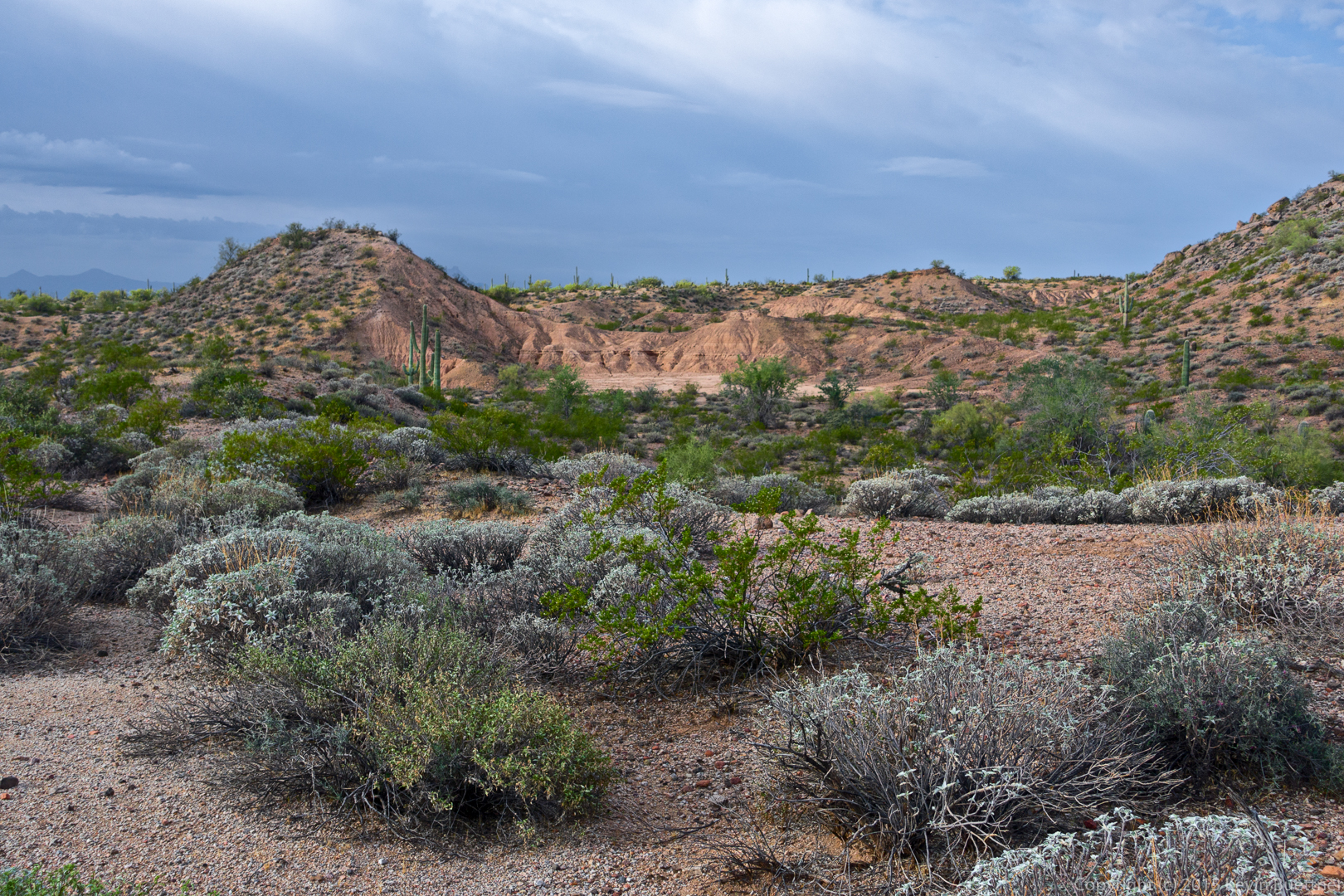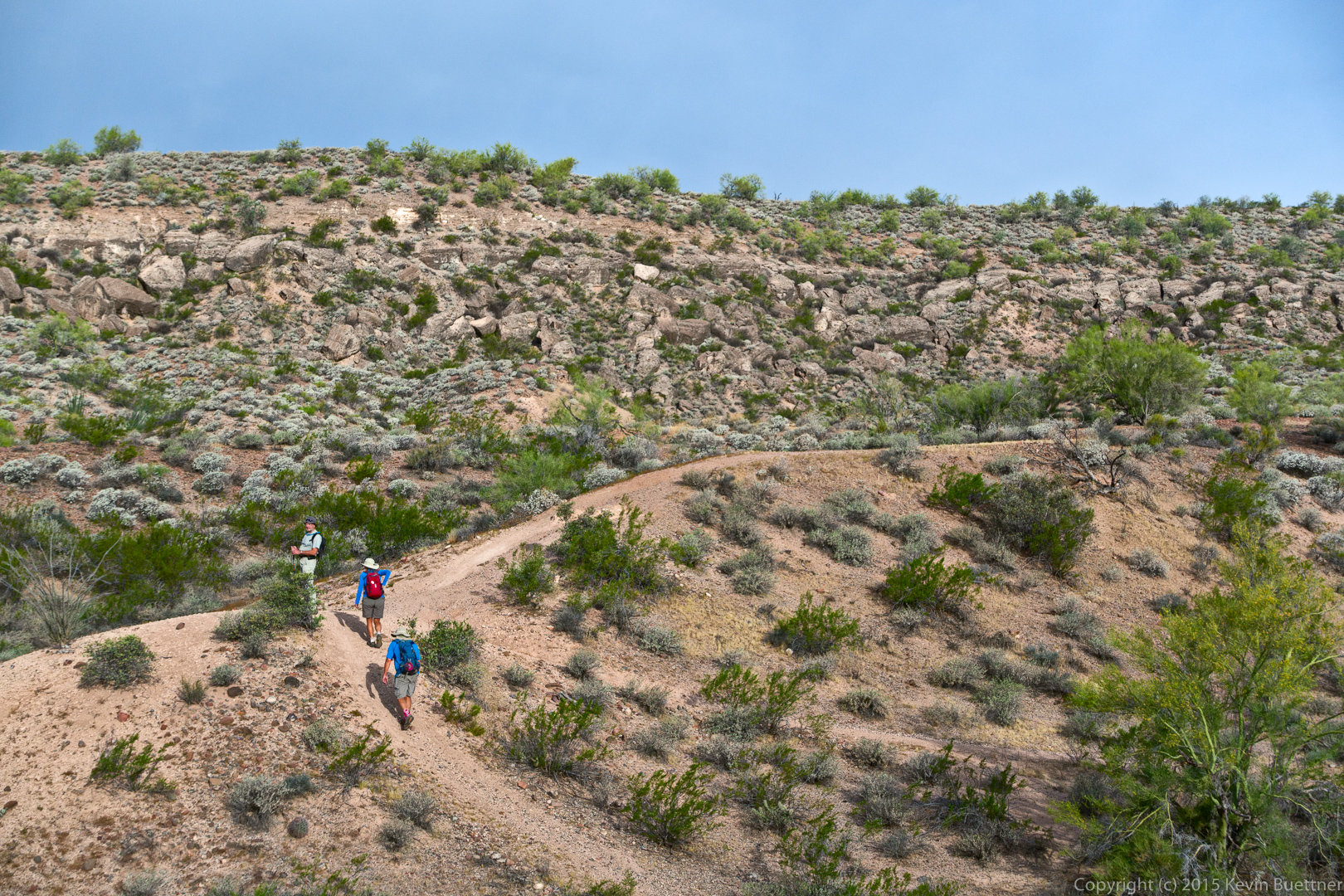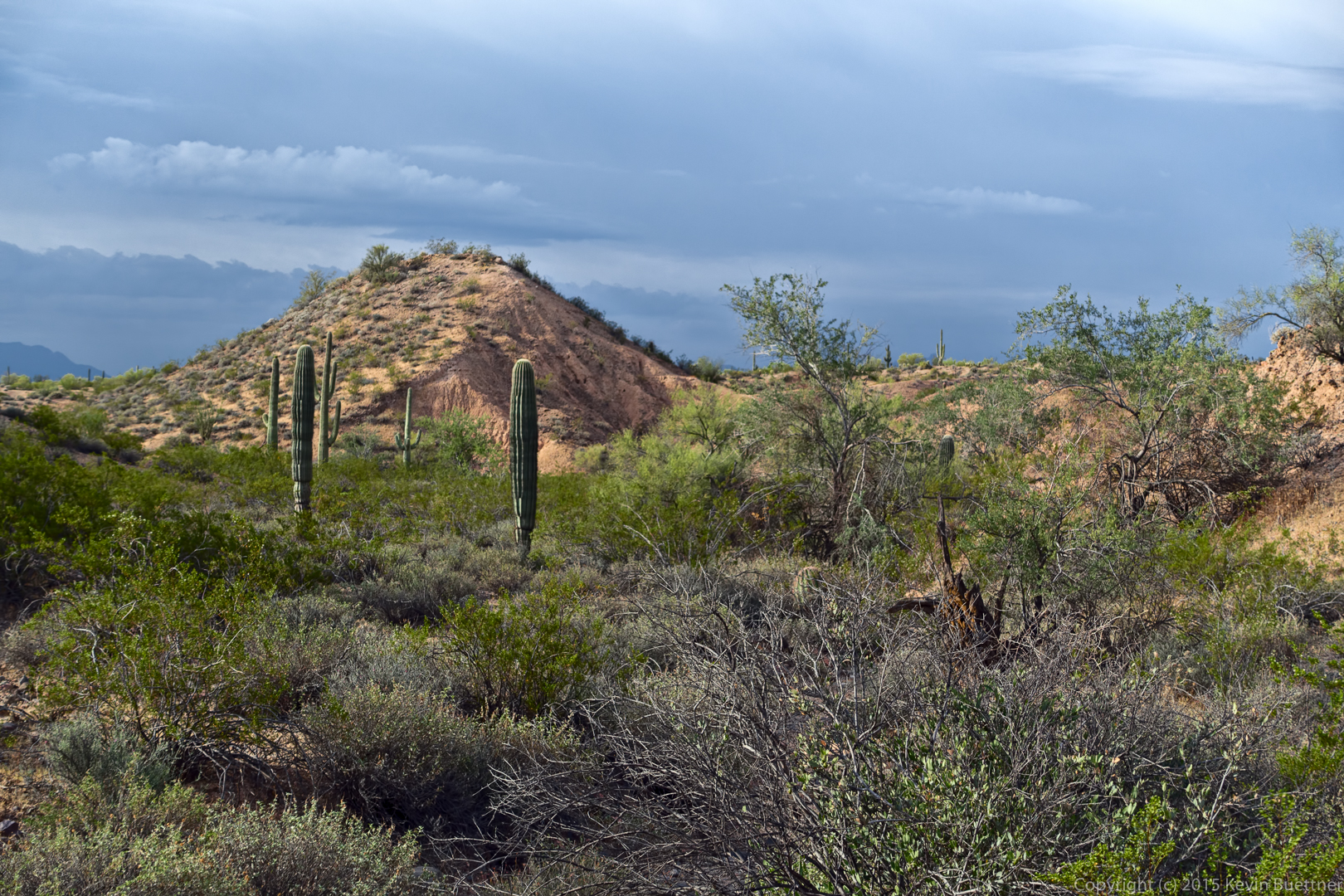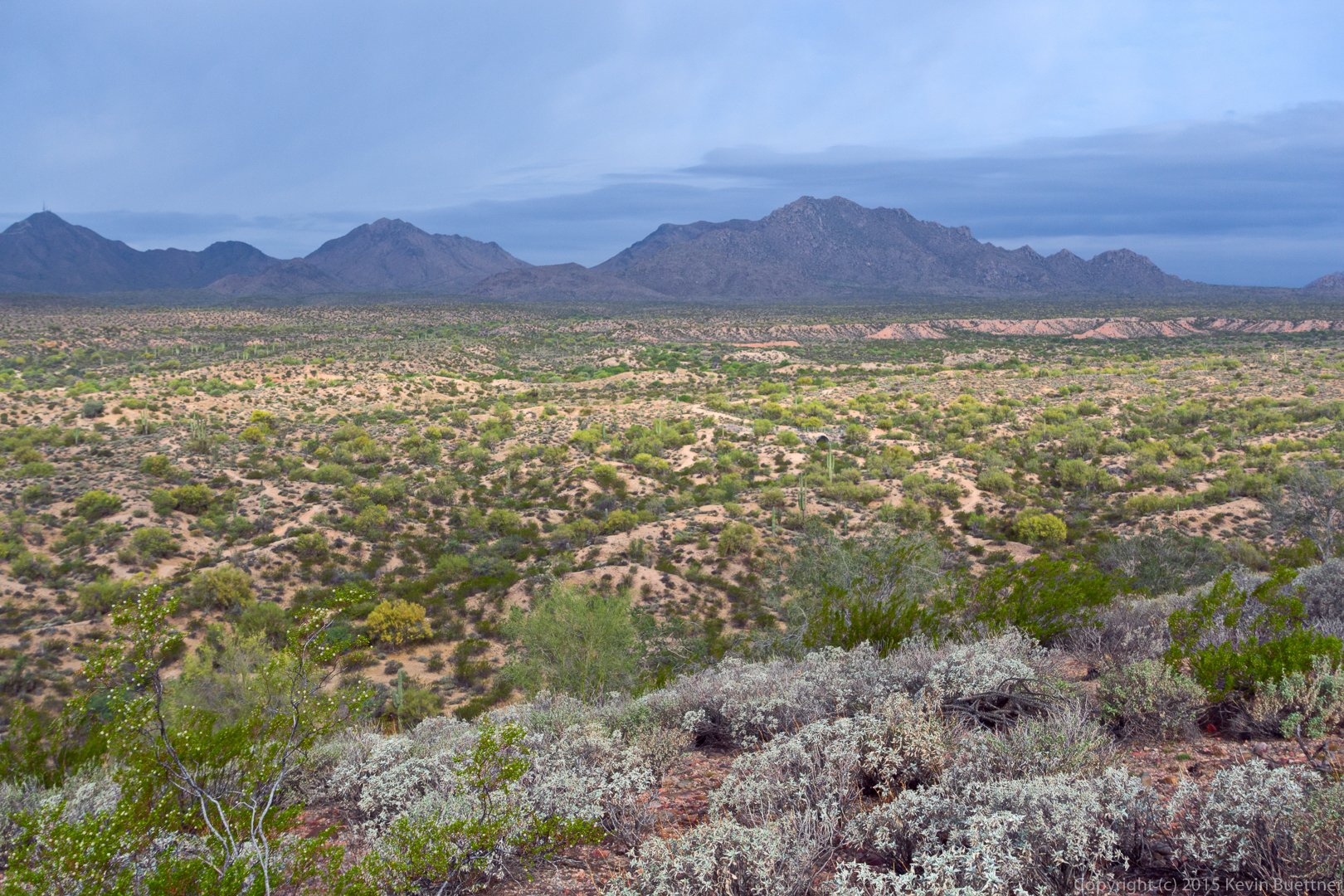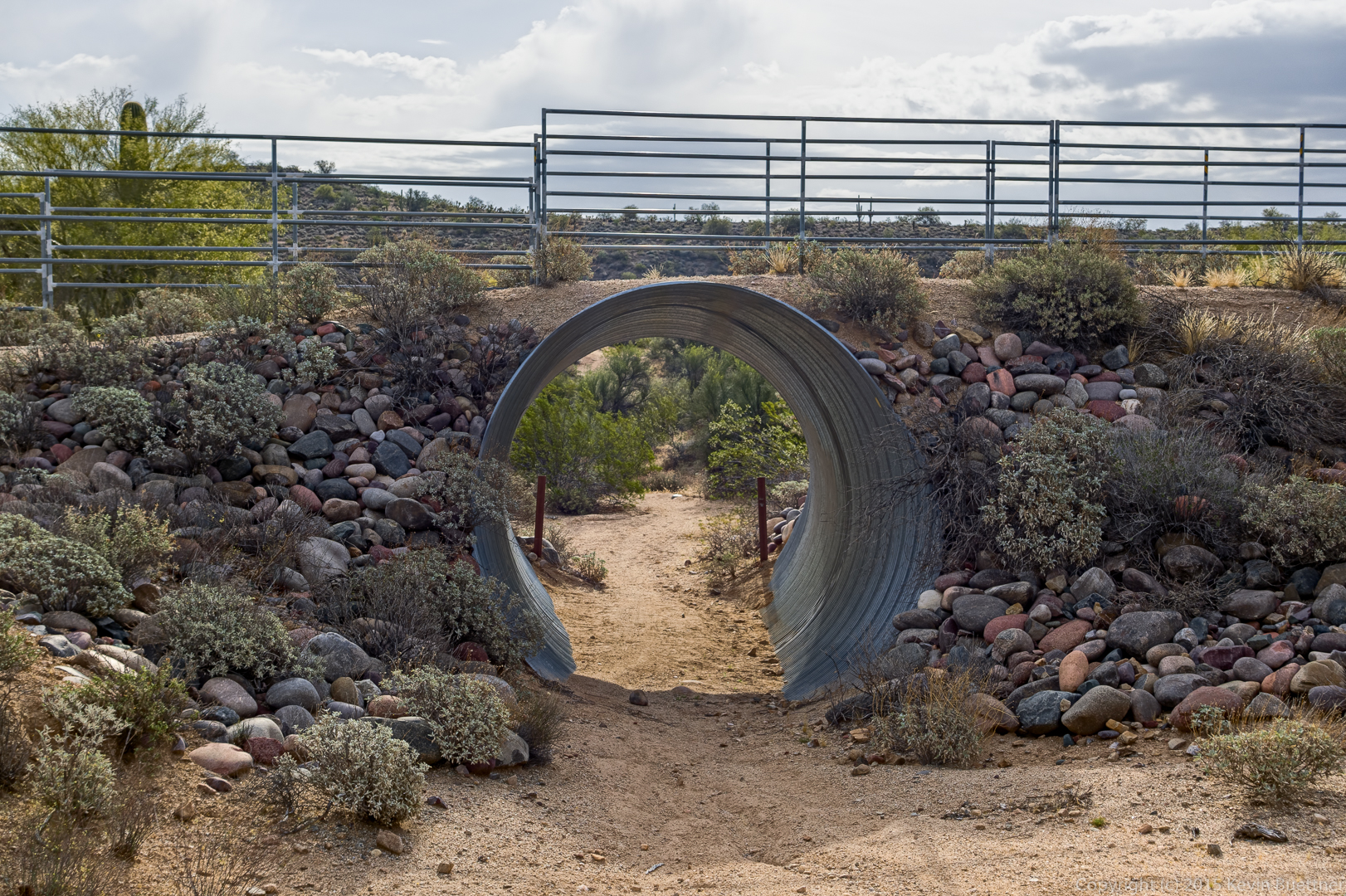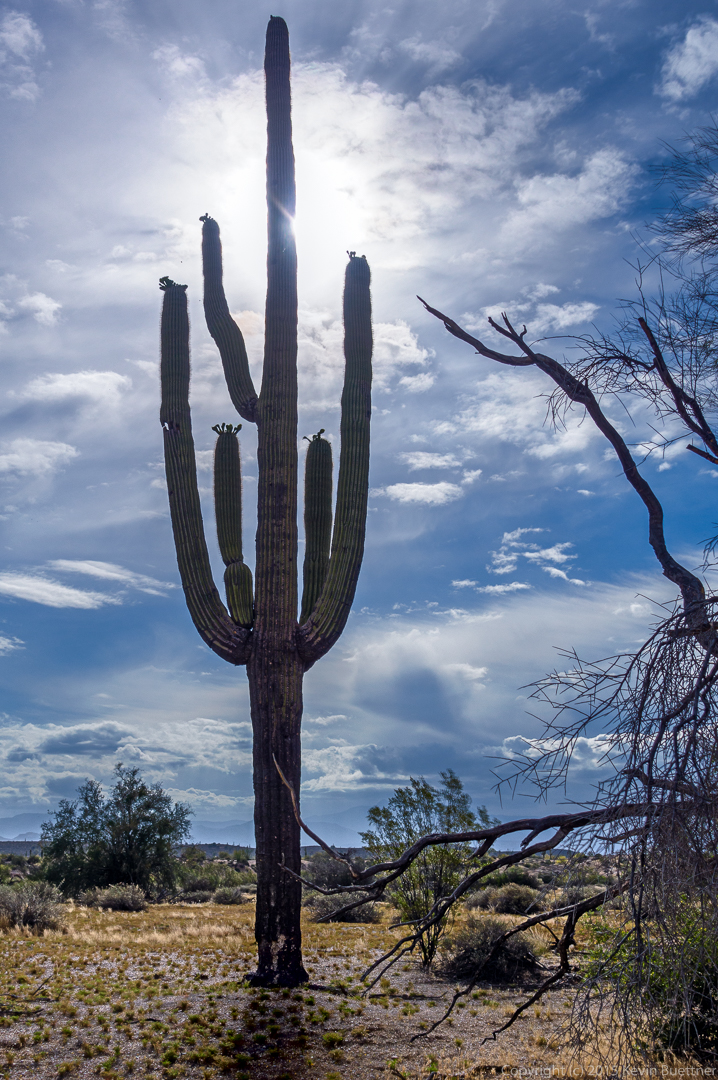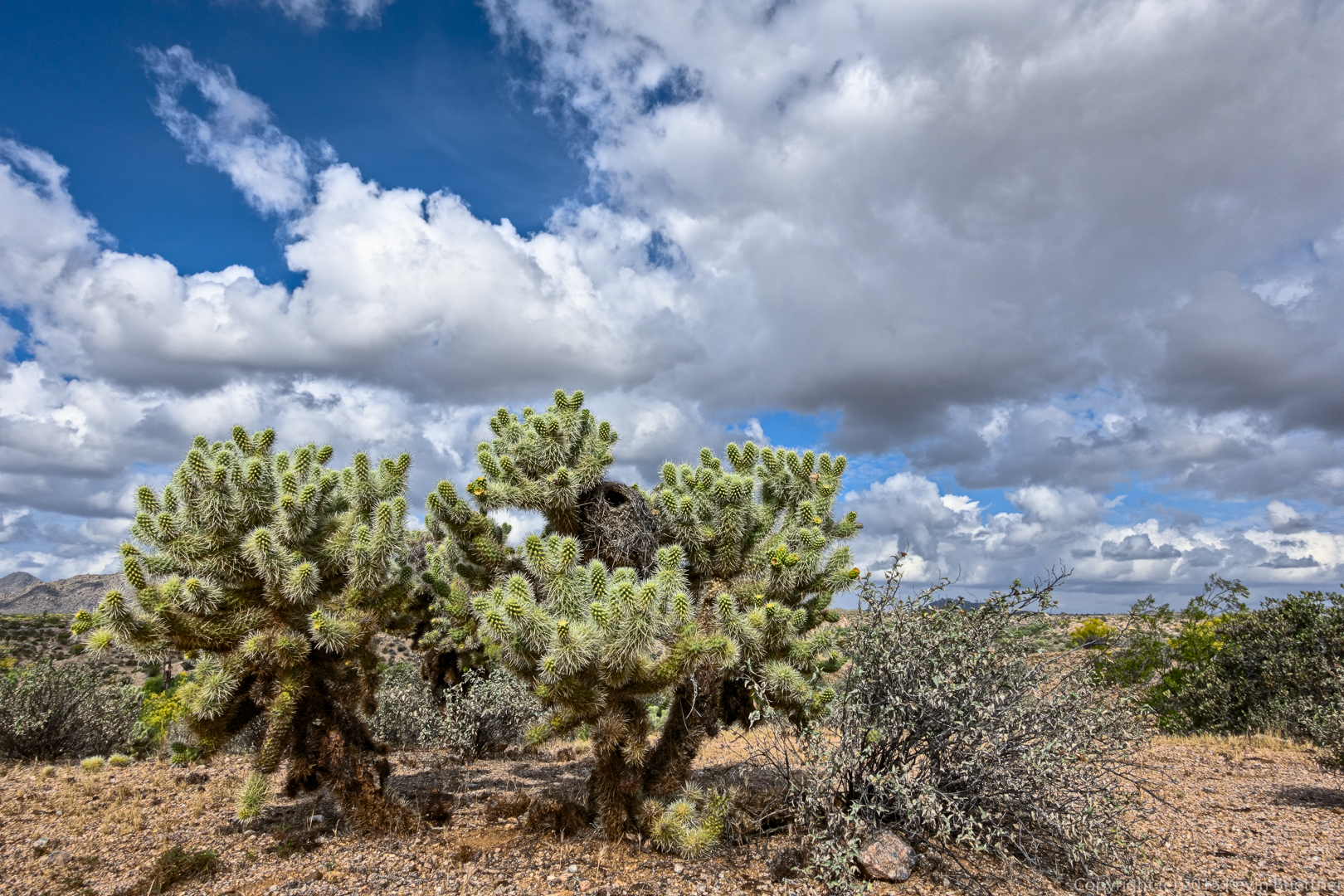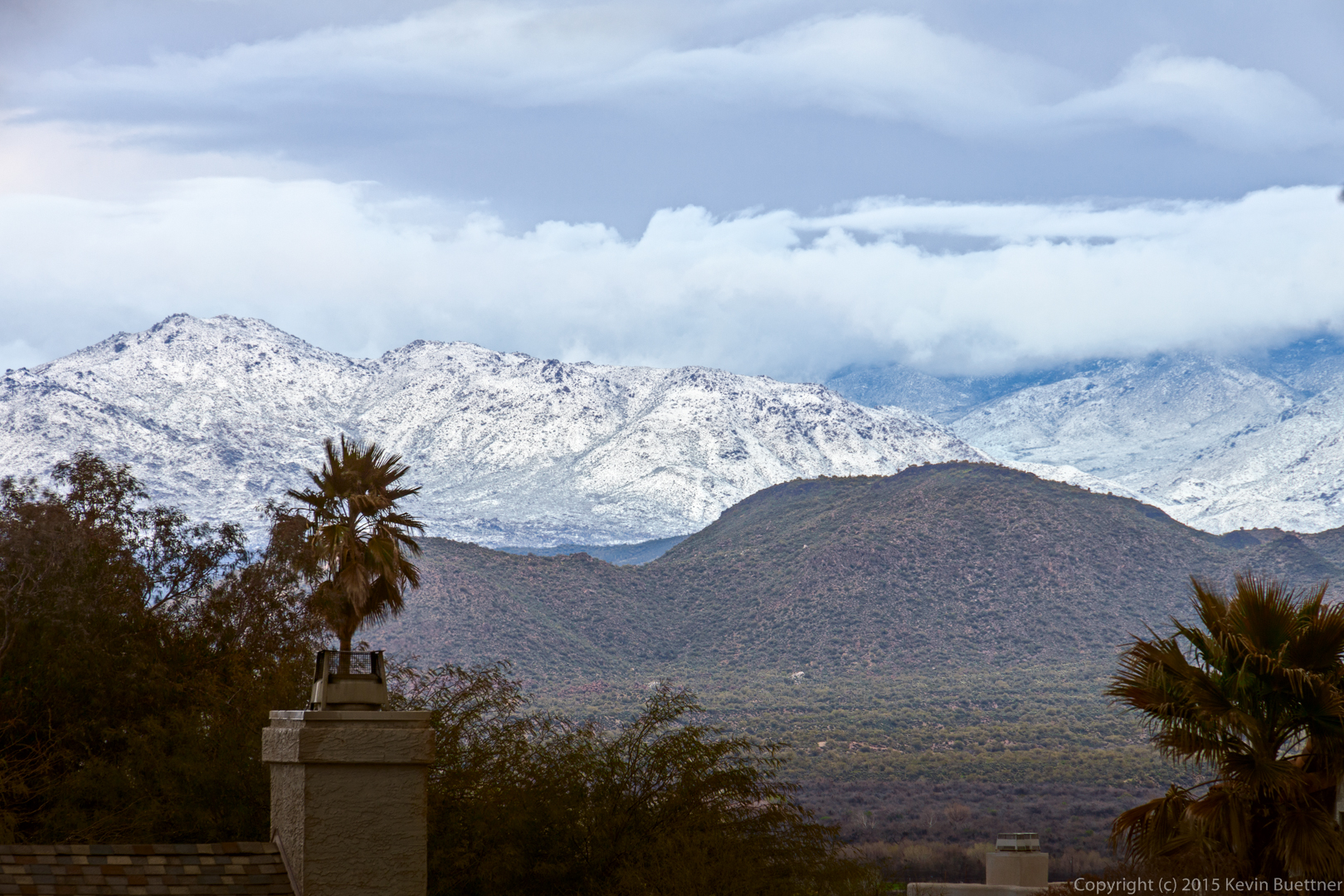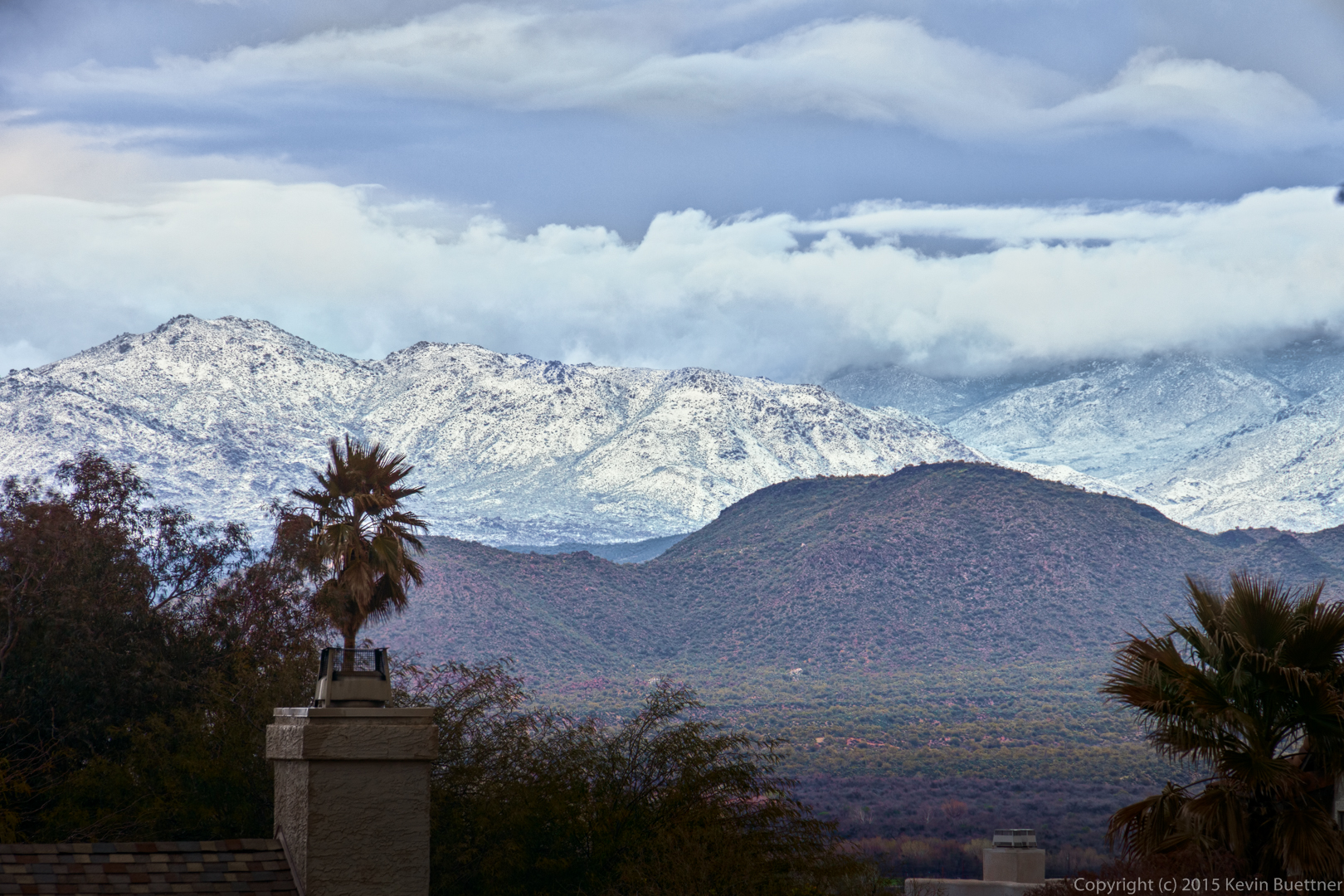Marie, Marilyn, and I hiked the Vineyard Trail starting from the bridge near Roosevelt Dam.
Category: Uncategorized (page 2 of 6)
Bob, Mike, and I hiked a 9.1 mile loop: Pemberton, Lariat, Granite, Stoneman Wash, and back on Pemberton.
Prior to the hike, I noticed this Wolfberry bush. The berries are starting to dry out.
Look for the hare/jackrabbit at the bottom right…
A raven:
Look for the raven nest and raven’s head in the near saguaro:
A view from Stoneman Wash:
The car in Stoneman Wash:
I’m revisiting photos that gave me trouble in the past. I used tone mapping in my original attempt and also failed to correct the blue cast.
Another edit – I used different techniques for this one. In the one above, I used ALCE to add contrast. In the one below, I removed the lens profile corrections, skipped channel blending, but used luminosity masked curves early on to improve contrast. For the edit below, I used some mild settings in Topaz Adjust to enhance localized contrast. I also burned the bottom and corners and decreased the saturation of those areas too.
Everything about the Dali museum is surealism magnified. Wild stuff, but interesting.
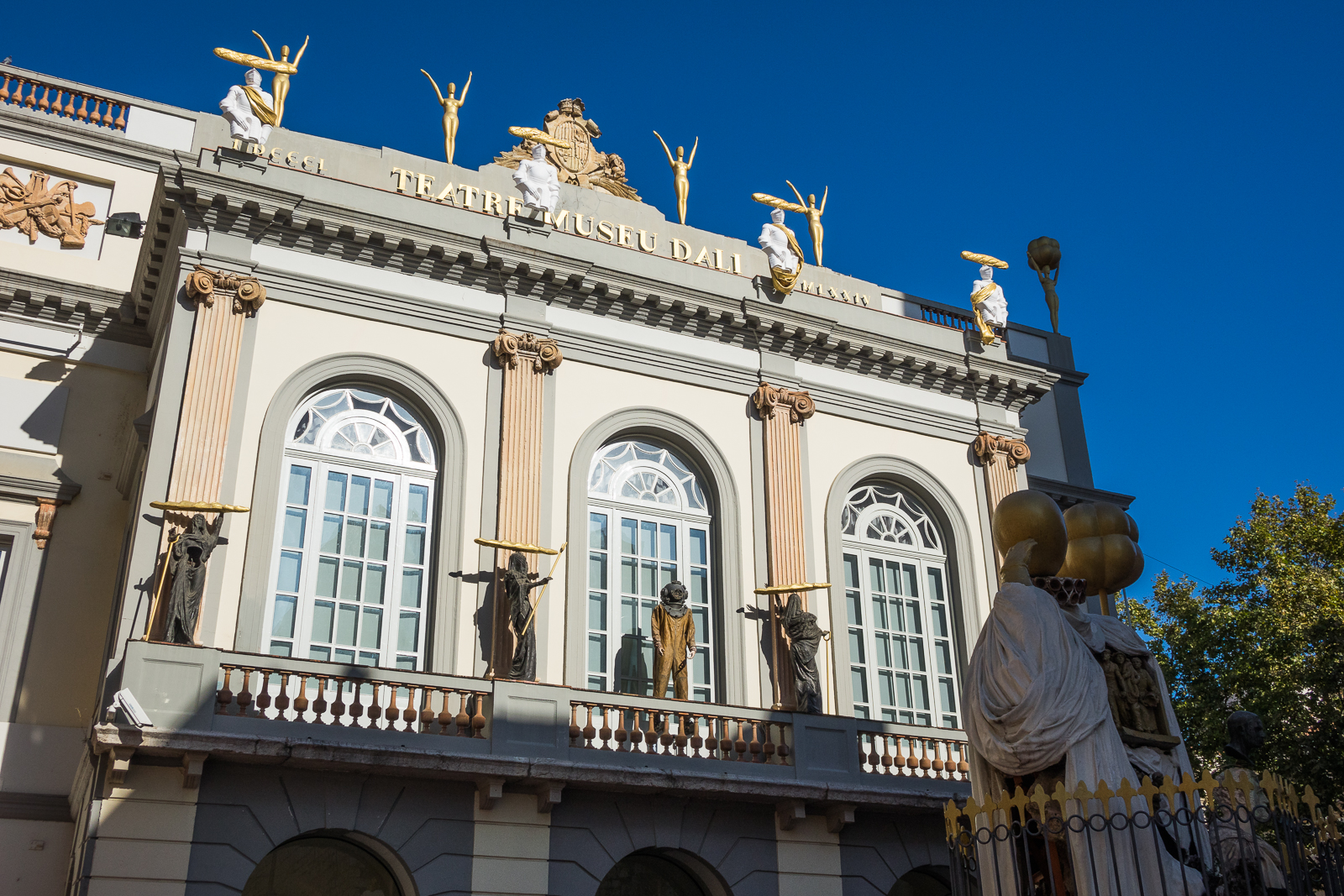
”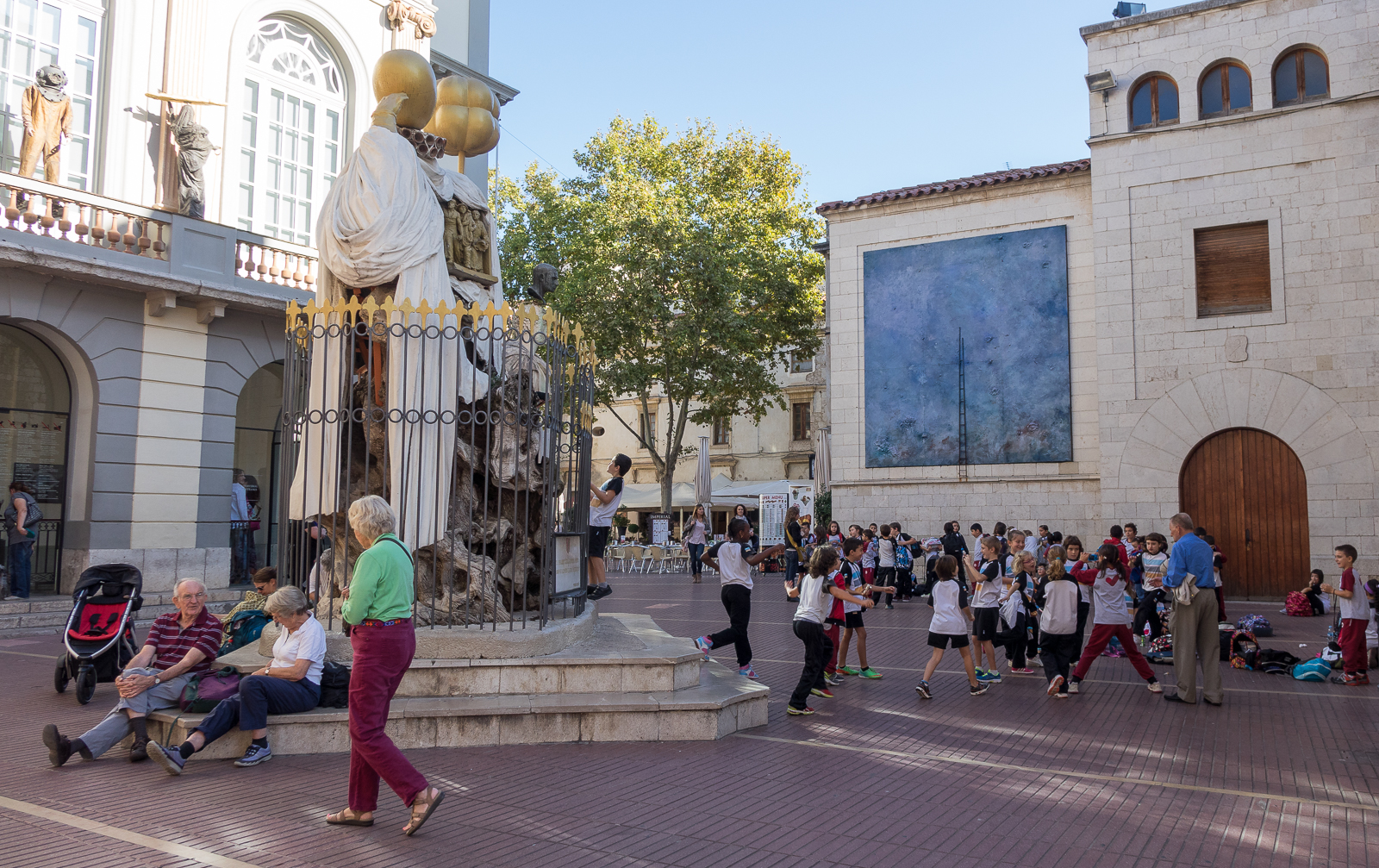
This, however, was not what I would expect to be a work of Dali. He had very traditional painting skills that you never see elsewhere.
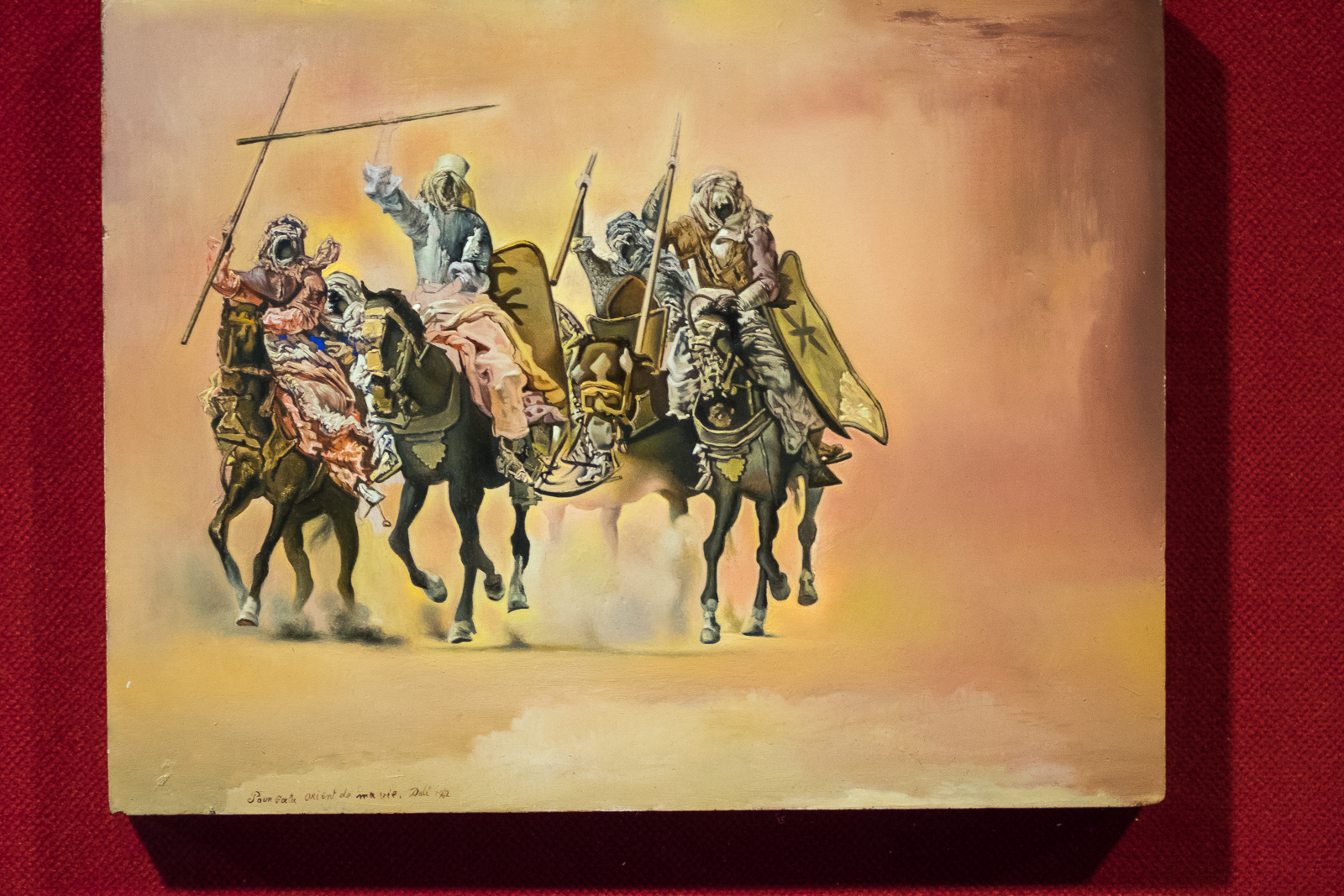
Karla and Bonnie told me, “You HAVE to see the Mae West room.” It was hard to get a good photograph of this because people are lined up to march along the edges of the room before they climb the staircase to see “Mae West”. And she really IS there…as you look through a blond wig, you see the lips, nose, and eyes/pictures below depicting Mae West’s face.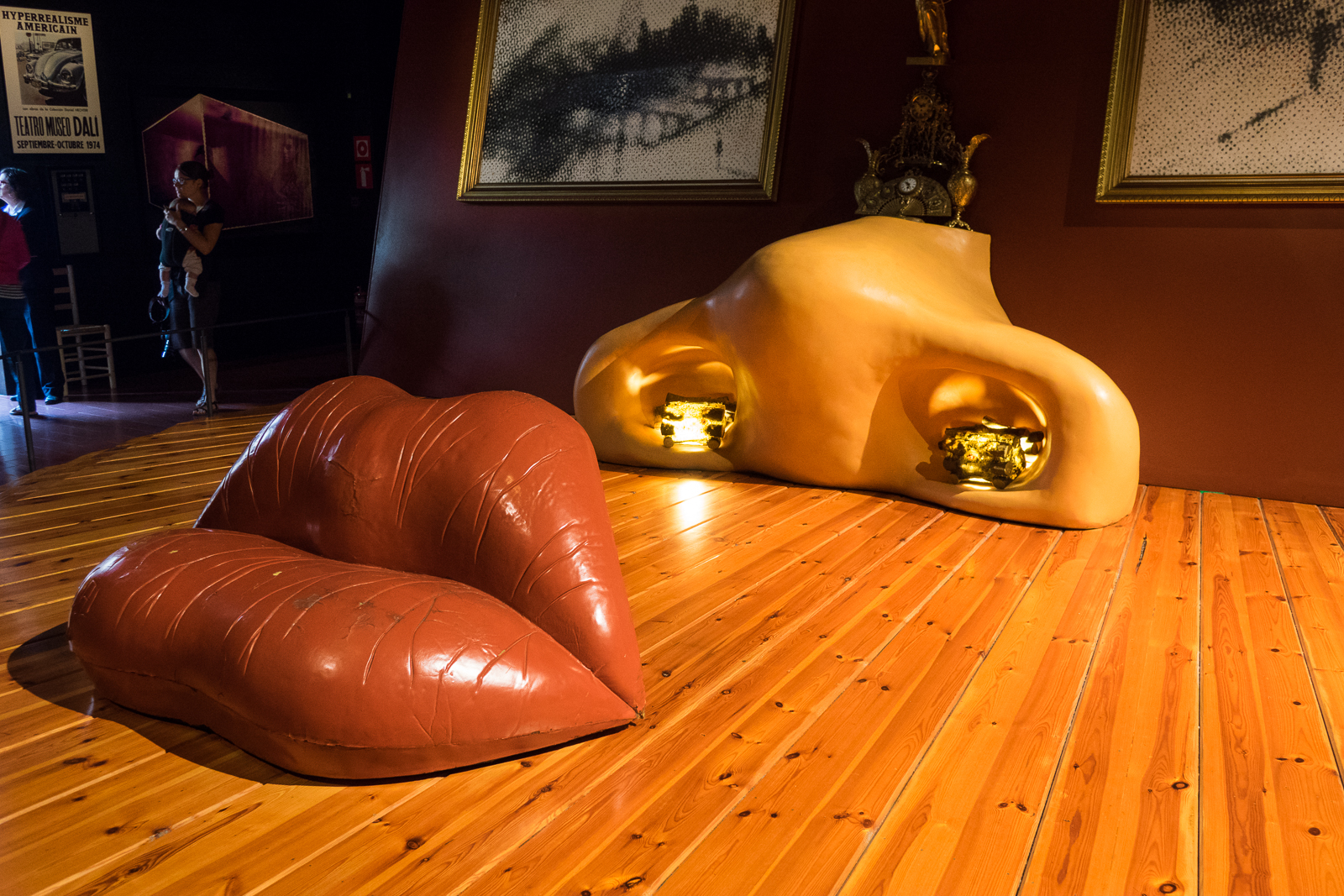
Only a surrealist would make you stare through a lens between camel legs to see “Mae West’.
”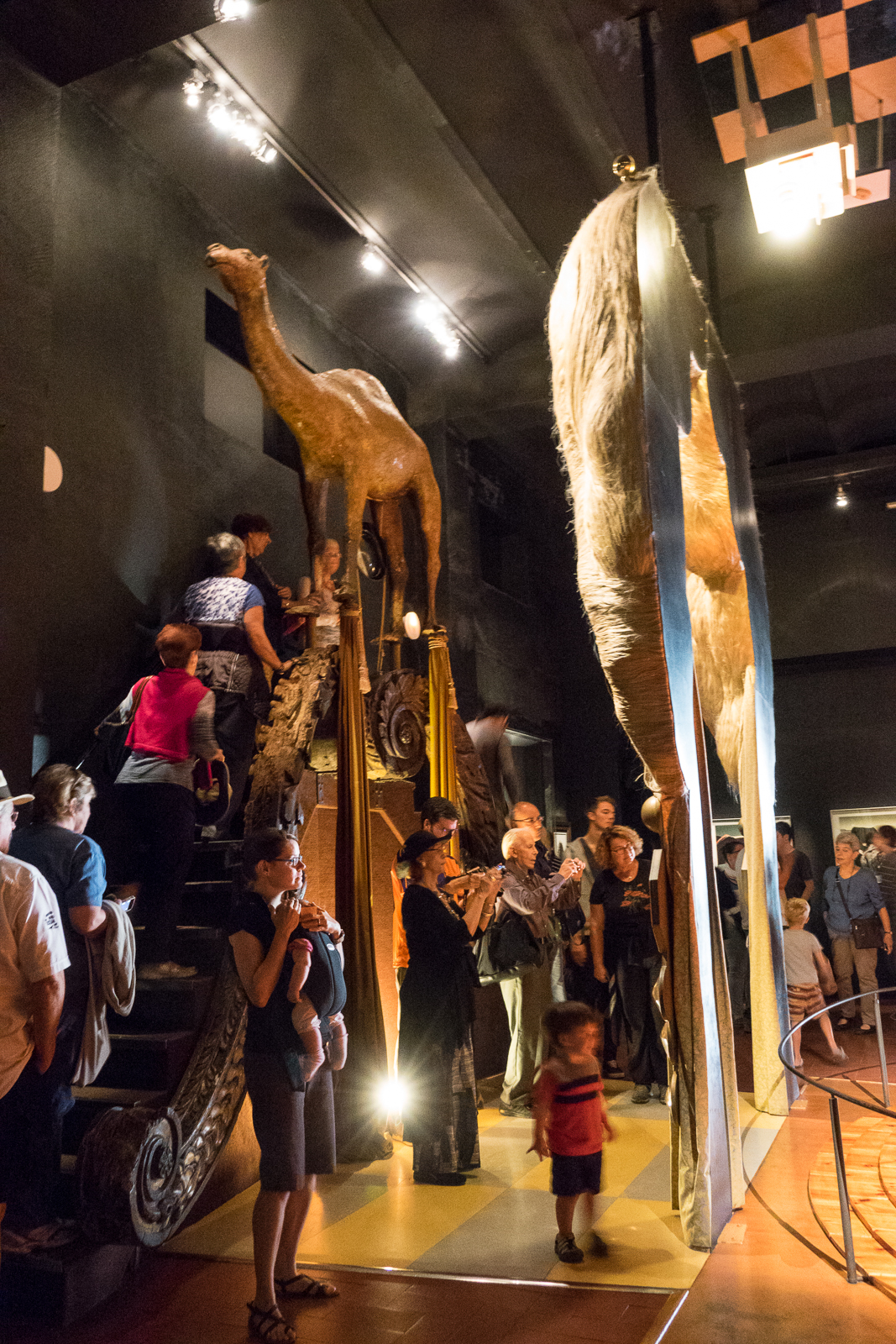
‘
Dali must have intended this as a spin-off of the fresco ceiling murals so common throughout Europe.
‘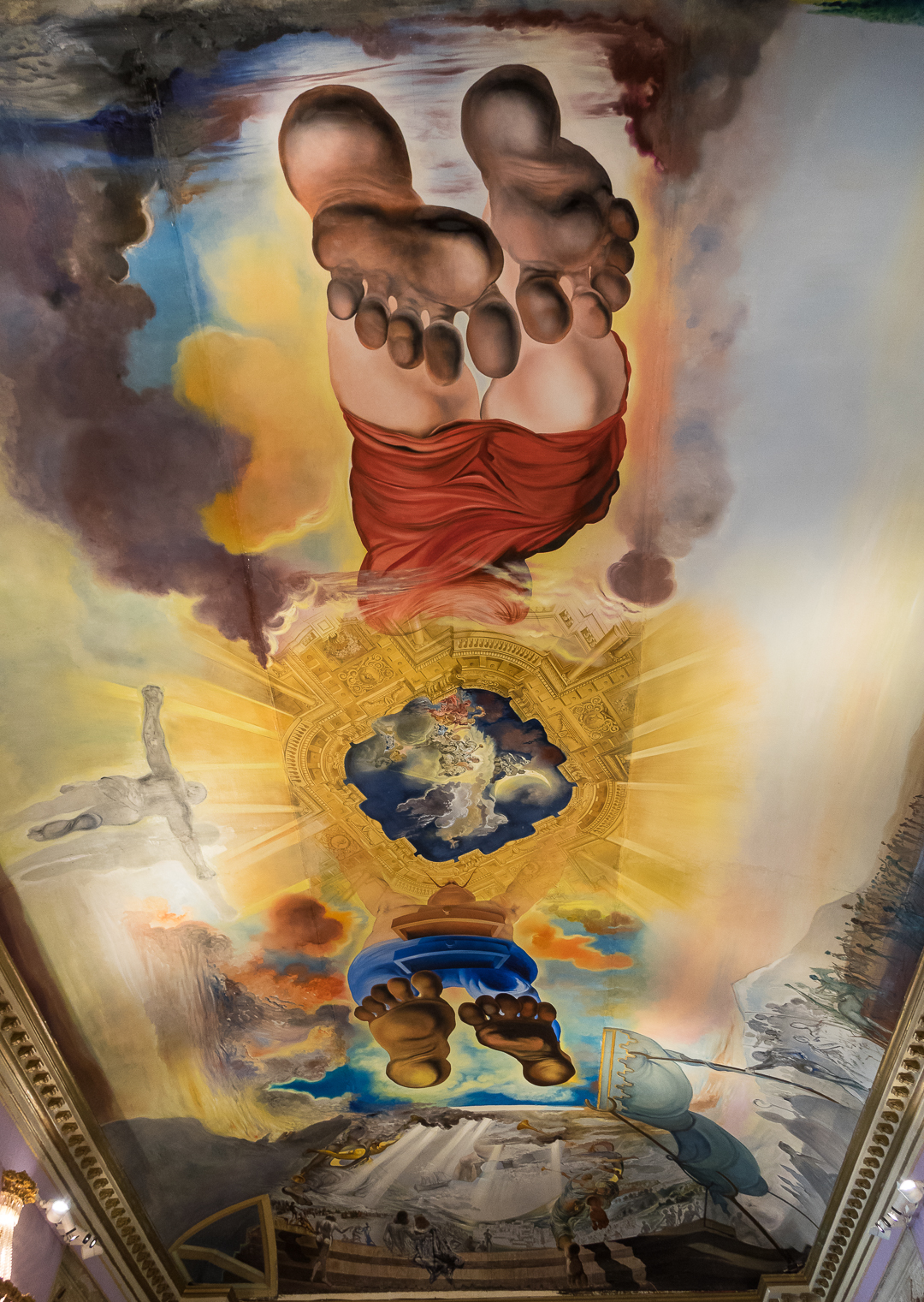
‘
This is one of the few Dali pieces I was familiar with before coming to the museum–I like the flow of it.
‘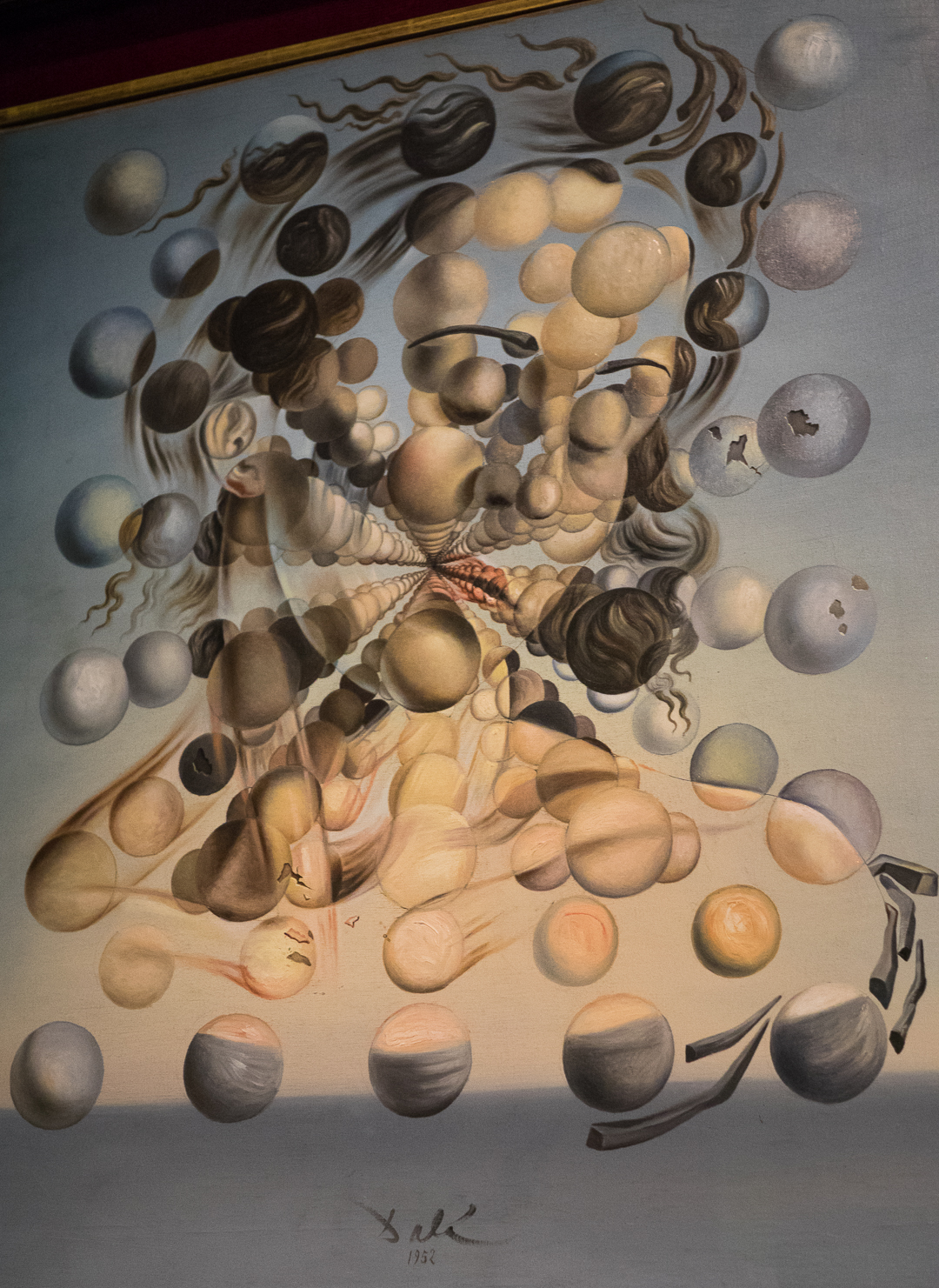
This is Dali’s homage to Velasquez’s famous “Las Meninas” portrait in the Prado Museum in Madrid. Dali painting the portrait of his Russian wife, Olga, with his own reflection in the painting.
”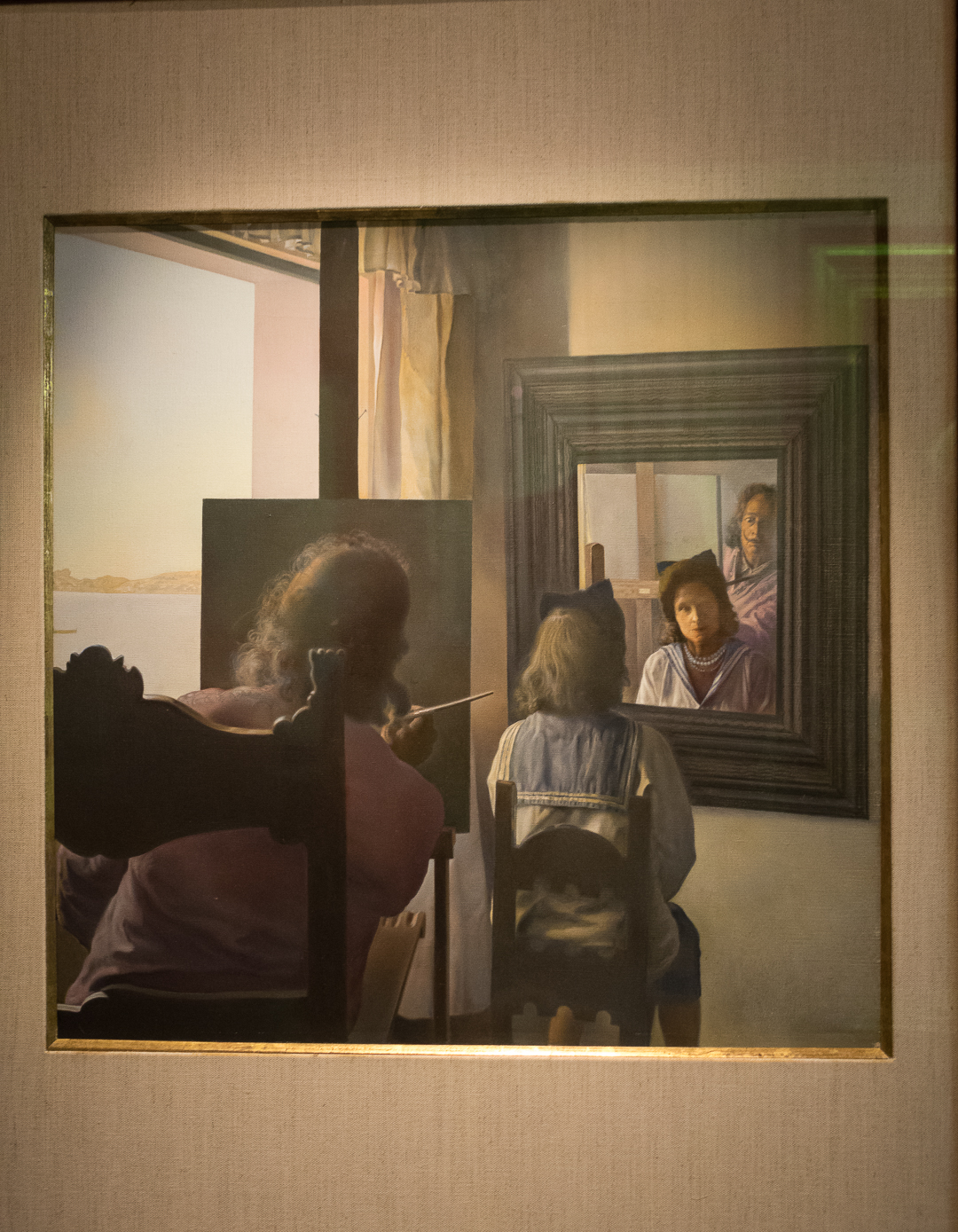
These are photos of Elena, our guide with Educational Tours, on the beach at Tossa del Mar. She is a dynamic person!
”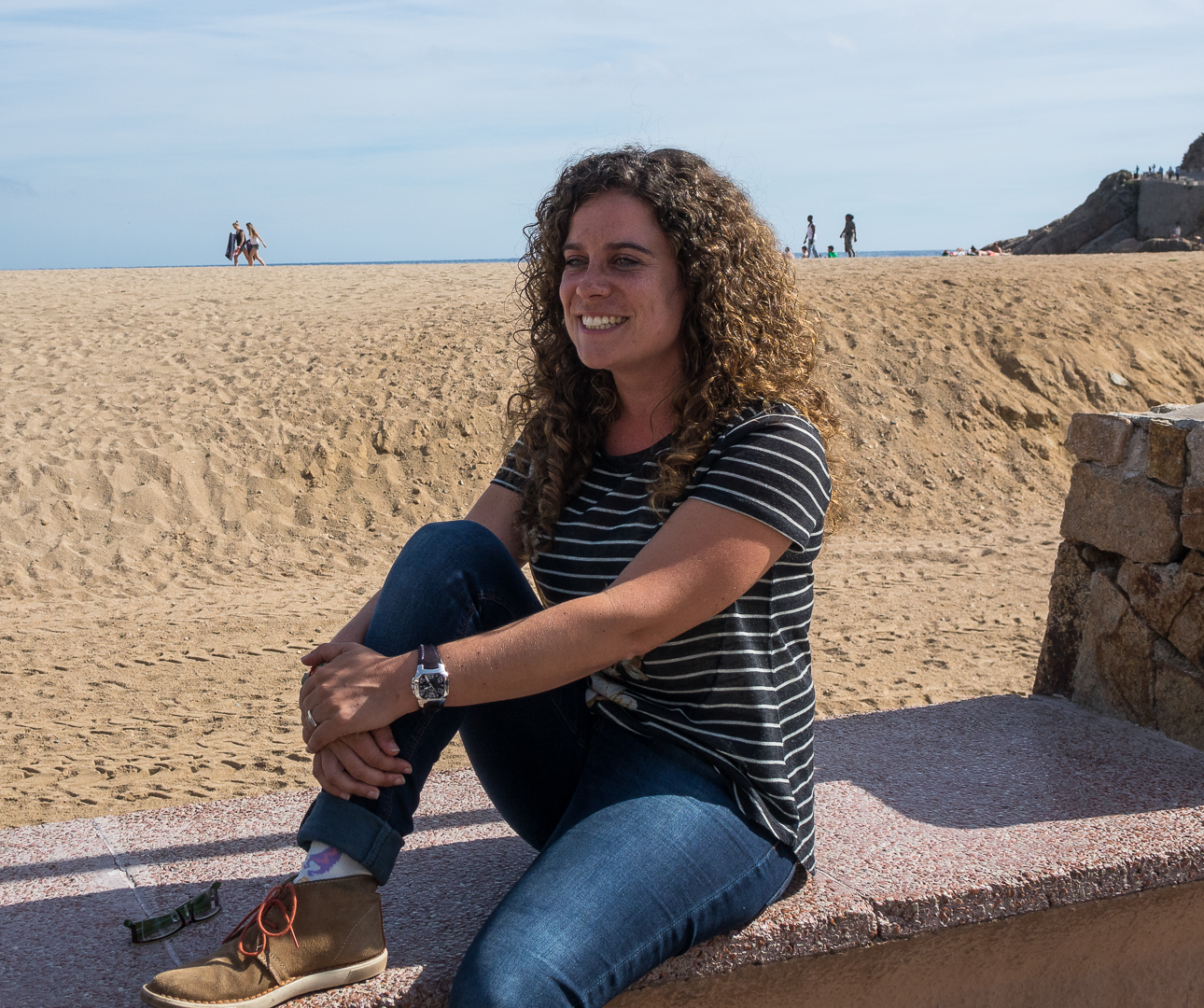
”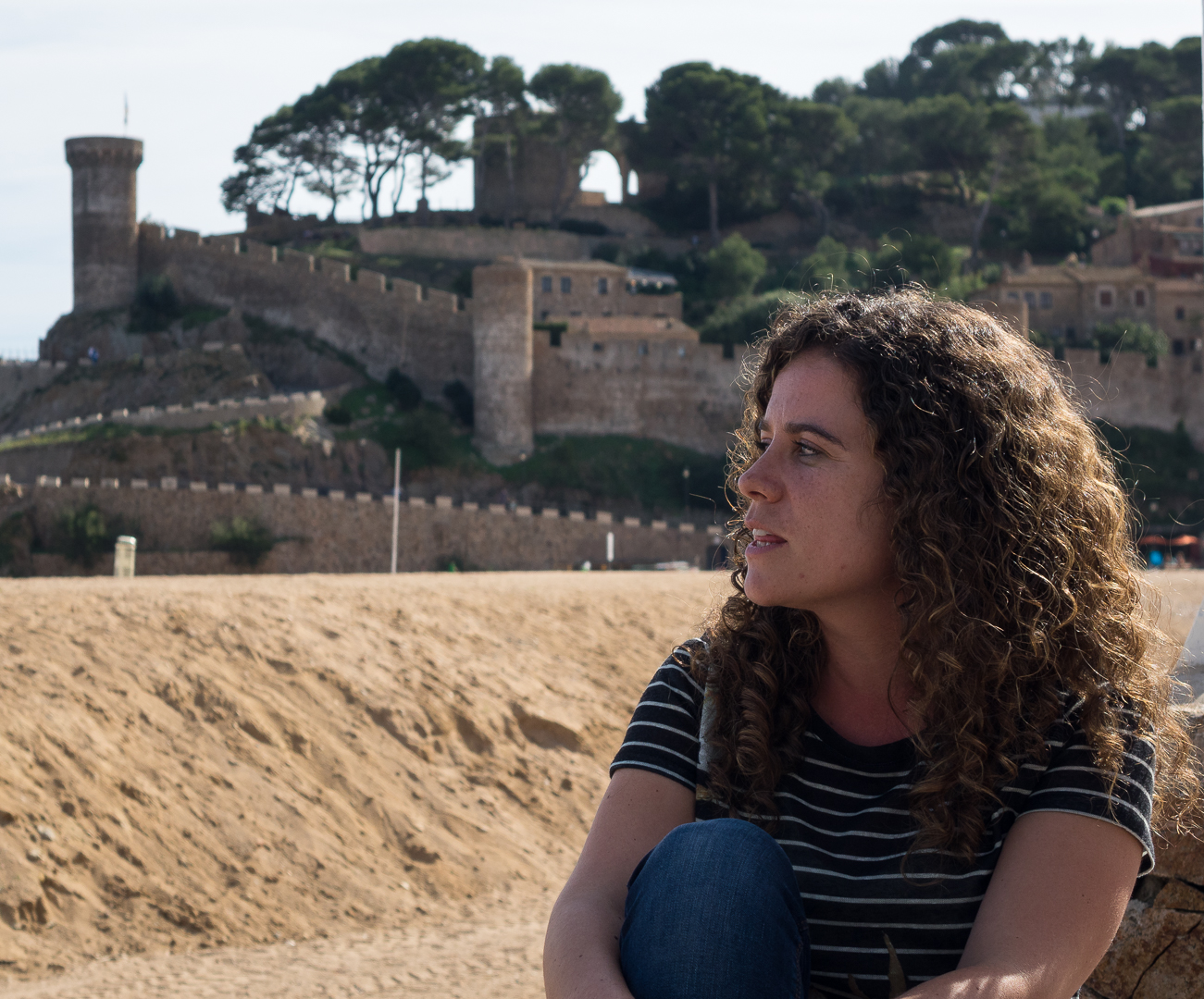
From Figueras, we drove for an afternoon at Tossa del Mar, a tiny seaside resort town on the “Costa Brava” south of Barcelona. You have to drive down a narrow, winding road down a cliff to get there. Tucked along those cliffs is this little jewel of a town. Kids enjoyed some beach time here.
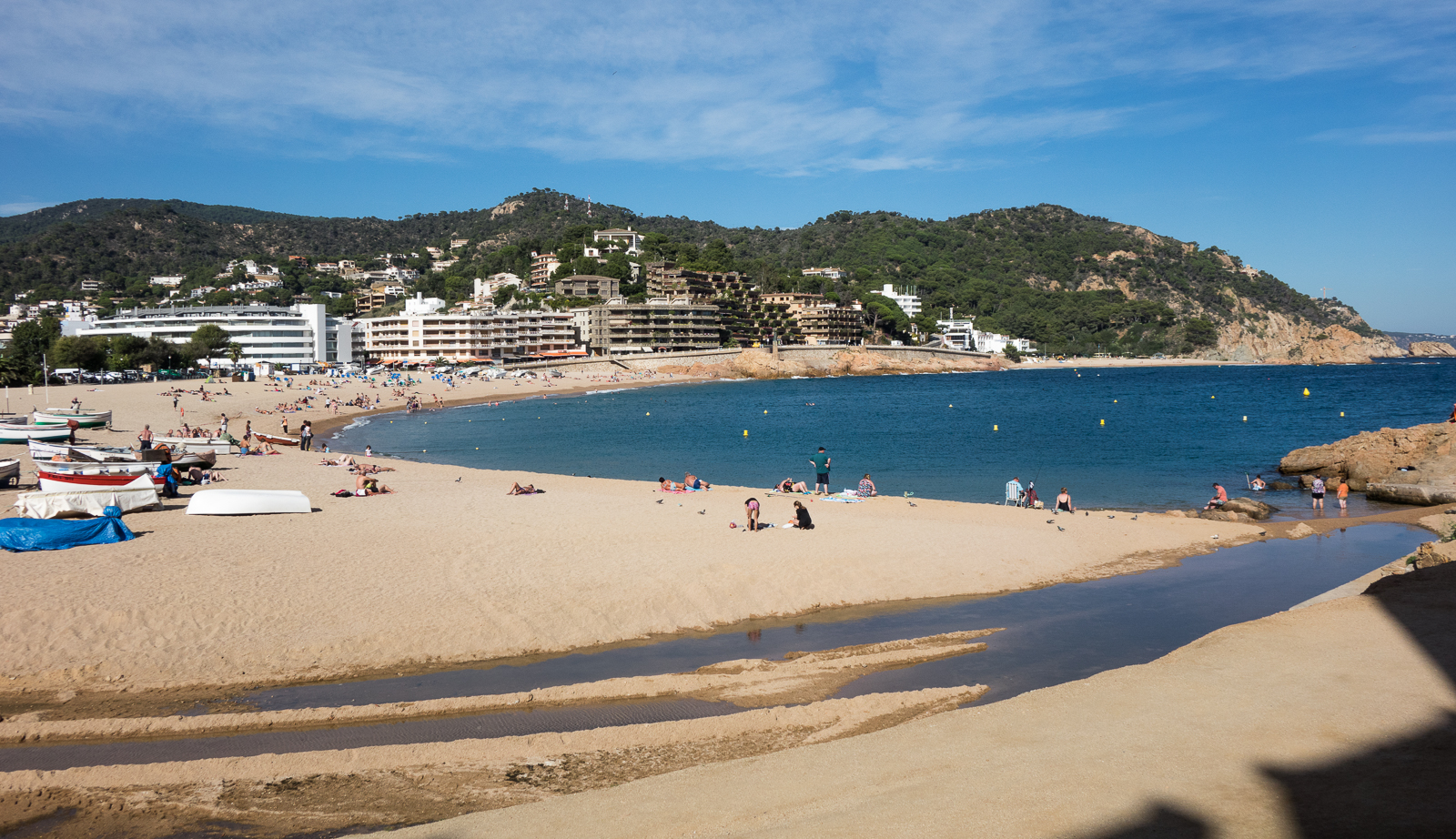
A look out tower above the beach area of Tossa del Mar.
”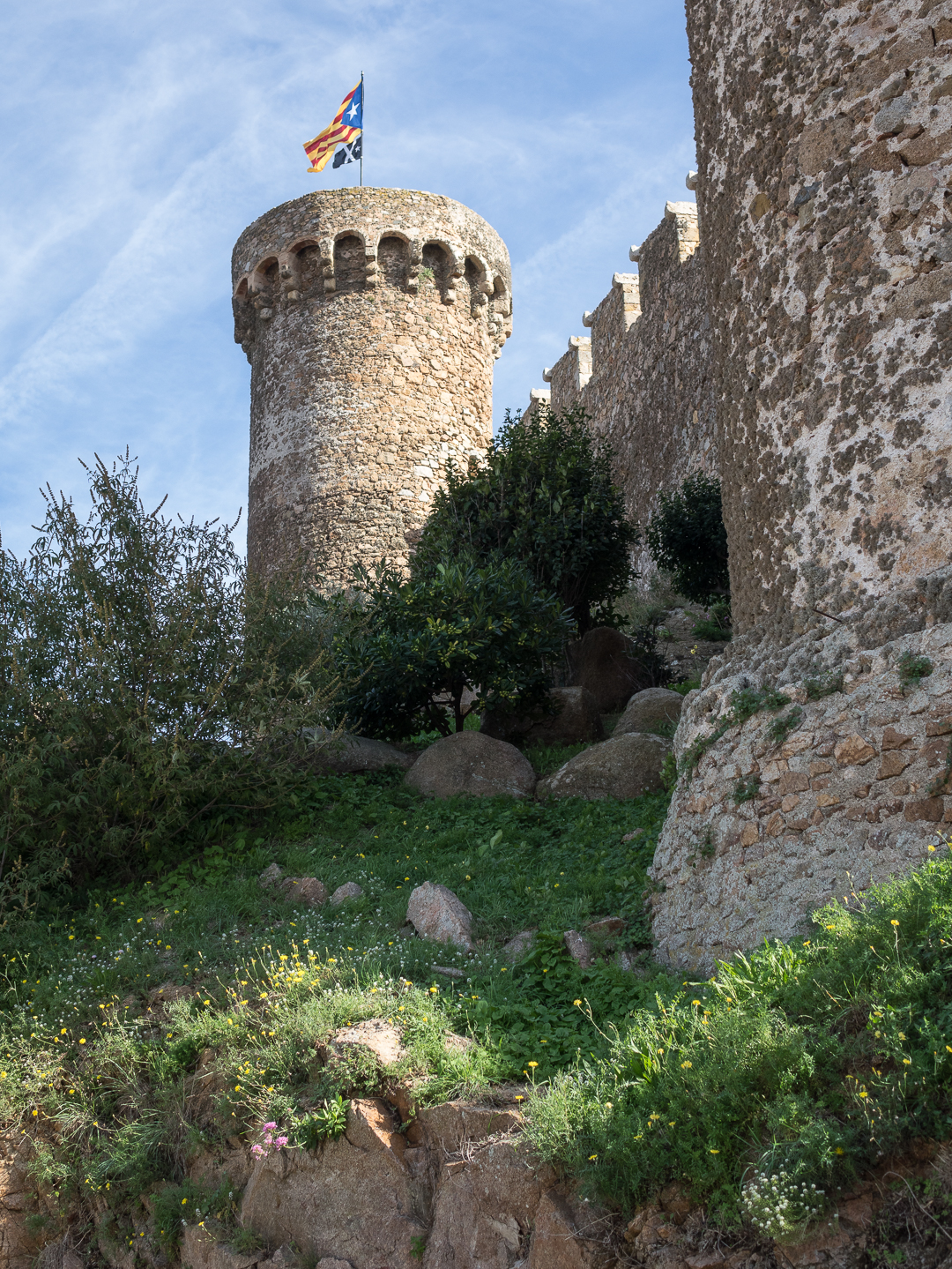
”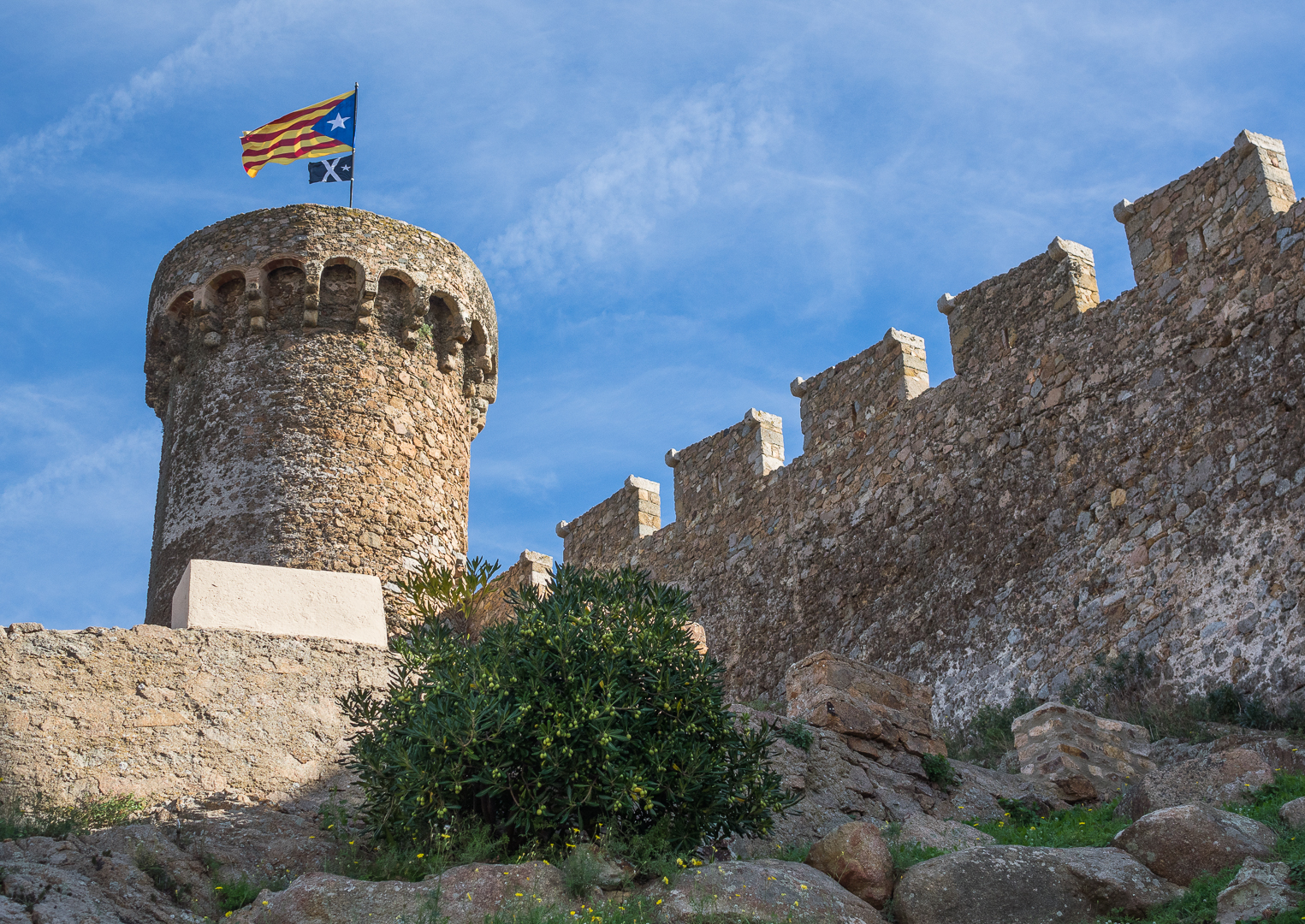
Cafes and hotels along the beach at Tossa del Mar.
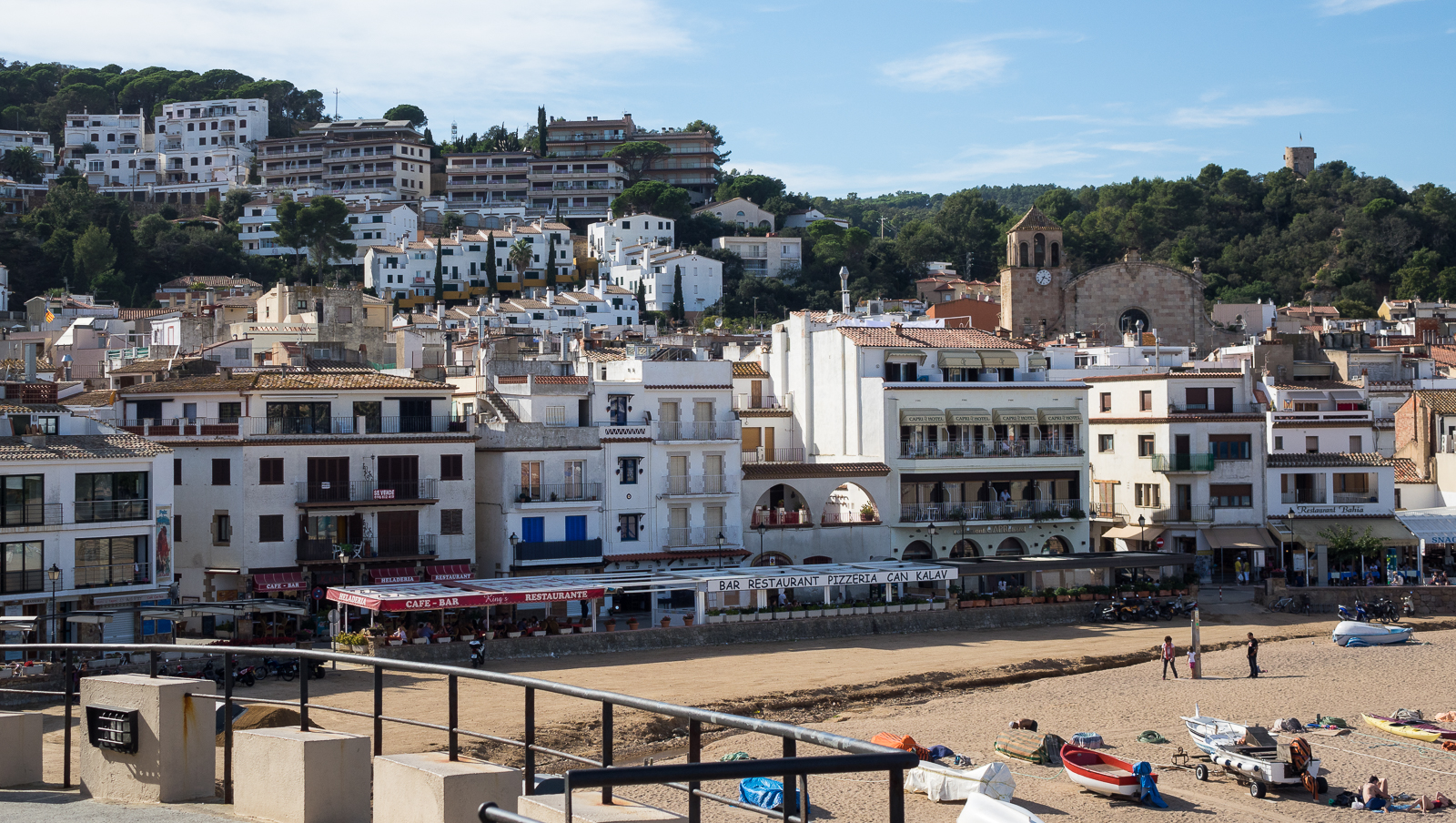
I would never have guessed it, but this is a statue of Ava Gardner on the hillside fortress area above Tossa del Mar. Yes, that Ava Gardner….the Hollywood movie star of the ’40’s and ’50’s…one of Frank Sinatra’s “ex’s”. Apparently, when Hollywood discovered that this was a great filming location, Ava Gardner stayed in Tossa del Mar and brought a great deal of tourism to the town. And this is their way of saying thanks for the economic prosperity she fostered by promoting their town.
‘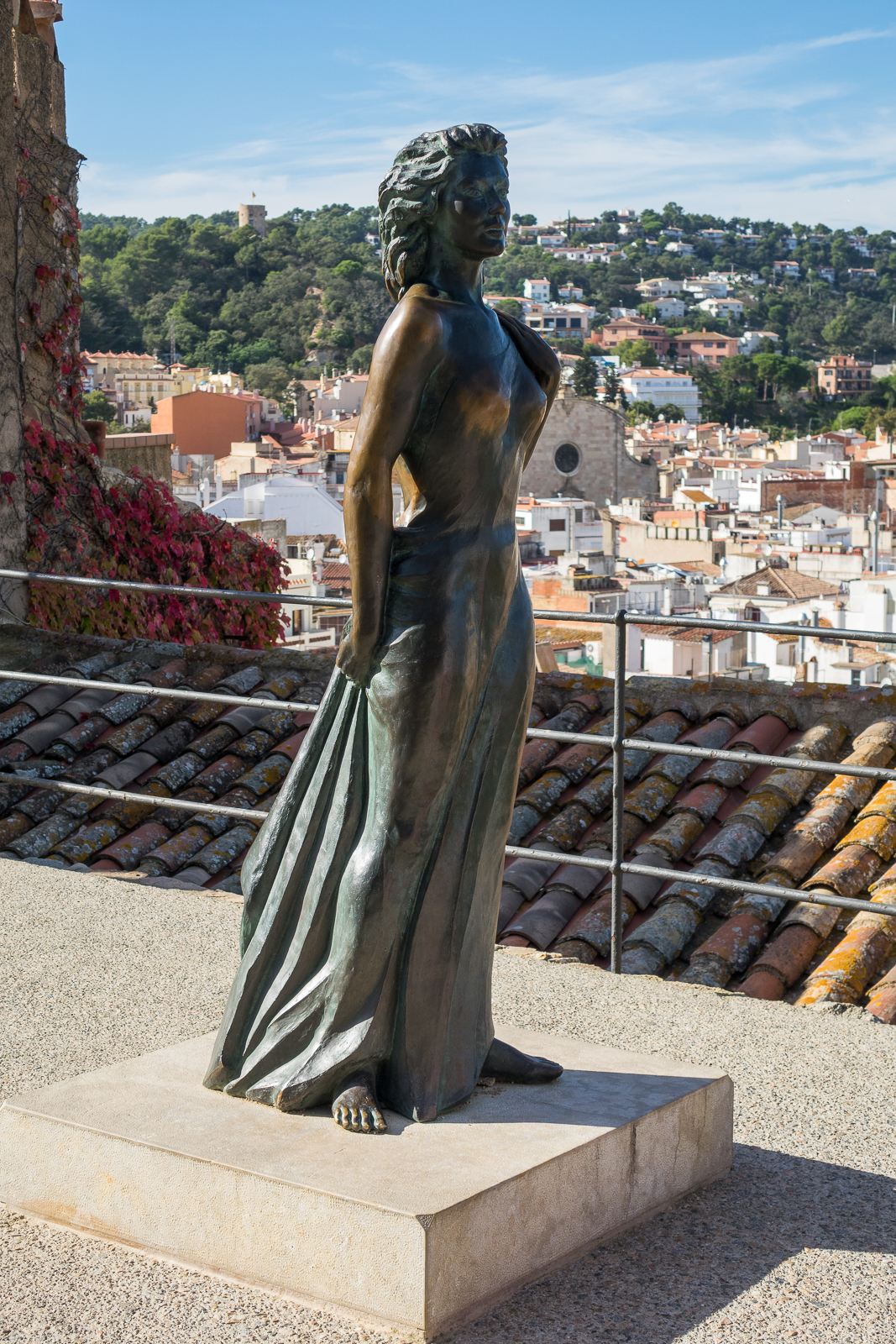
”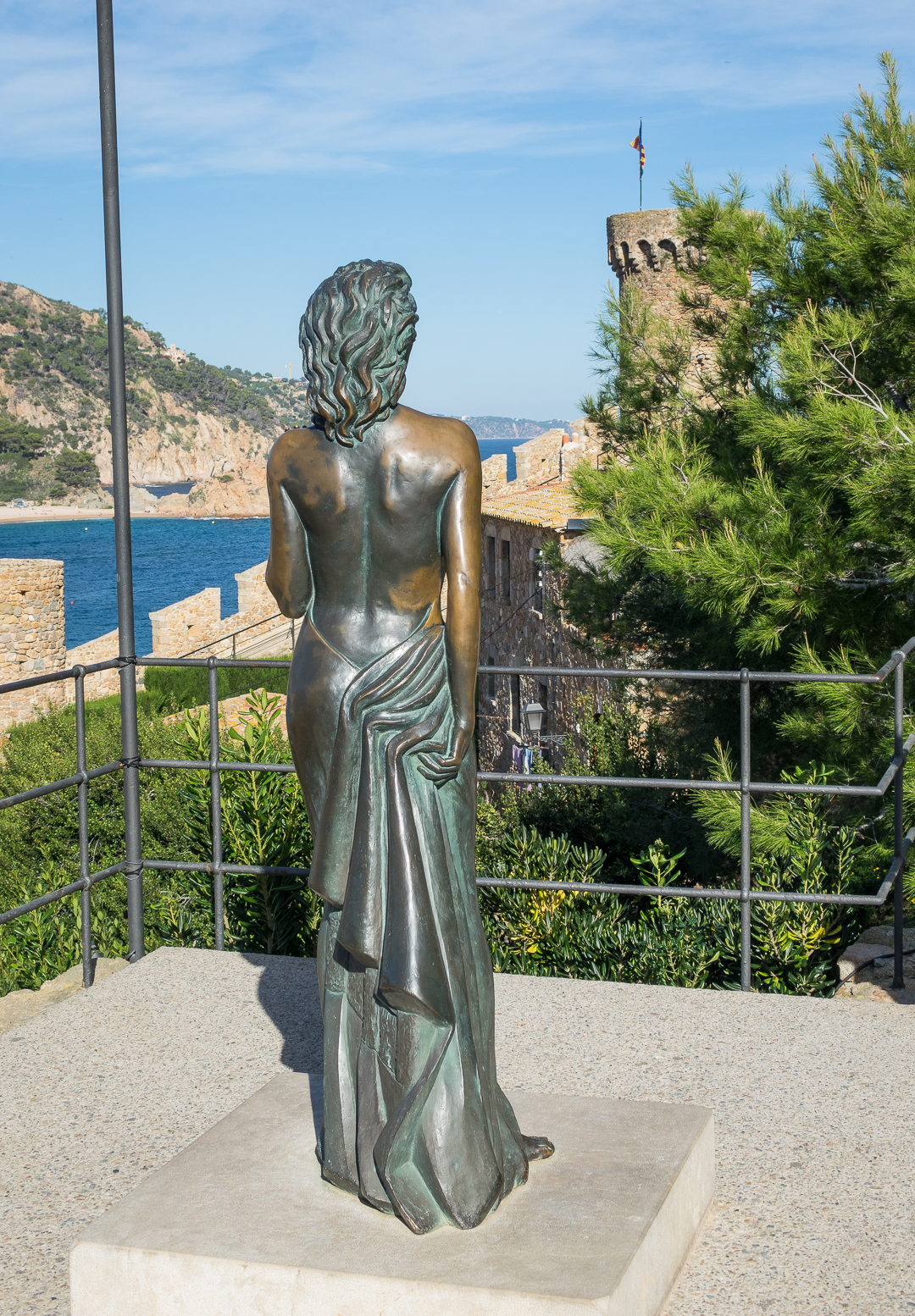
If you stroll up the hill from the beach, you find a beautiful path winding around the lookout towers down to more cliffs along the edge of Tossa del Mar.
”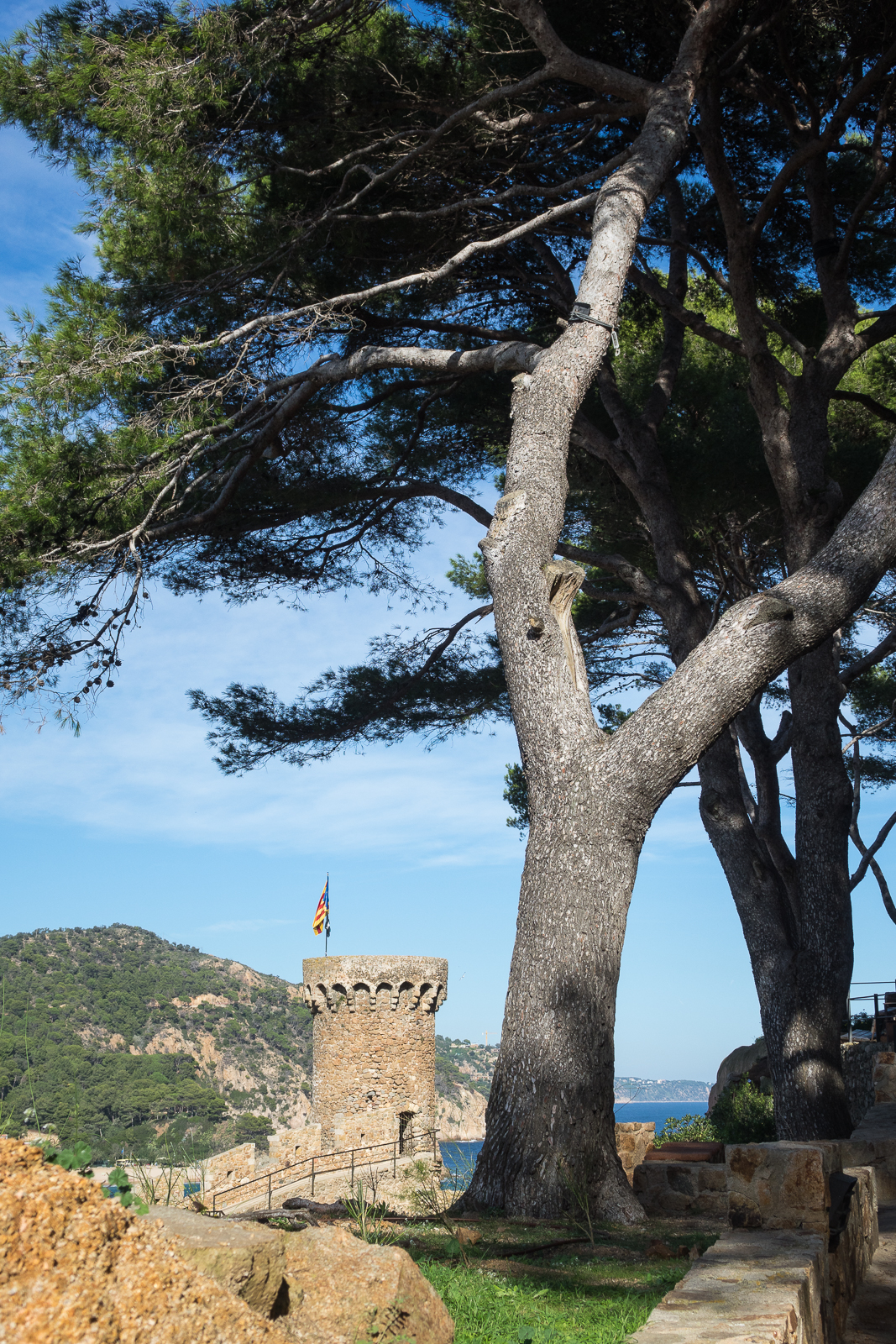
Amazingly, a cruise ship coasted right up to the beach to take on passengers.
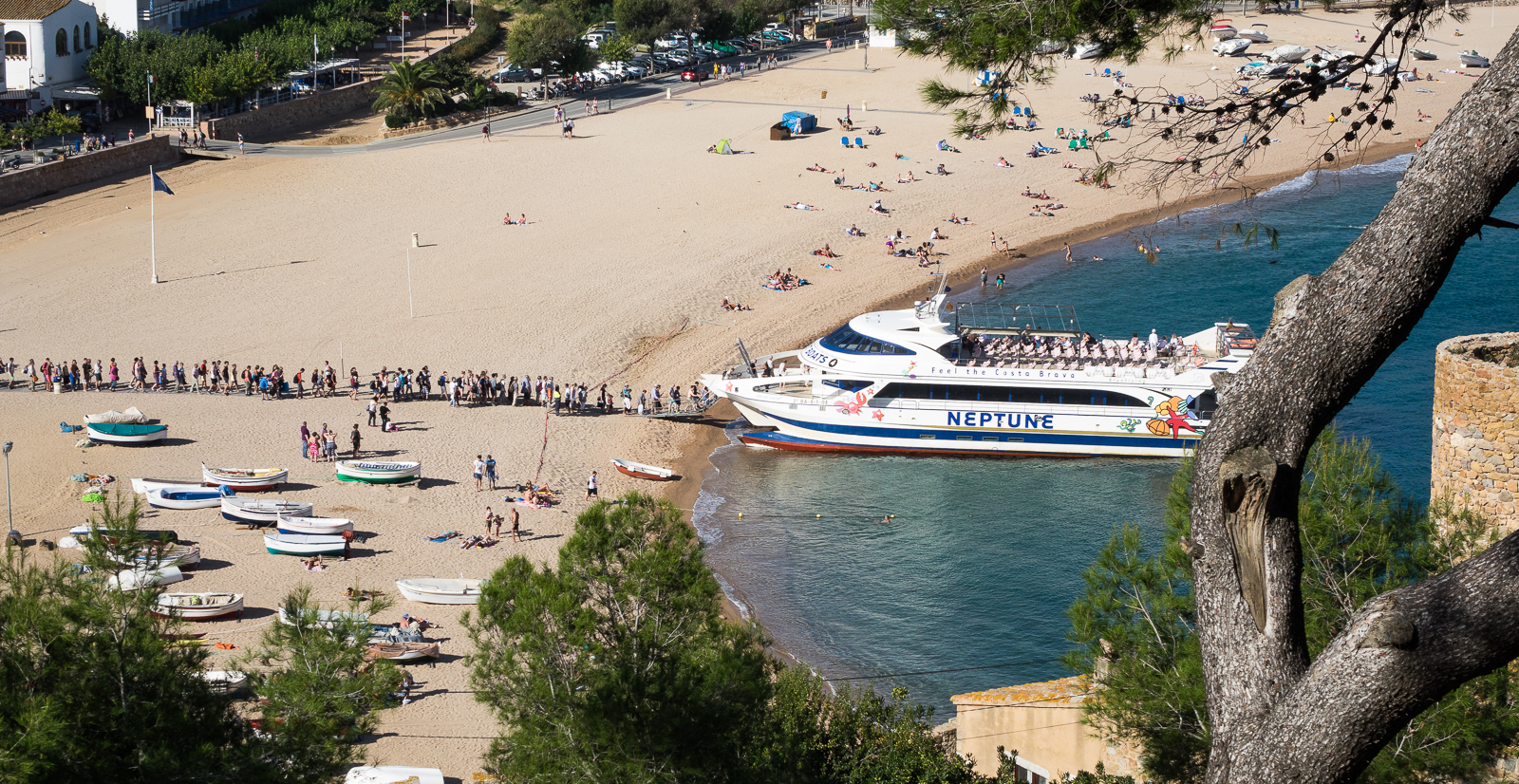
The remains of a chapel near the towers.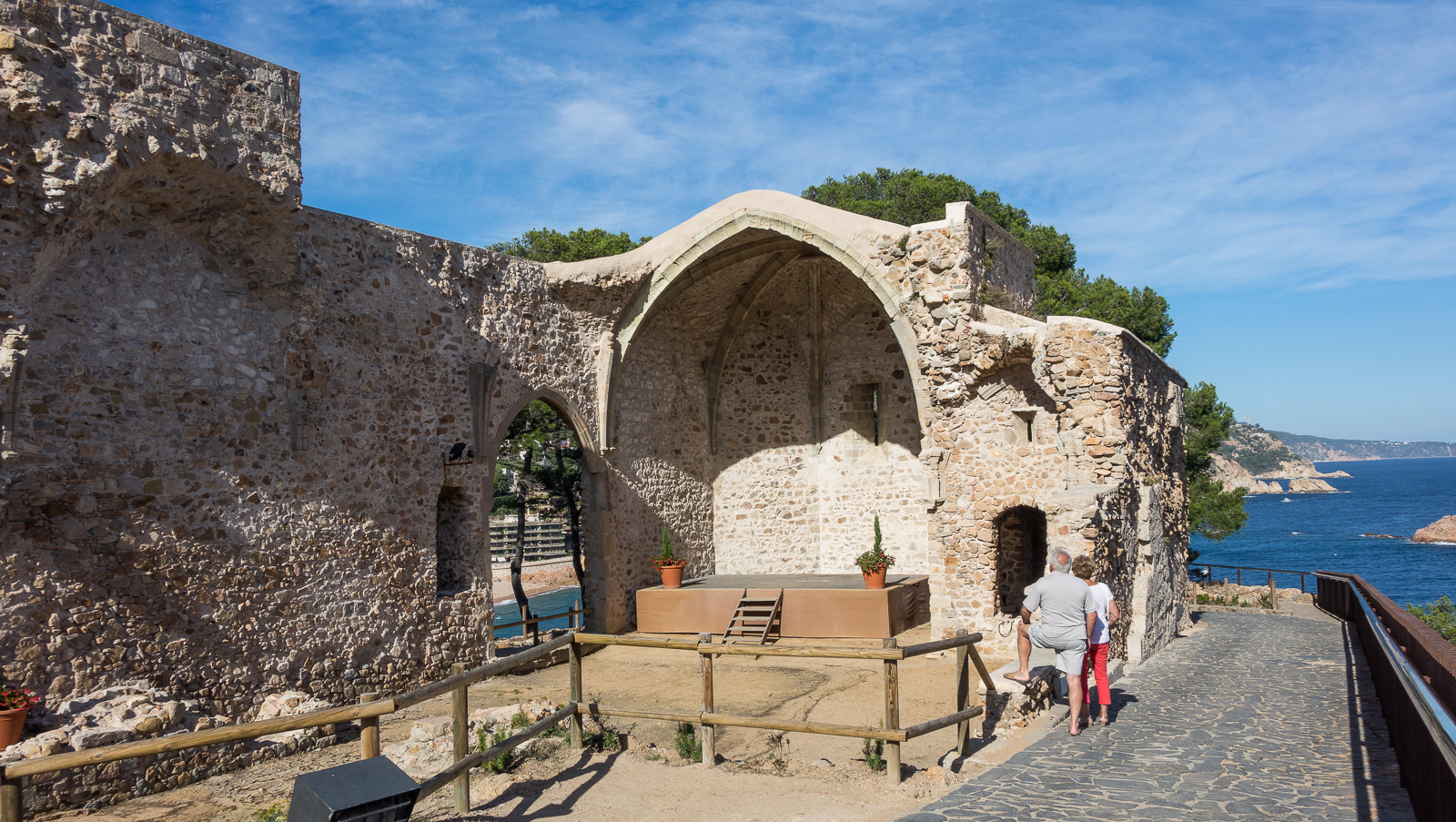
”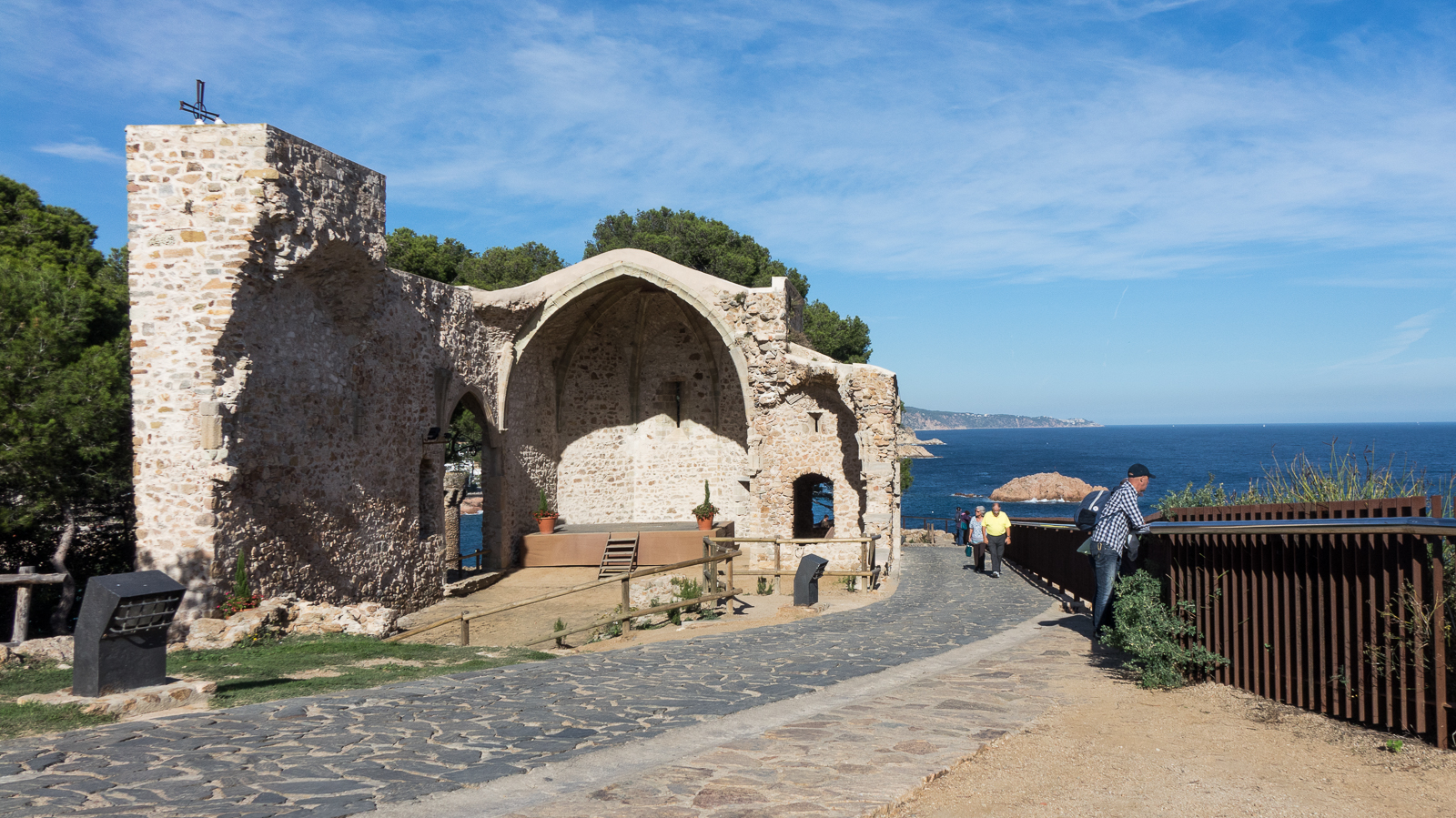
A small island just off shore. High winds and crashing waves that day/
”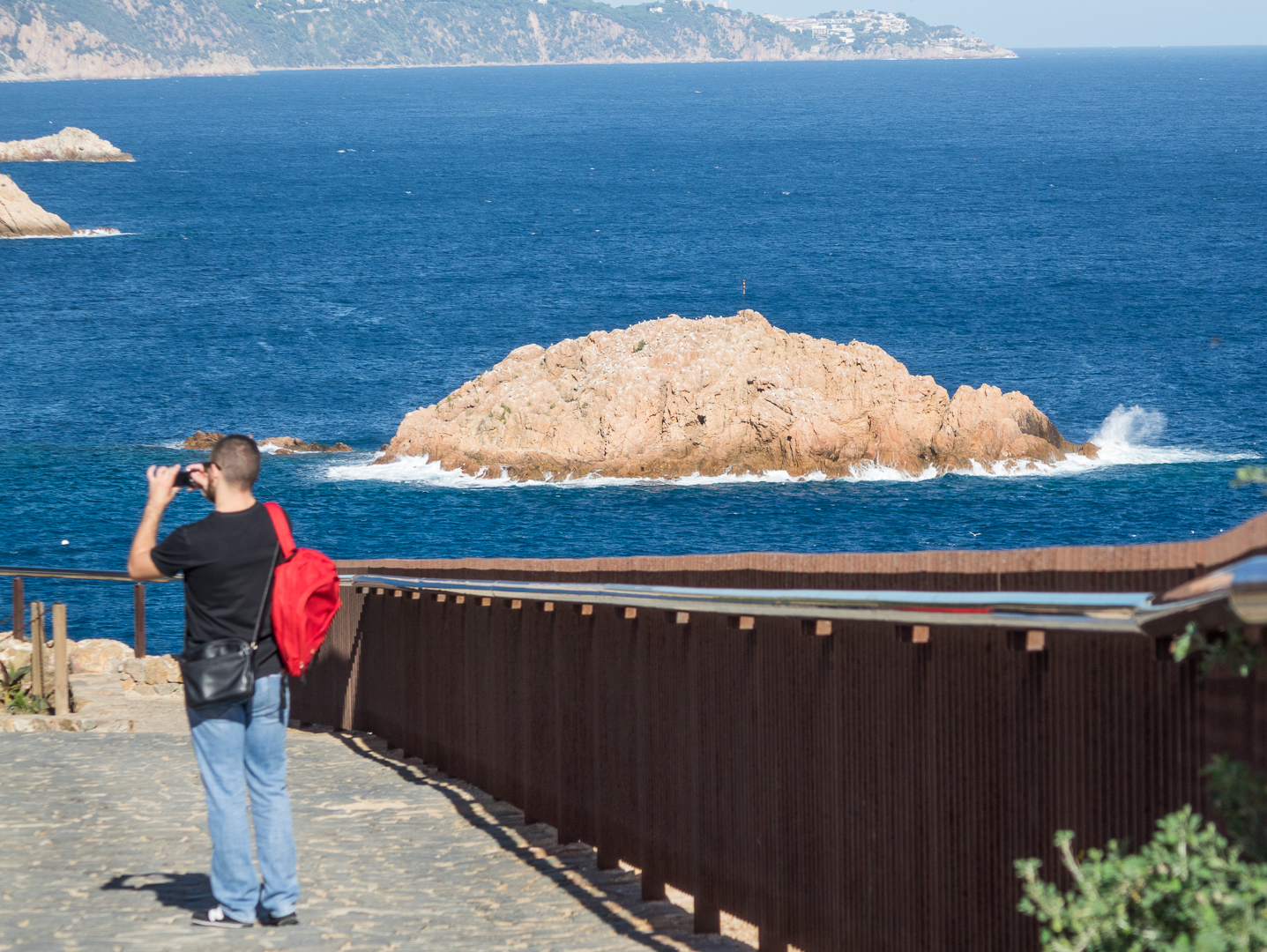
The road we drove down to get here were also along cliffs like these.
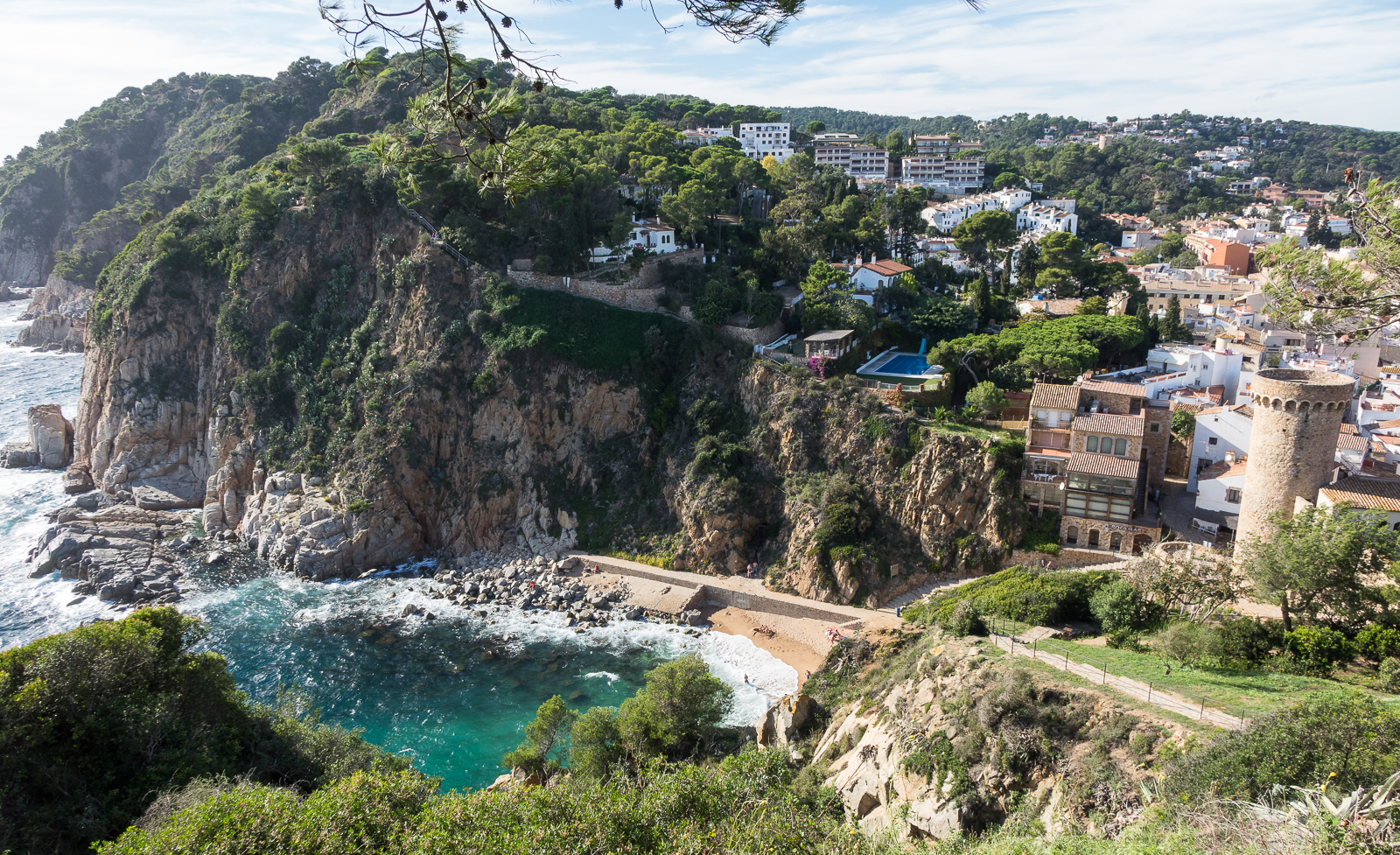
”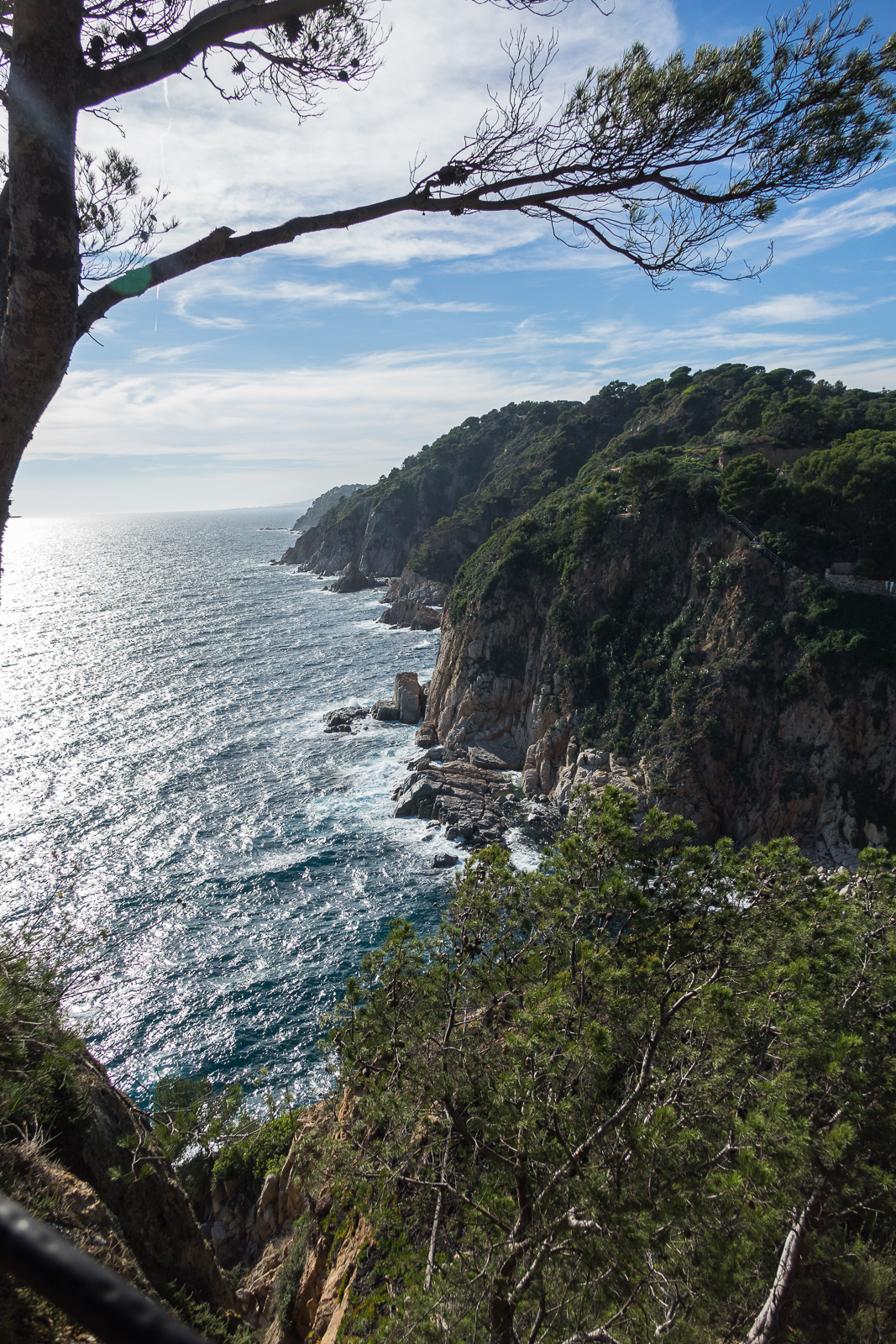
Marie enjoyed the views of crashing waves more than the beach.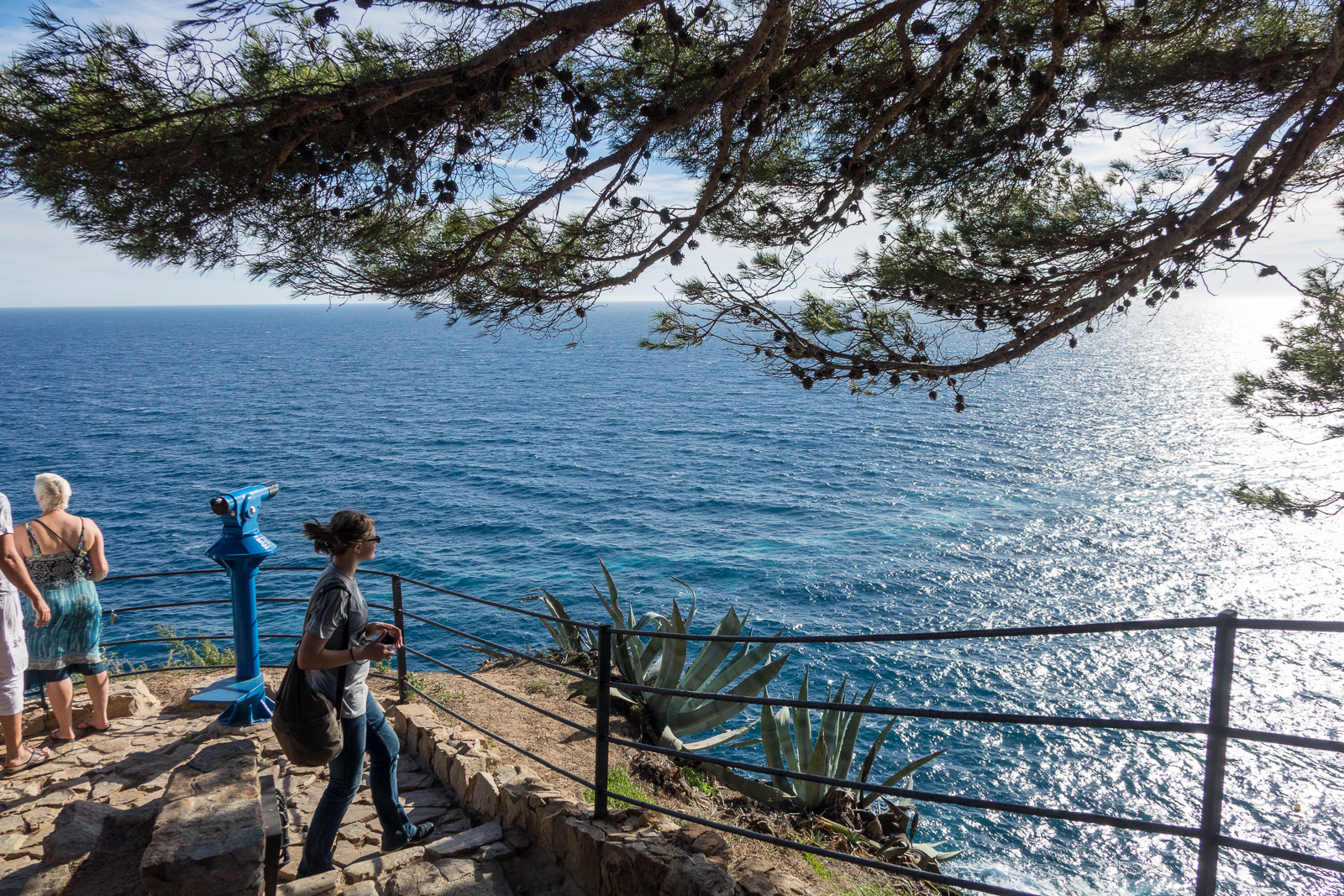
”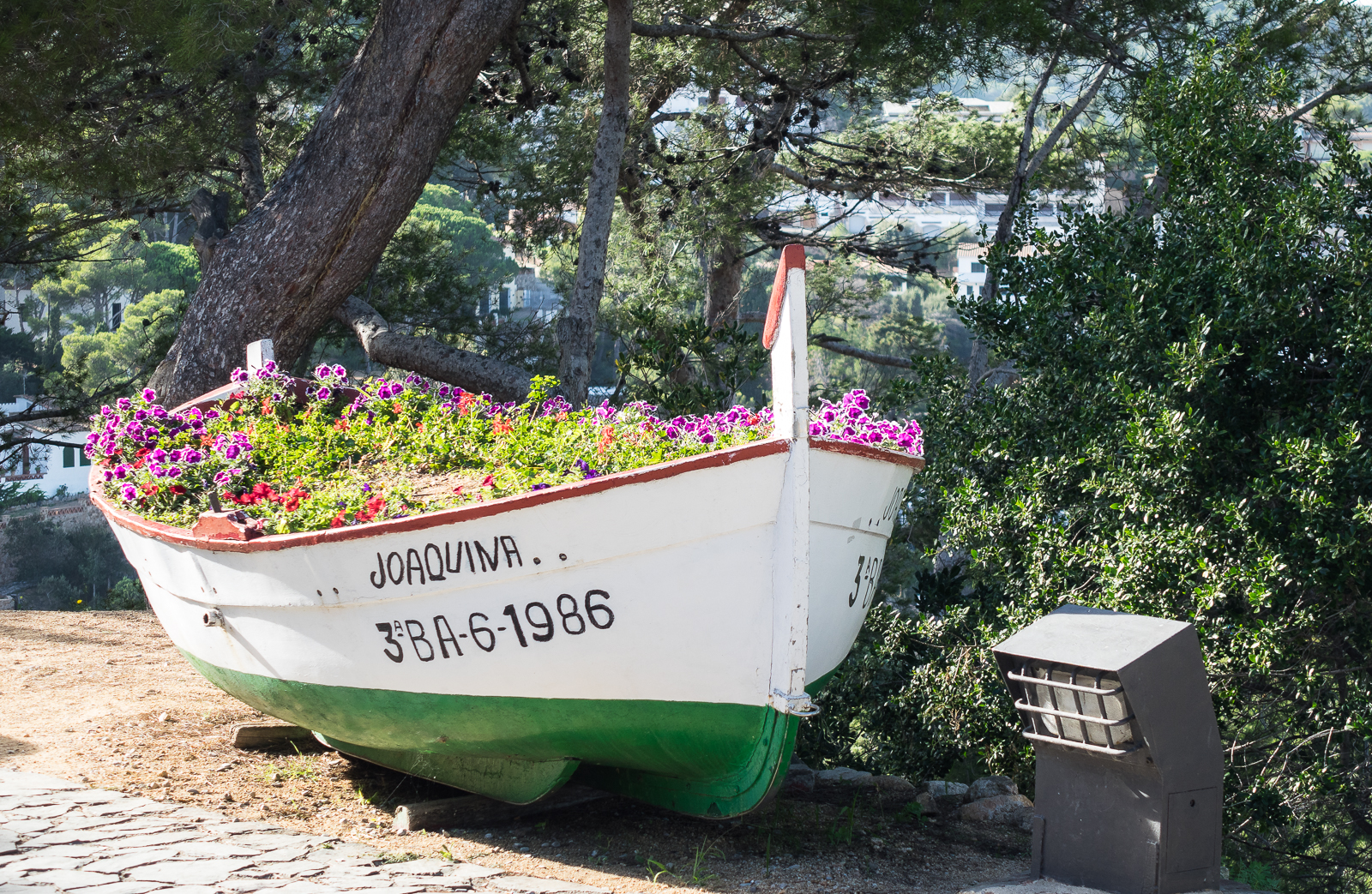
View of Tossa del Mar from the hillside.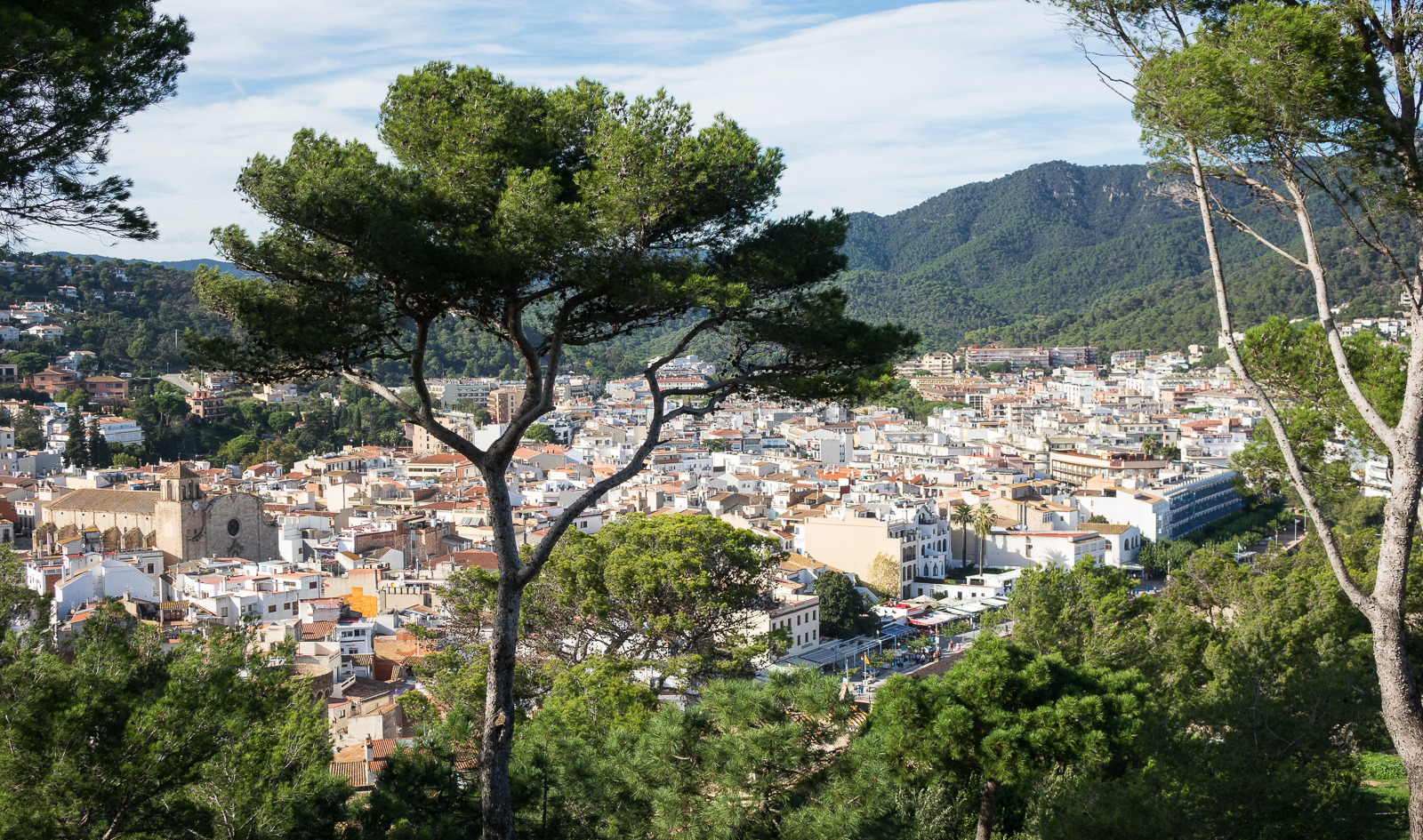
”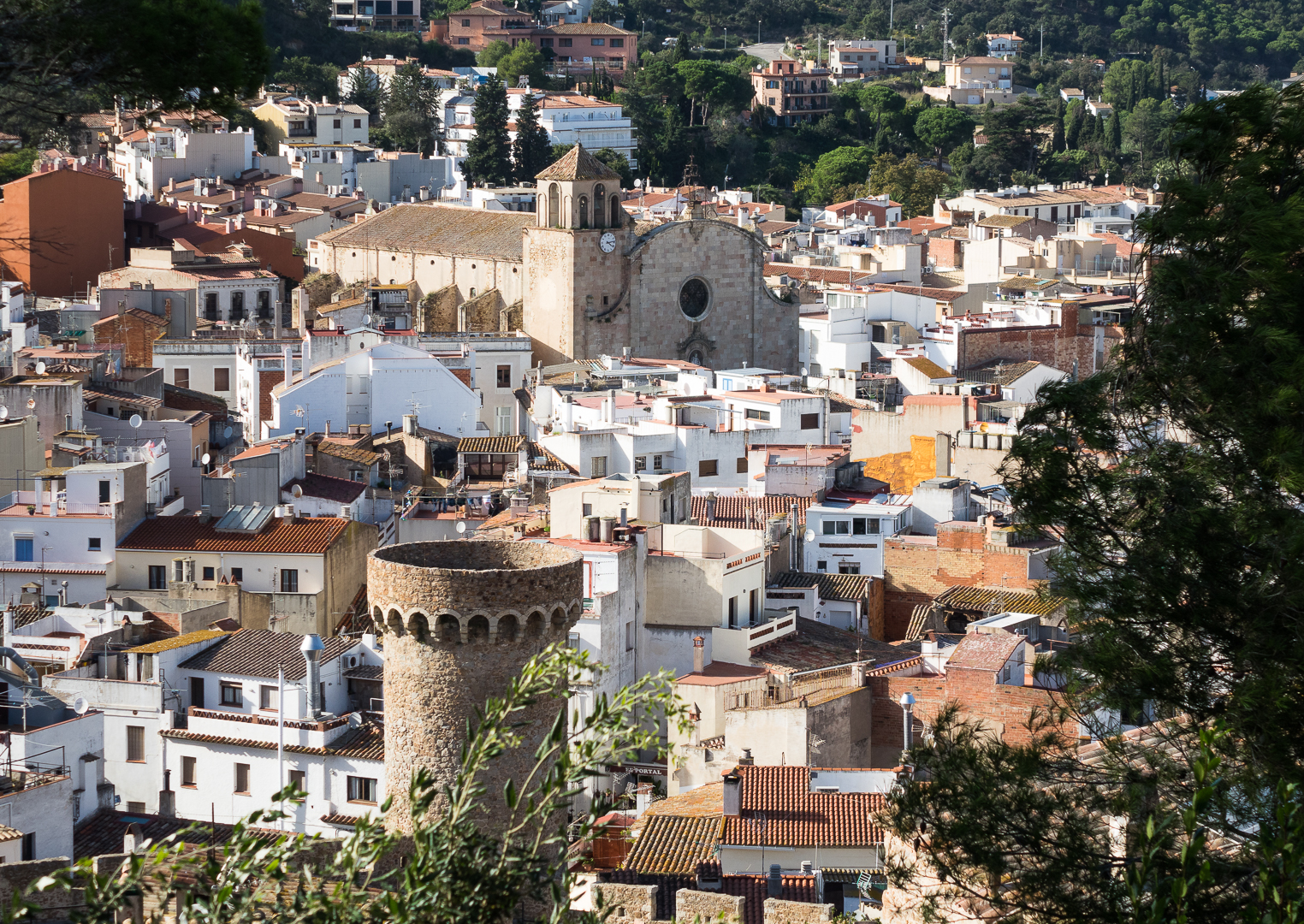
These towers were sad to be used to guard against pirates sailing in from….where? France? Italy? Not sure, but kids like this area.
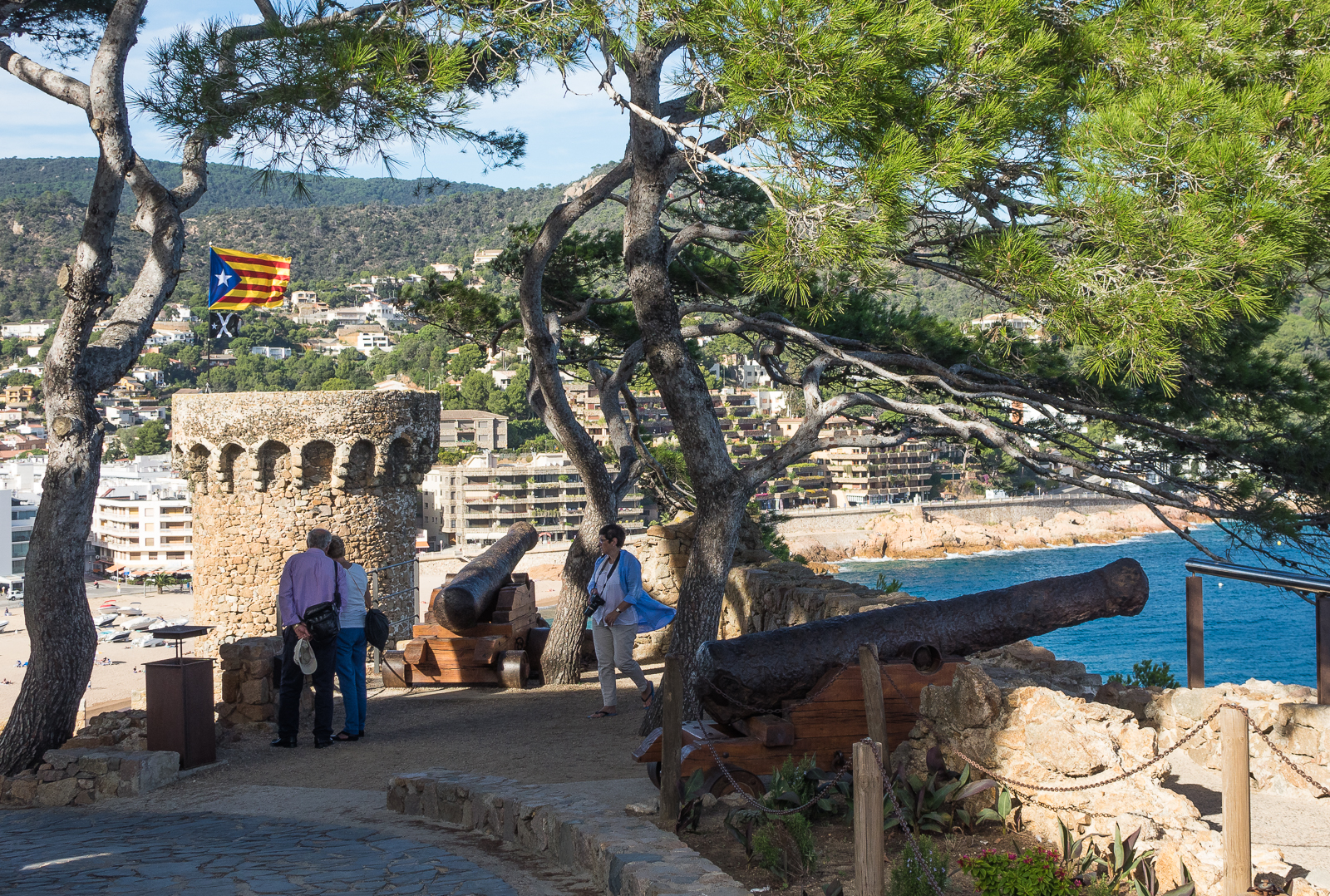
”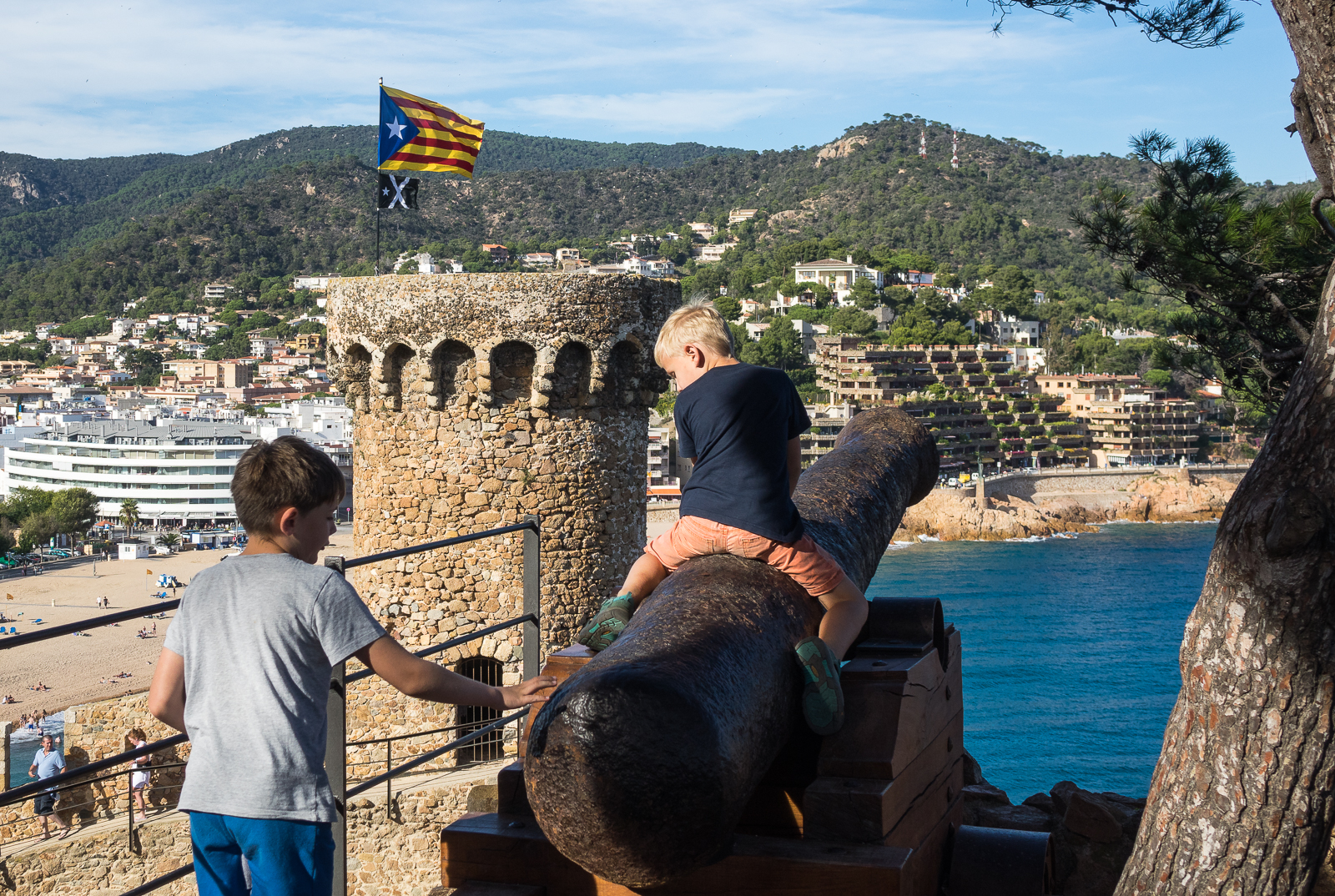
”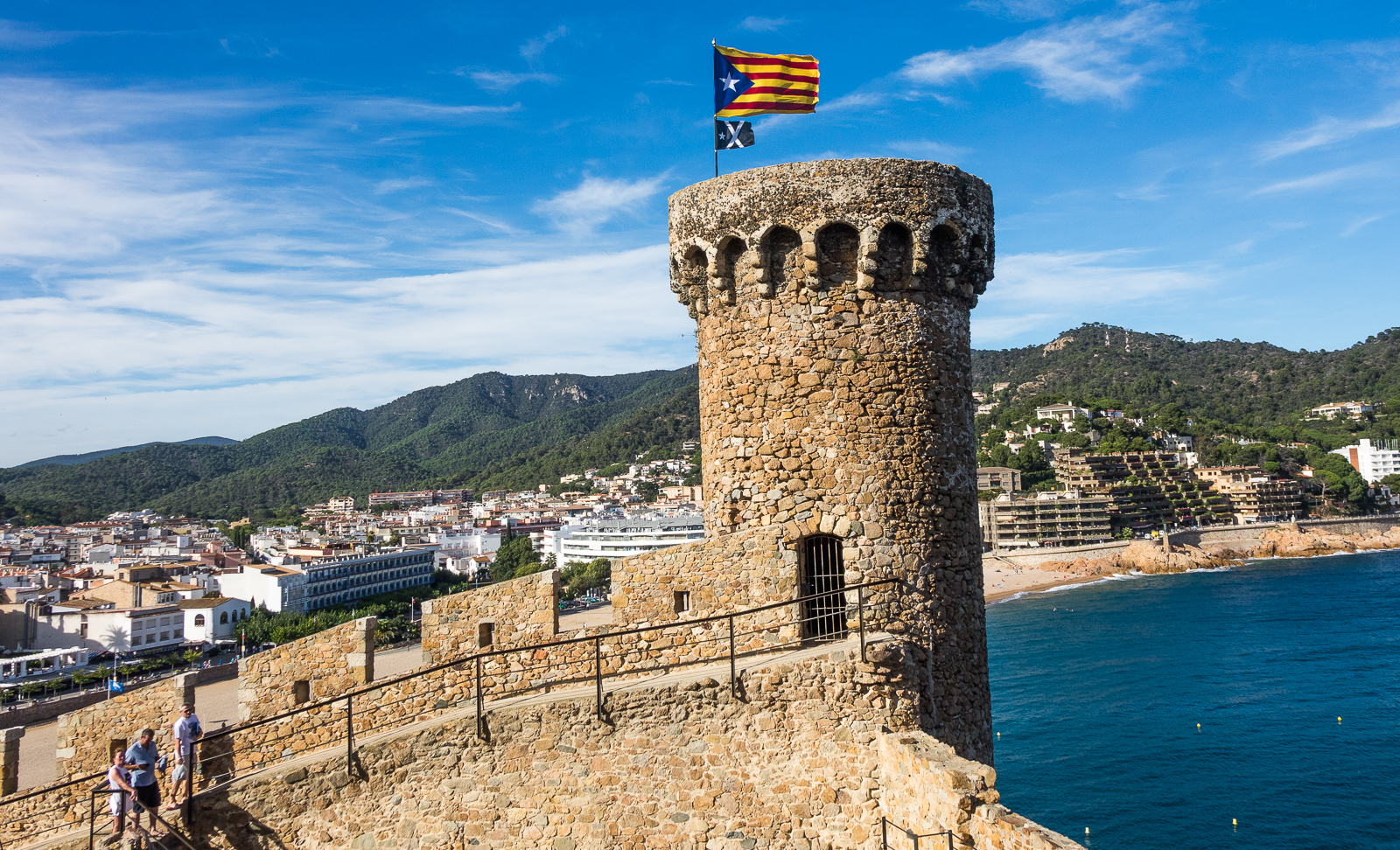
”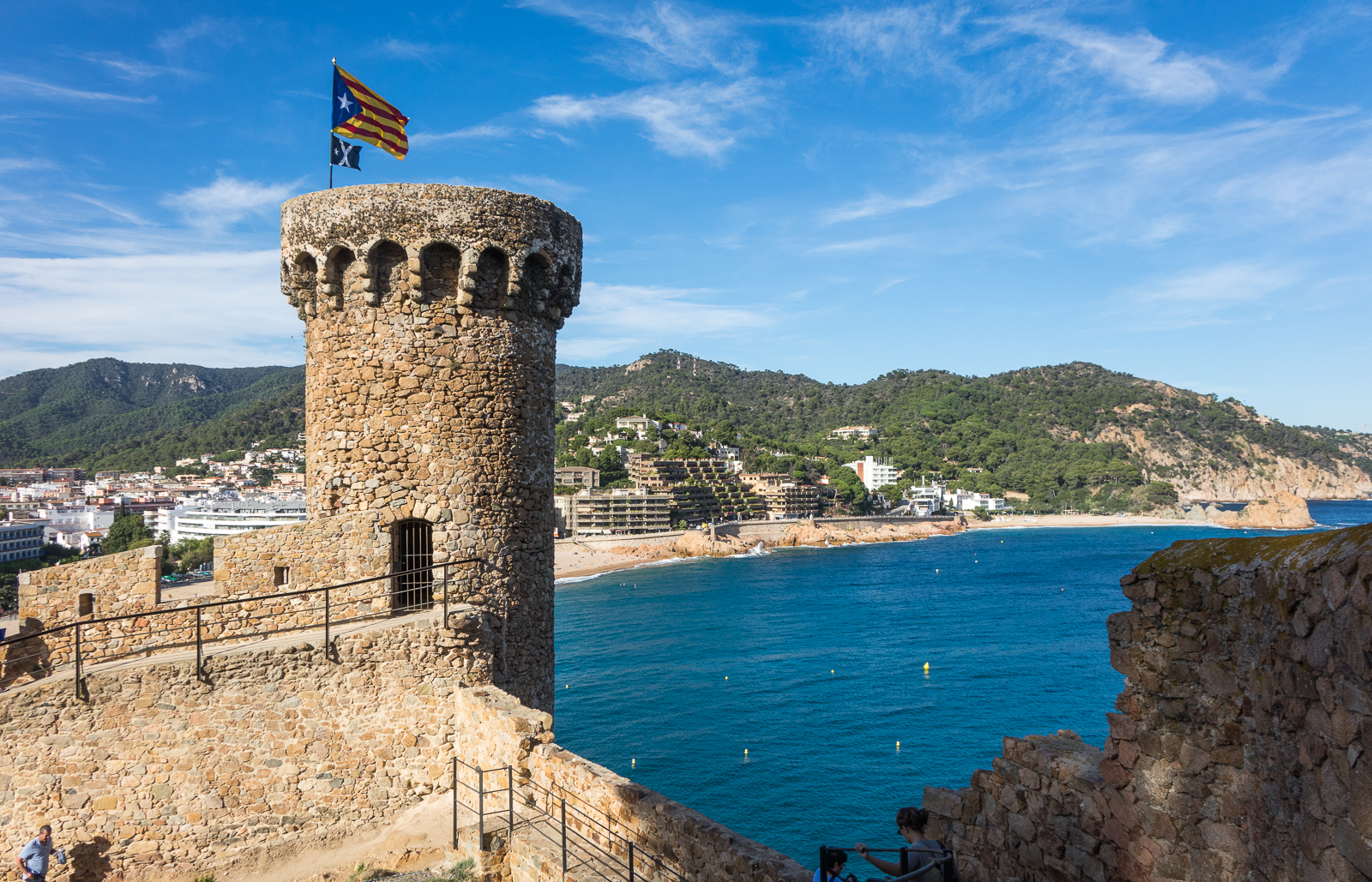
”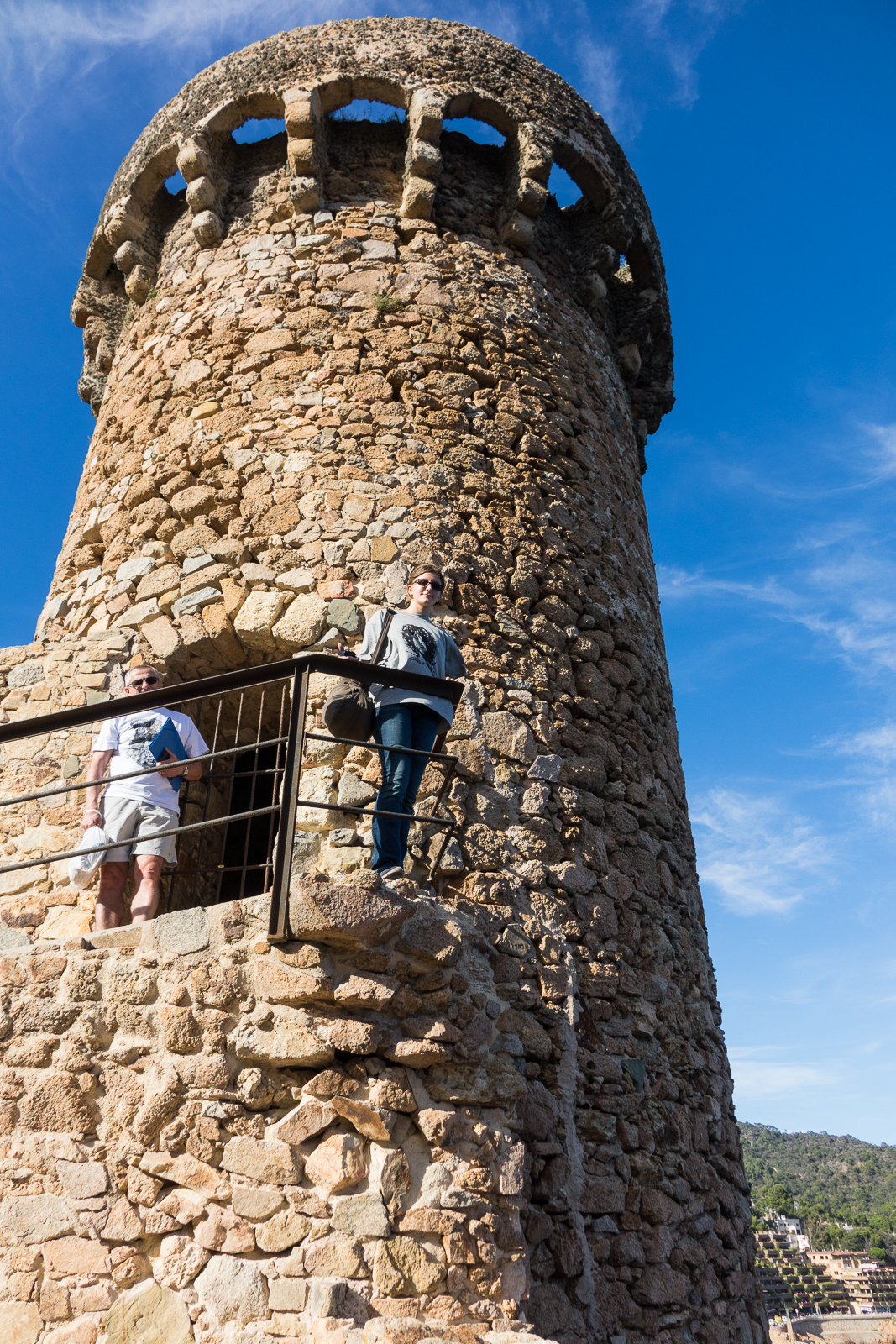
”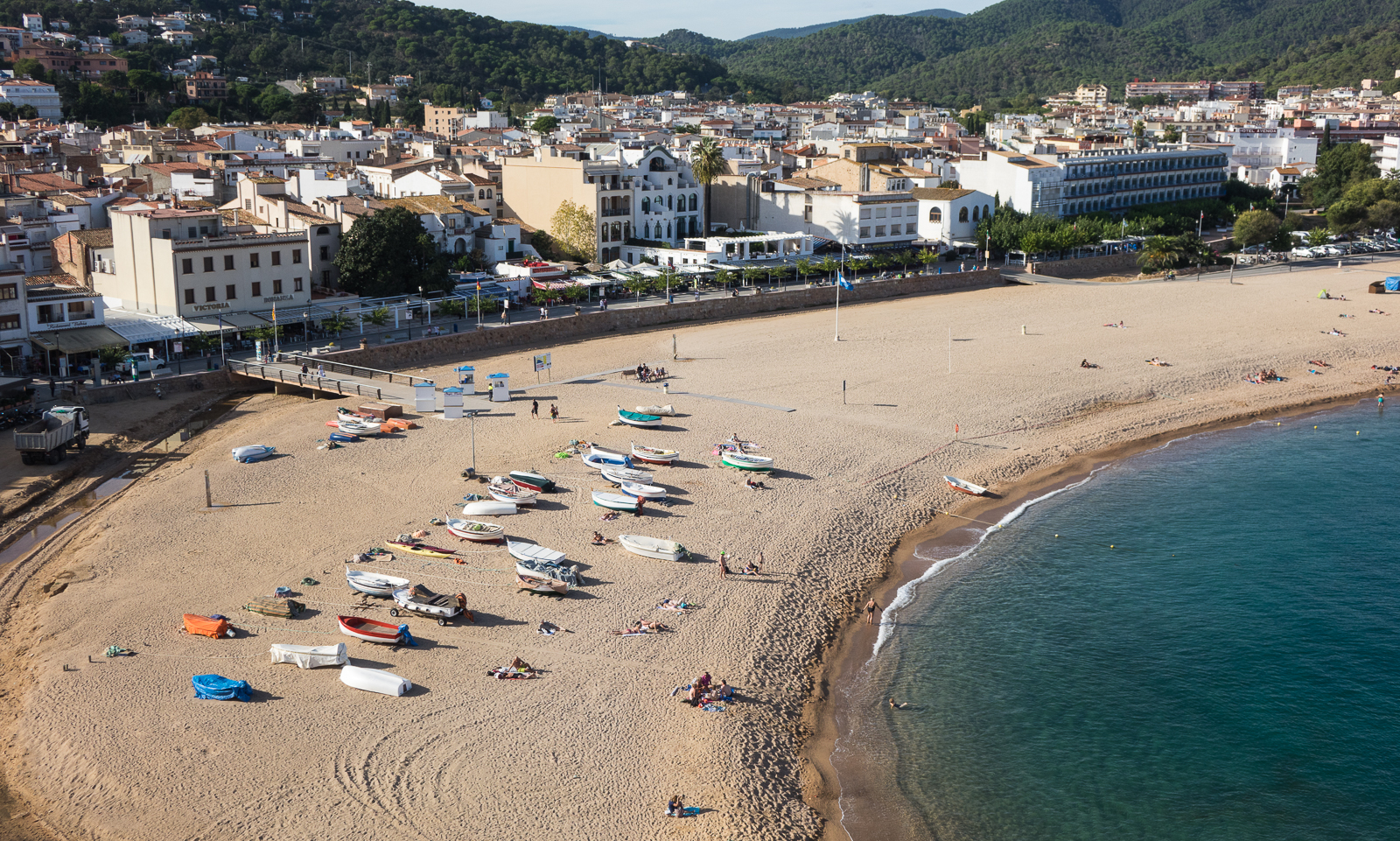
”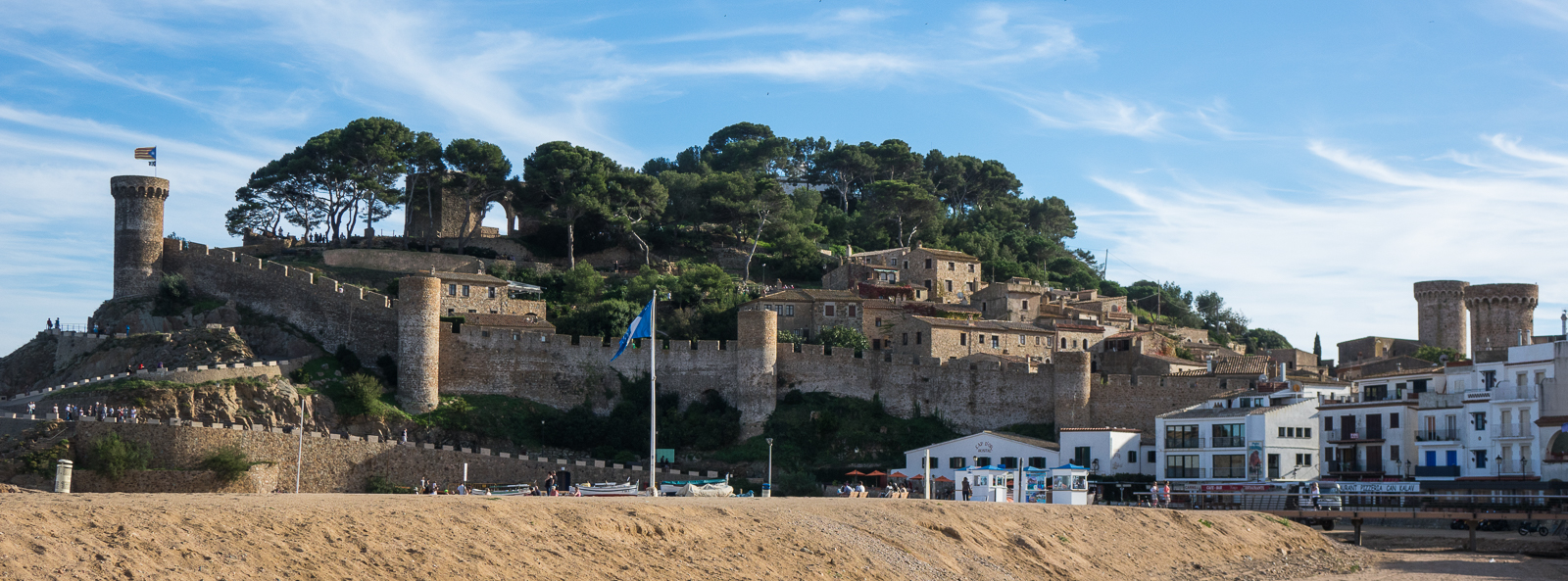
Lobby of the Palau de la Musica Catalana
”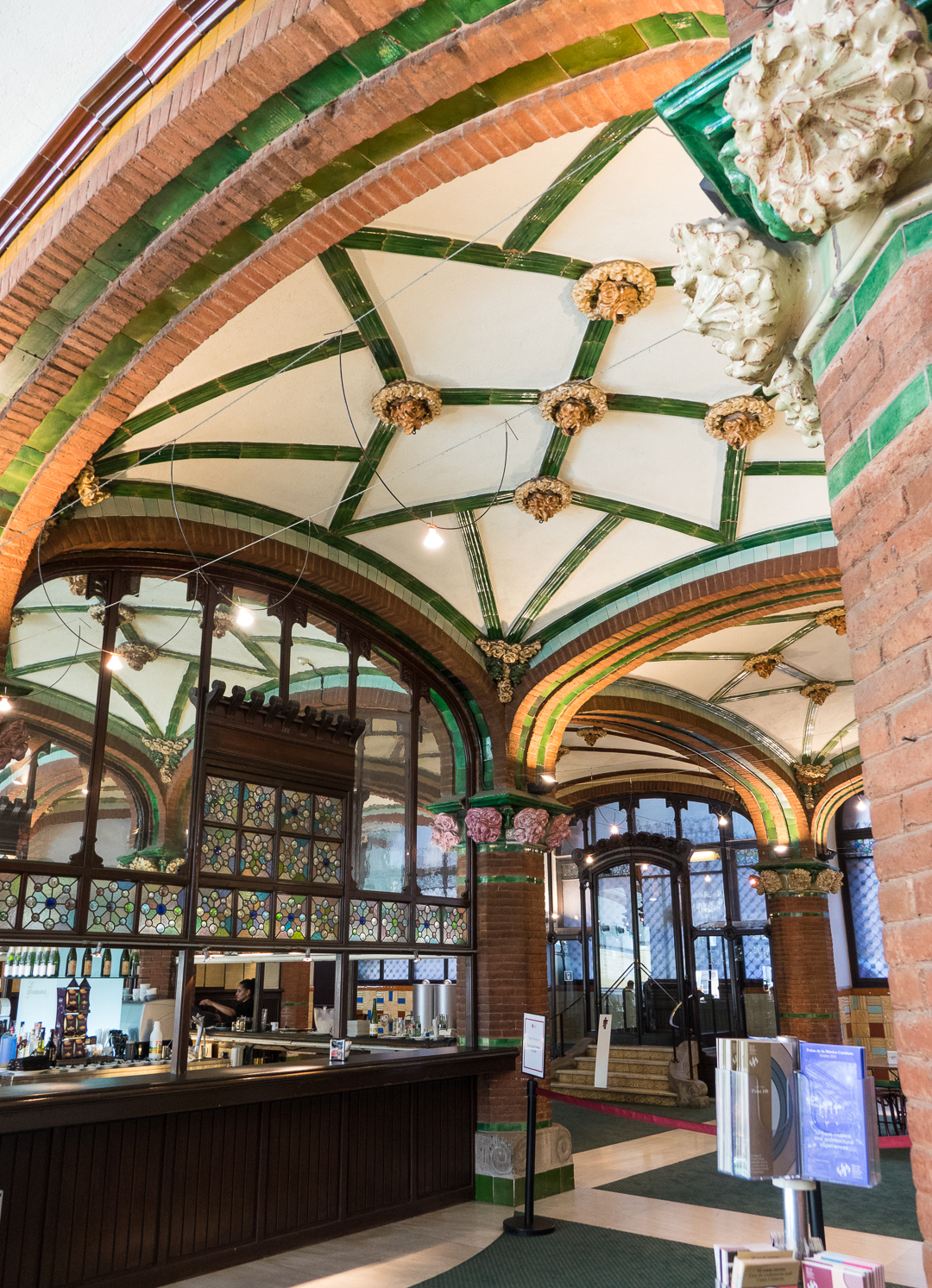
Marie and I decided to book a tour with a separate group to see the interior of the Orfeo Catala, based on photos I had seen in a book about Barcelona. Will be interested to see if Mara attended any performances here during her family’s visit to Barcelona. This place was well worth the time.
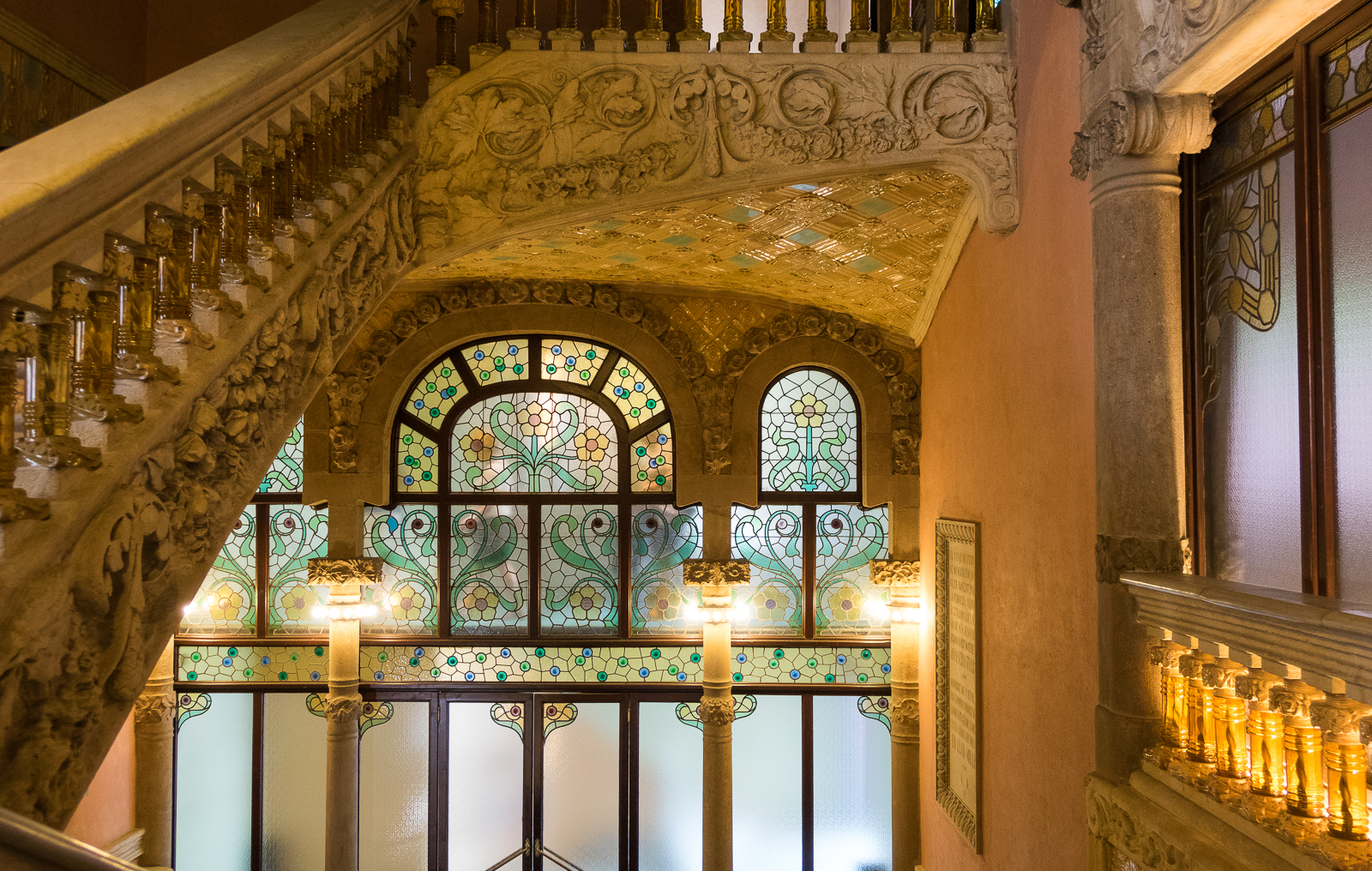
Here is the stage. Fabulously ornate. Sculpture on the left is a tribute to a local choral director and the one on the right is a tribute to Wagner.
”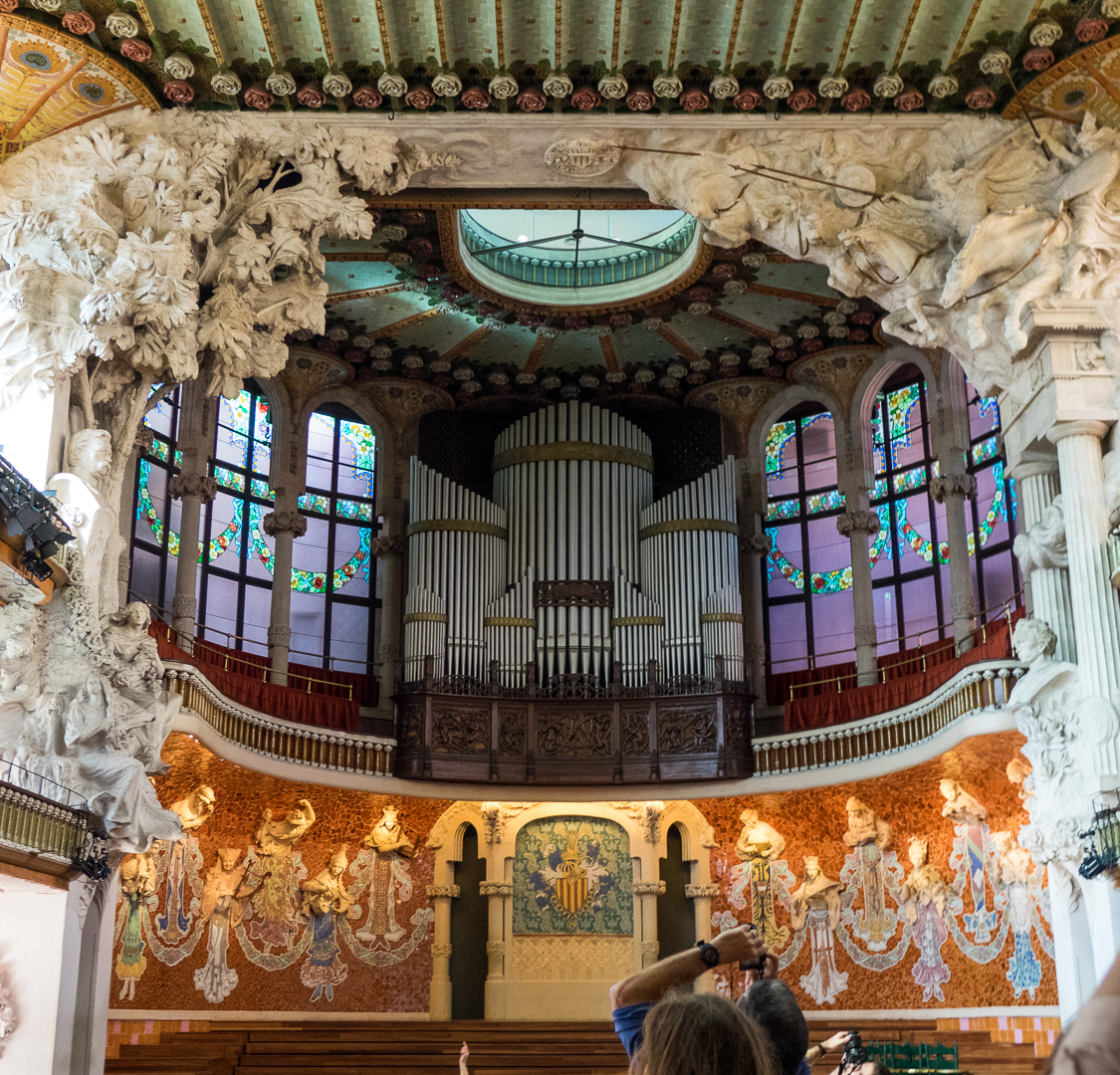
The Muses on the back wall of the stage are intended to spring forth from the mosaics on the wall. Loved the graceful figures and musical themes.
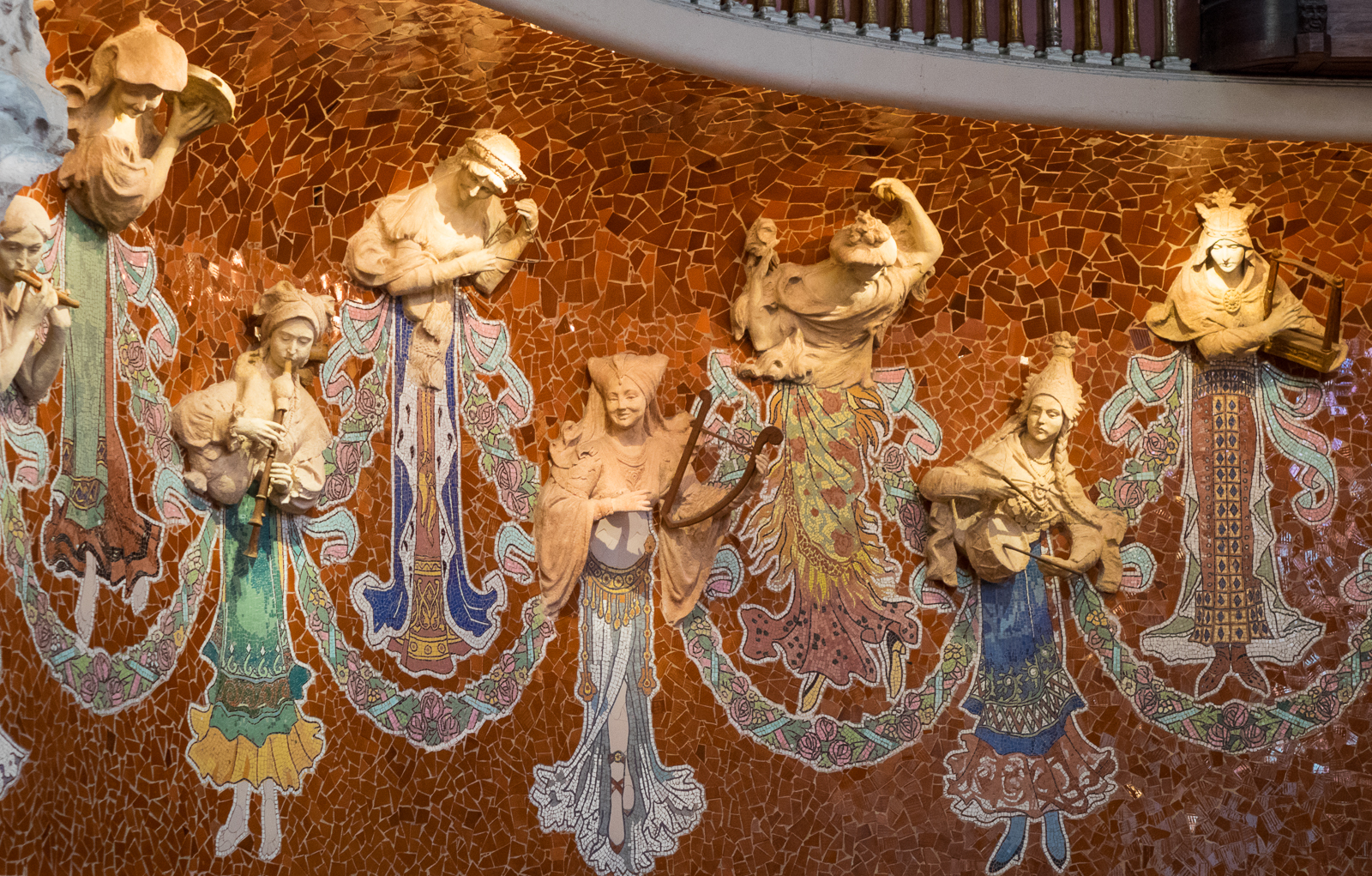
”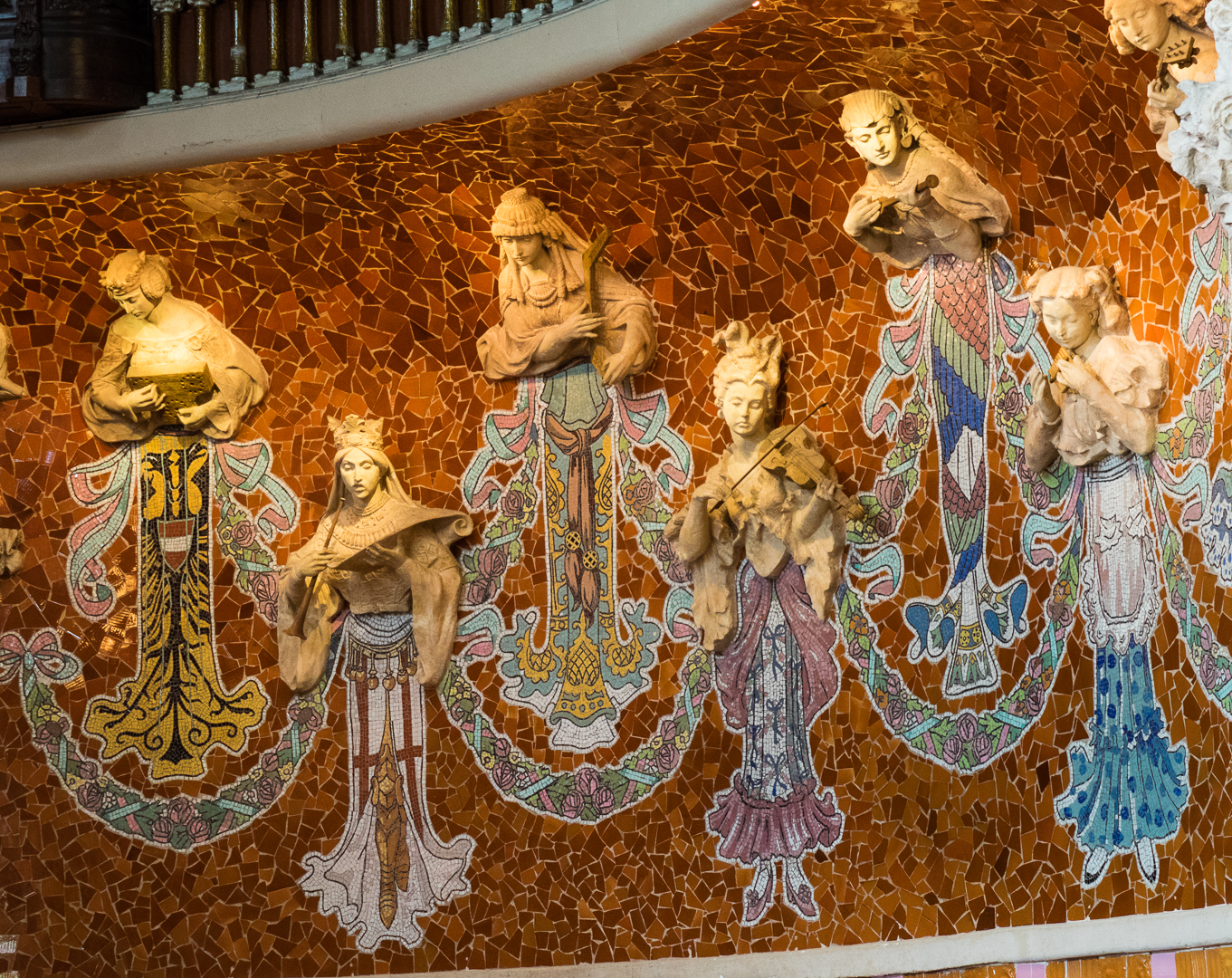
The glass dome above the theater is very “modernista”.
‘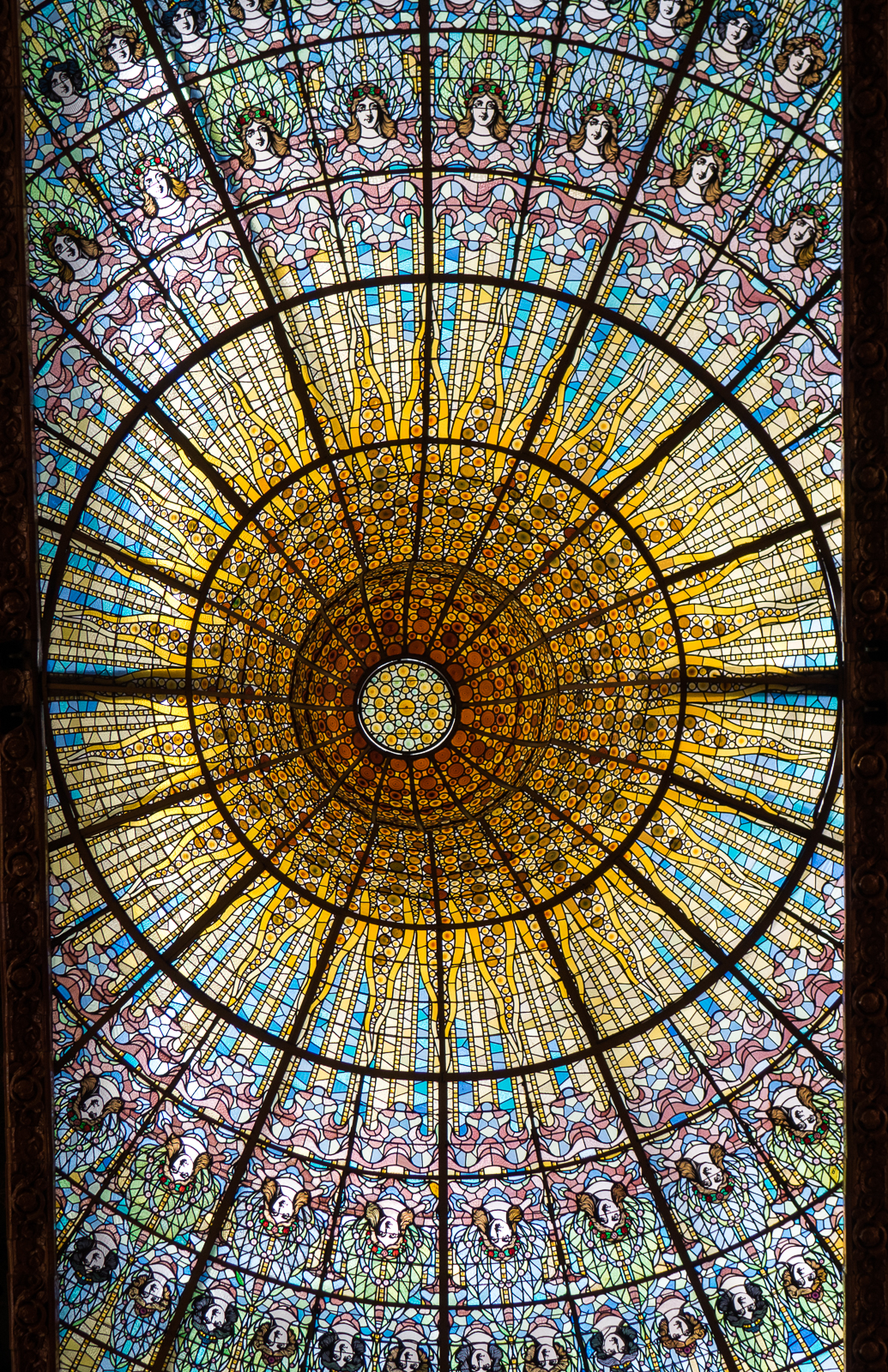
Wider view of the dome and ceiling as you look up from the seats in the theater.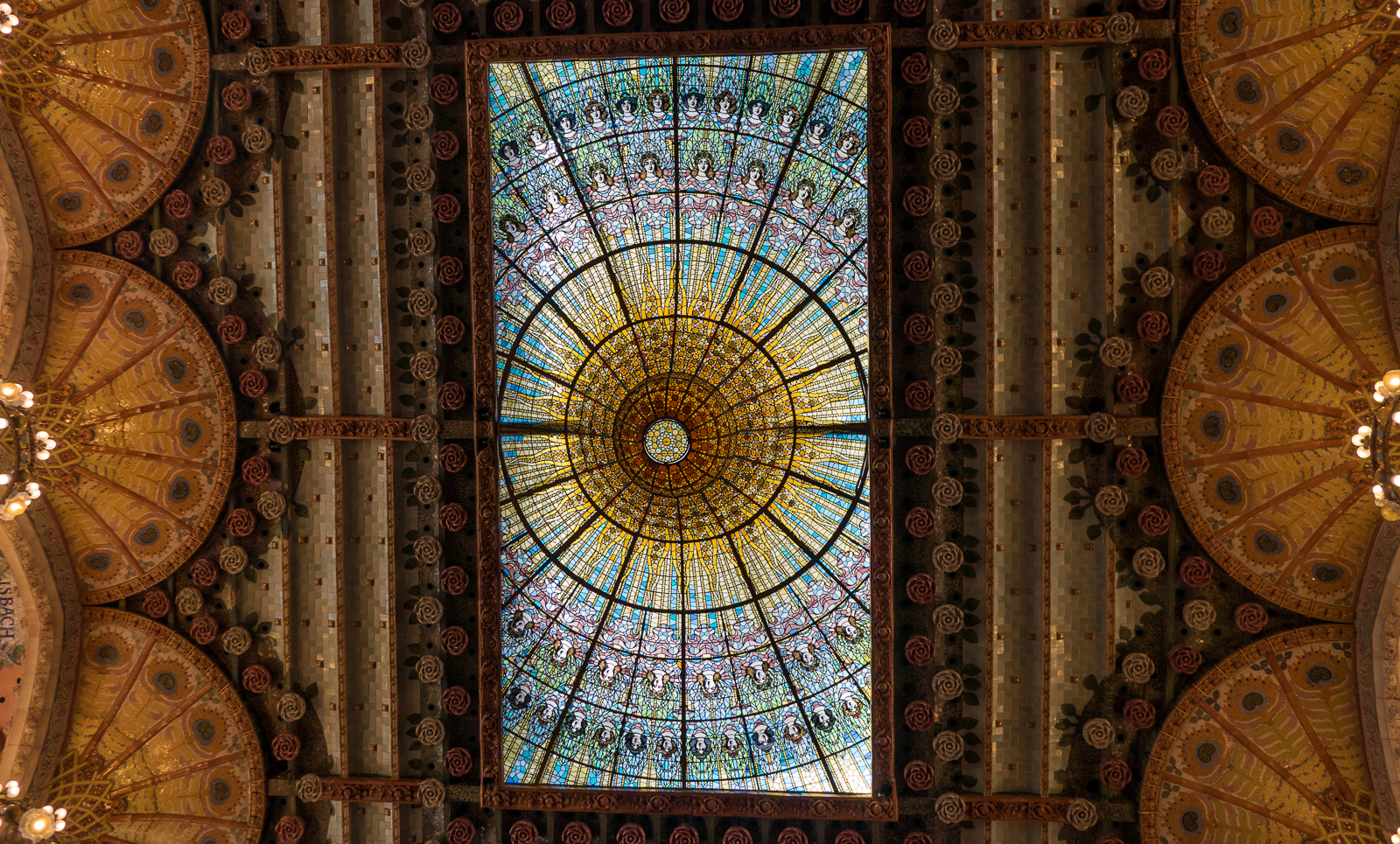
Upper side balconies in the theater.
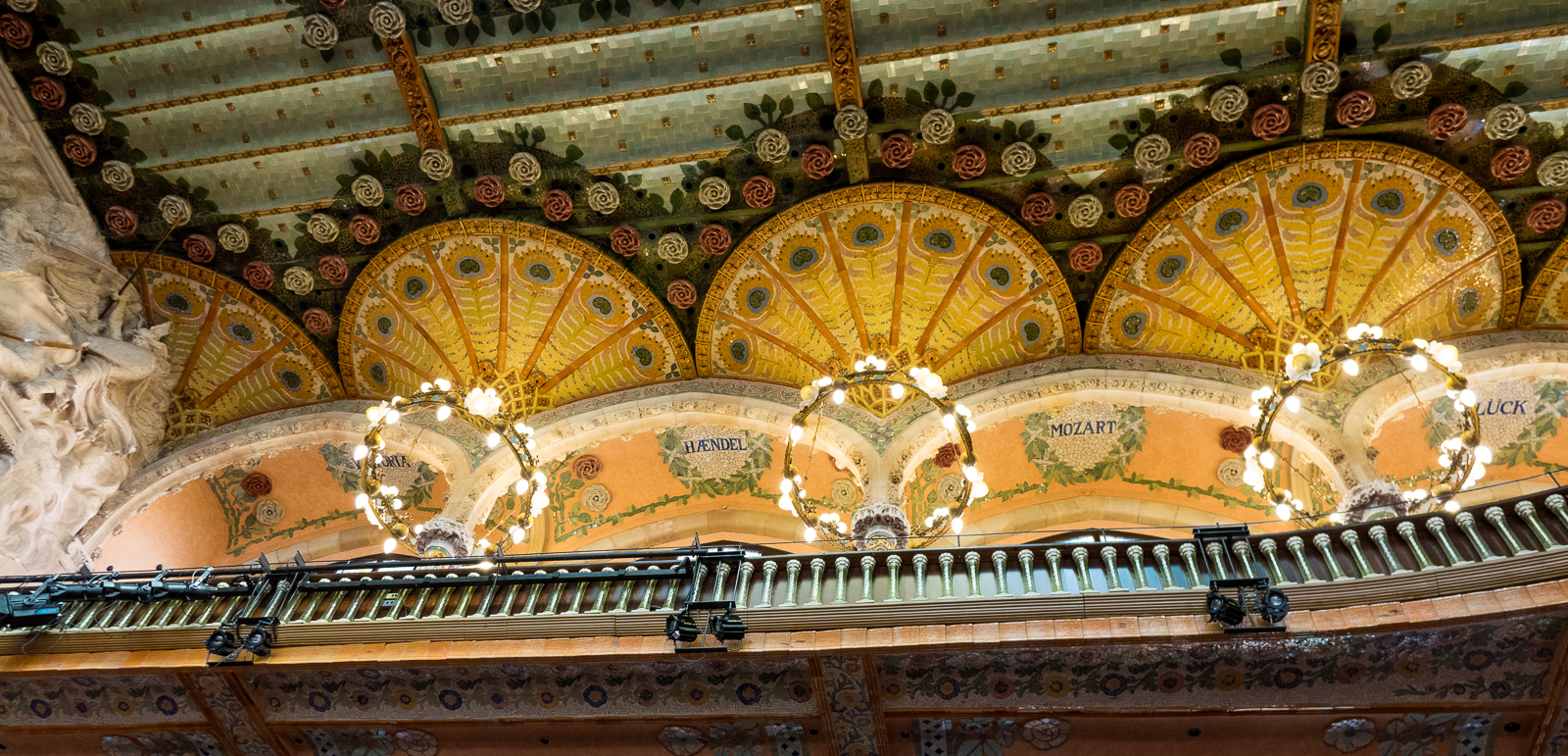
Statue featuring Catalan choral director.
”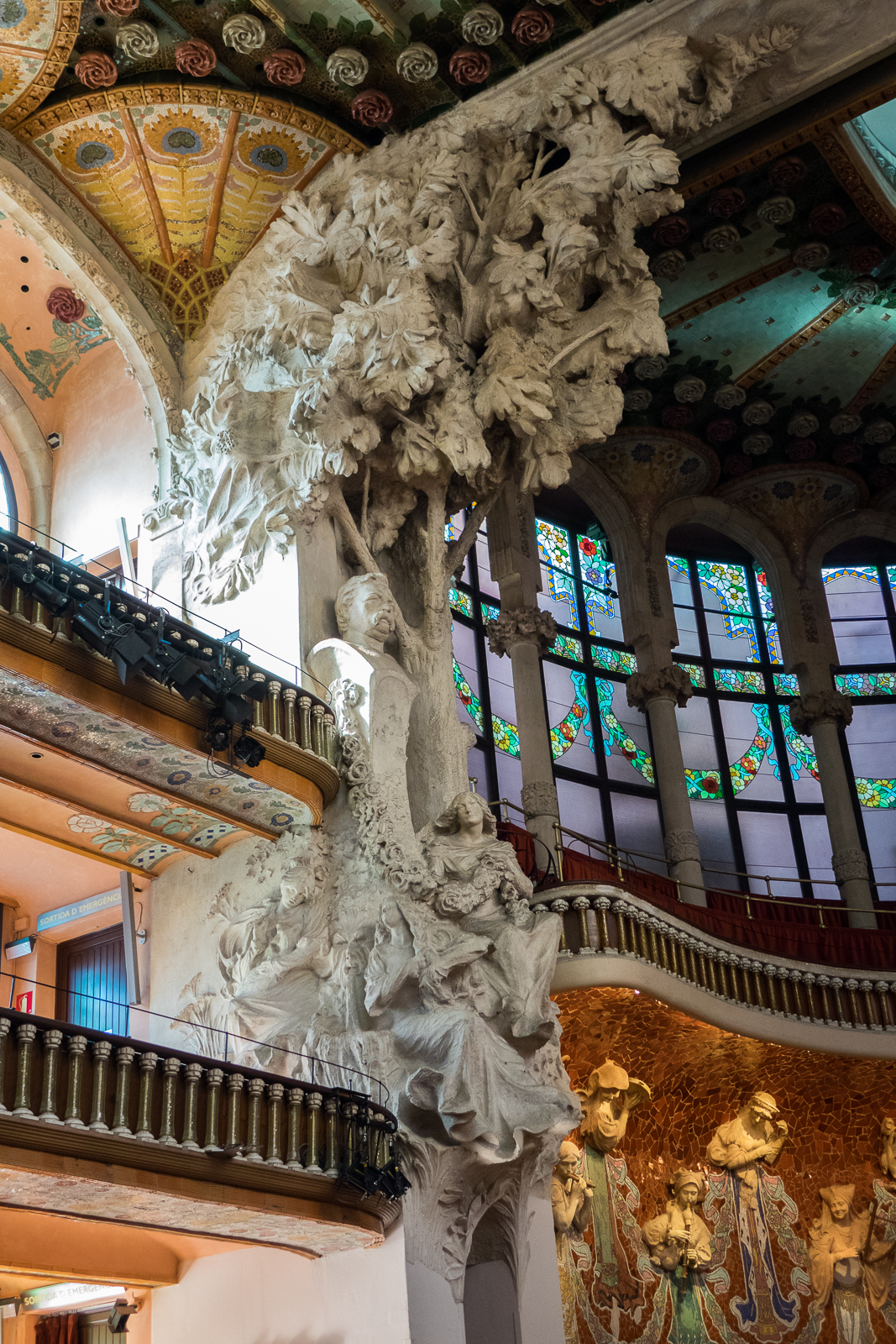
Wagnerian statues.
”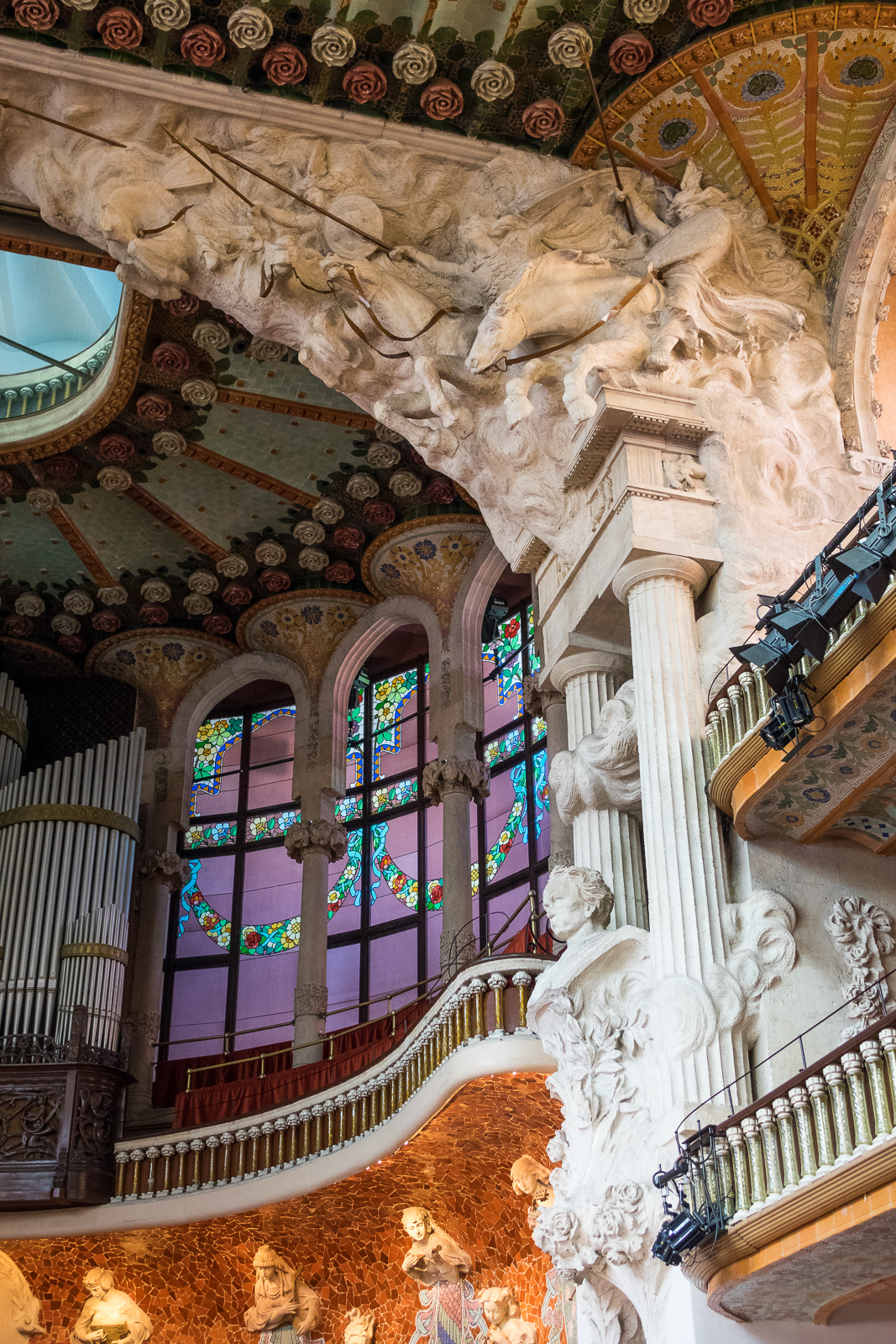
I imagine these are areas to stroll during intermissions. You can see the exterior mosaic columns on the balconies outside.
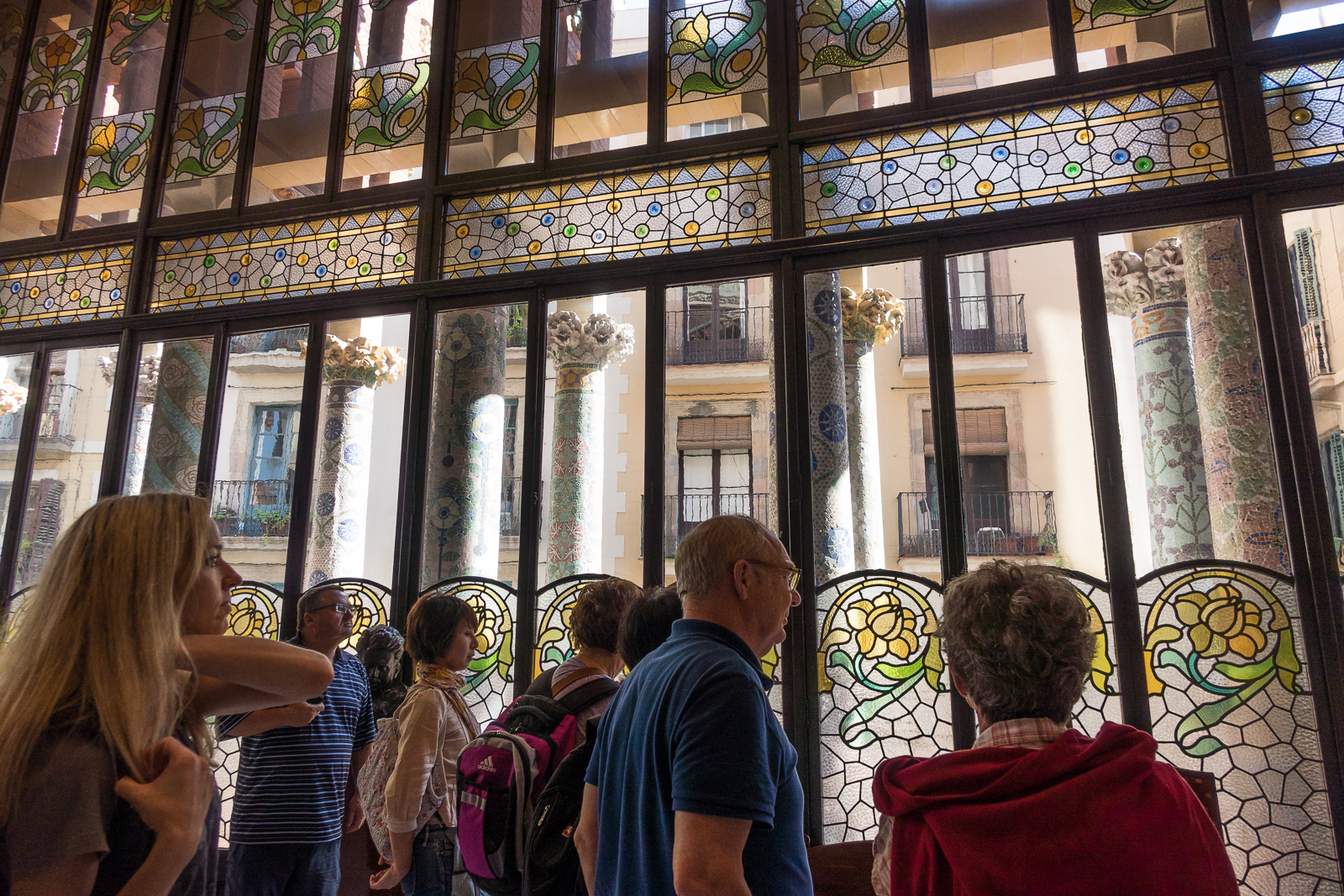
”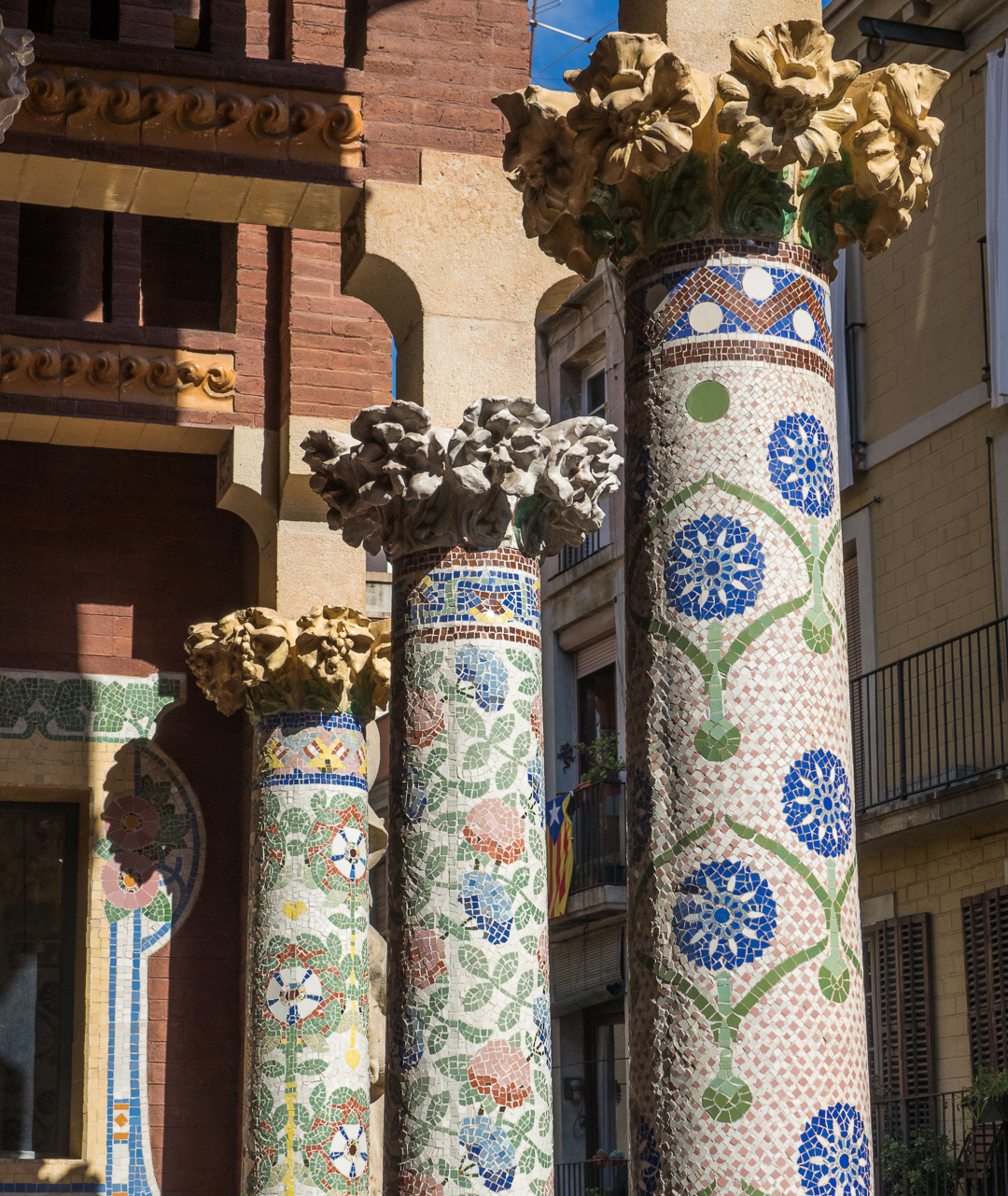
You can only enjoy this if you pay for a performance or take the tour–tours are offered in Spanish, English, German, and French.
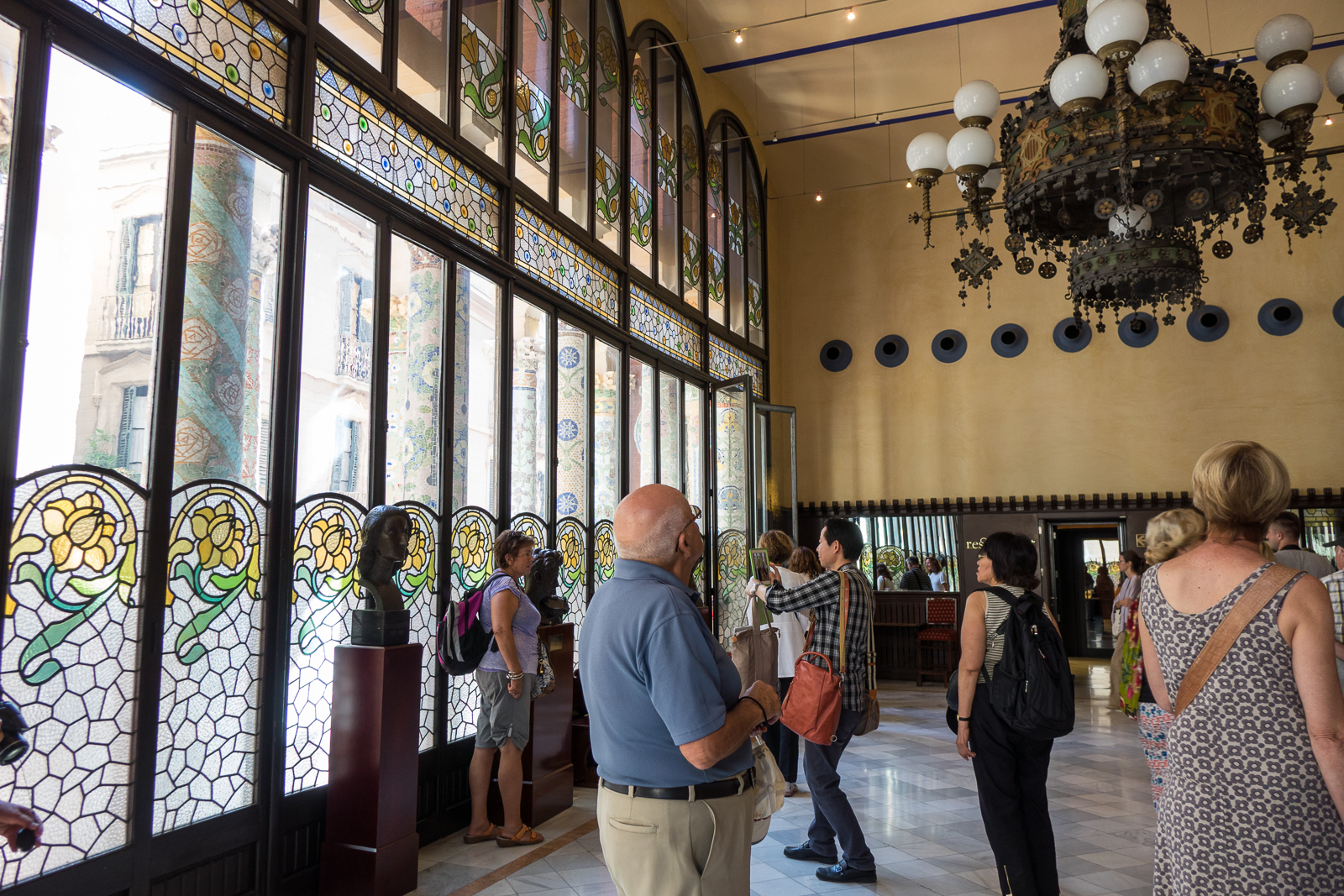
Side view of the glass mosaic dome over the theater.
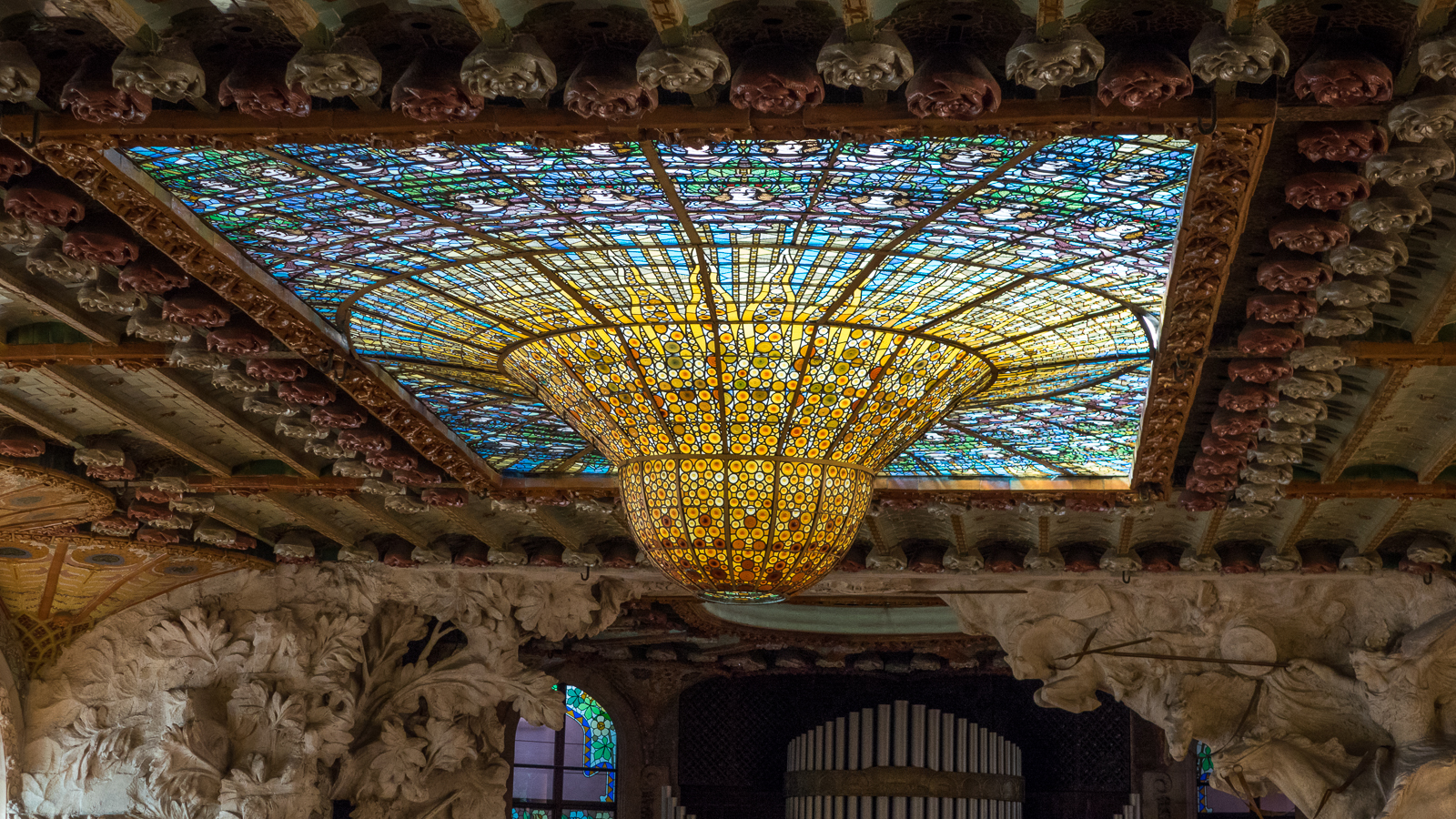
Wide view of the theater.
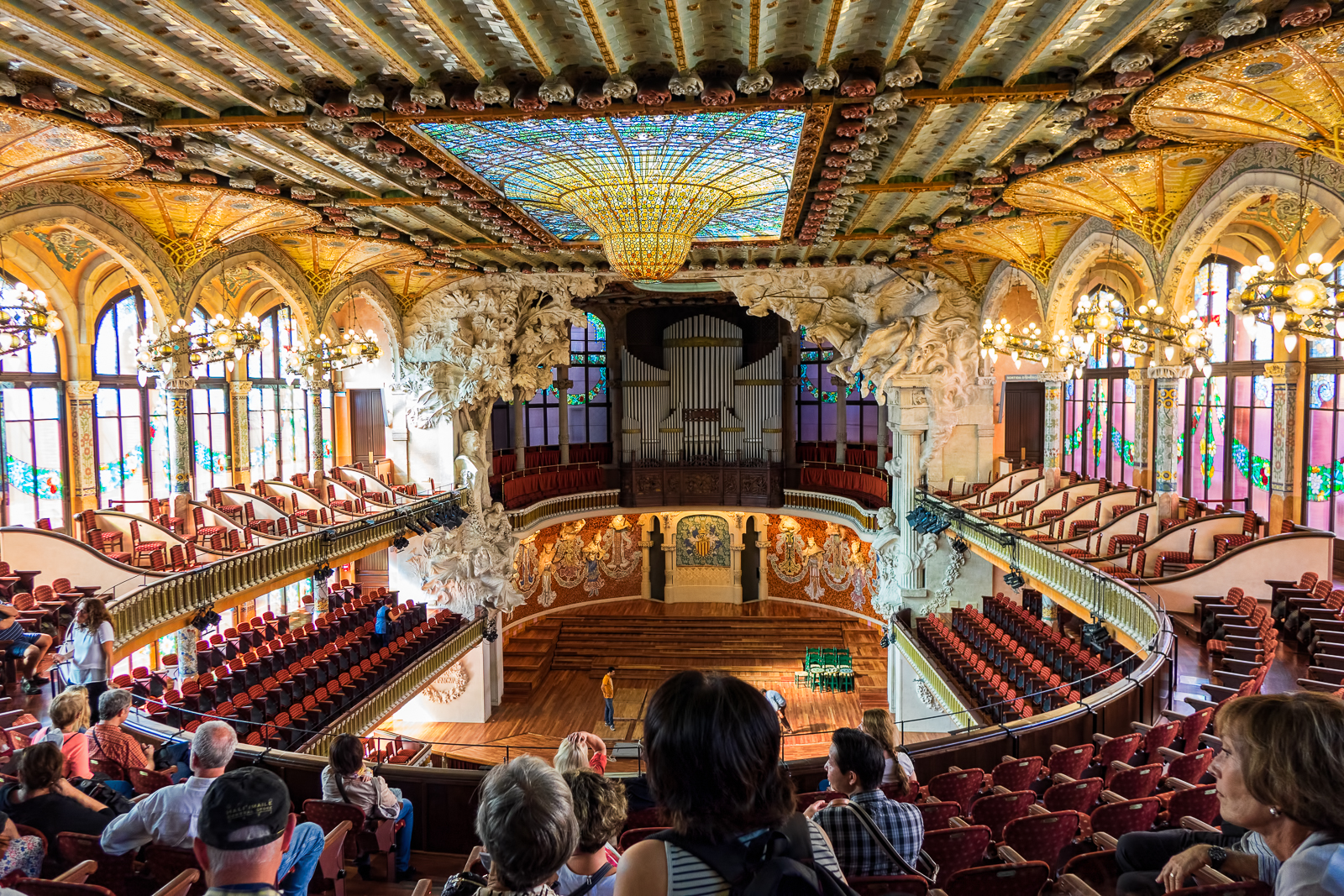
They did play a short organ piece to show off the great acoustics of the theater. I really regret not having time to attend a concert, because the acoustics were wonderful. Notice that the workmen are setting up a smaller wooden platform for a flamenco performance scheduled for that evening.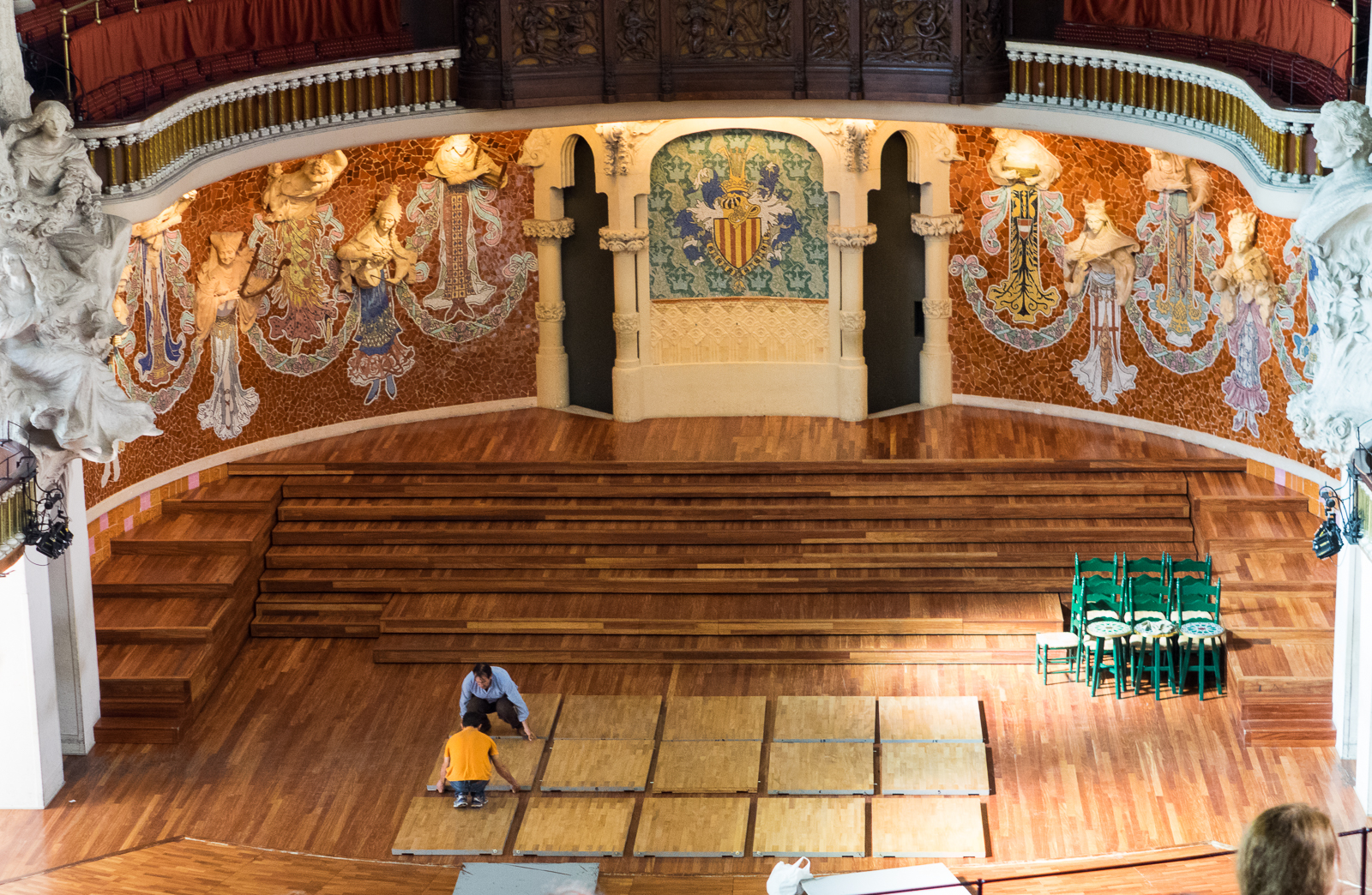
Parc de la Ciutadella–our meeting place at the end of our last day in Barcelona.
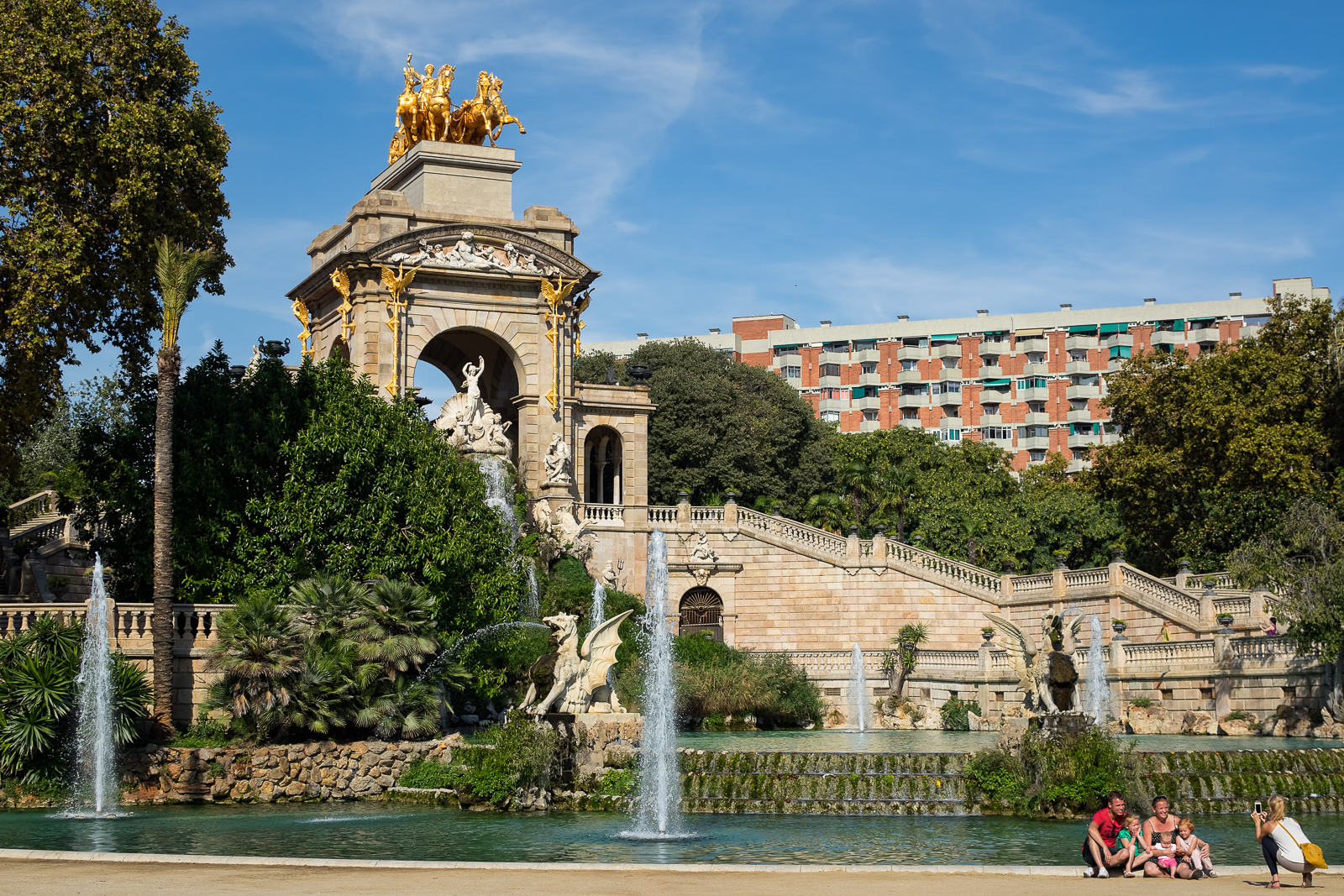
”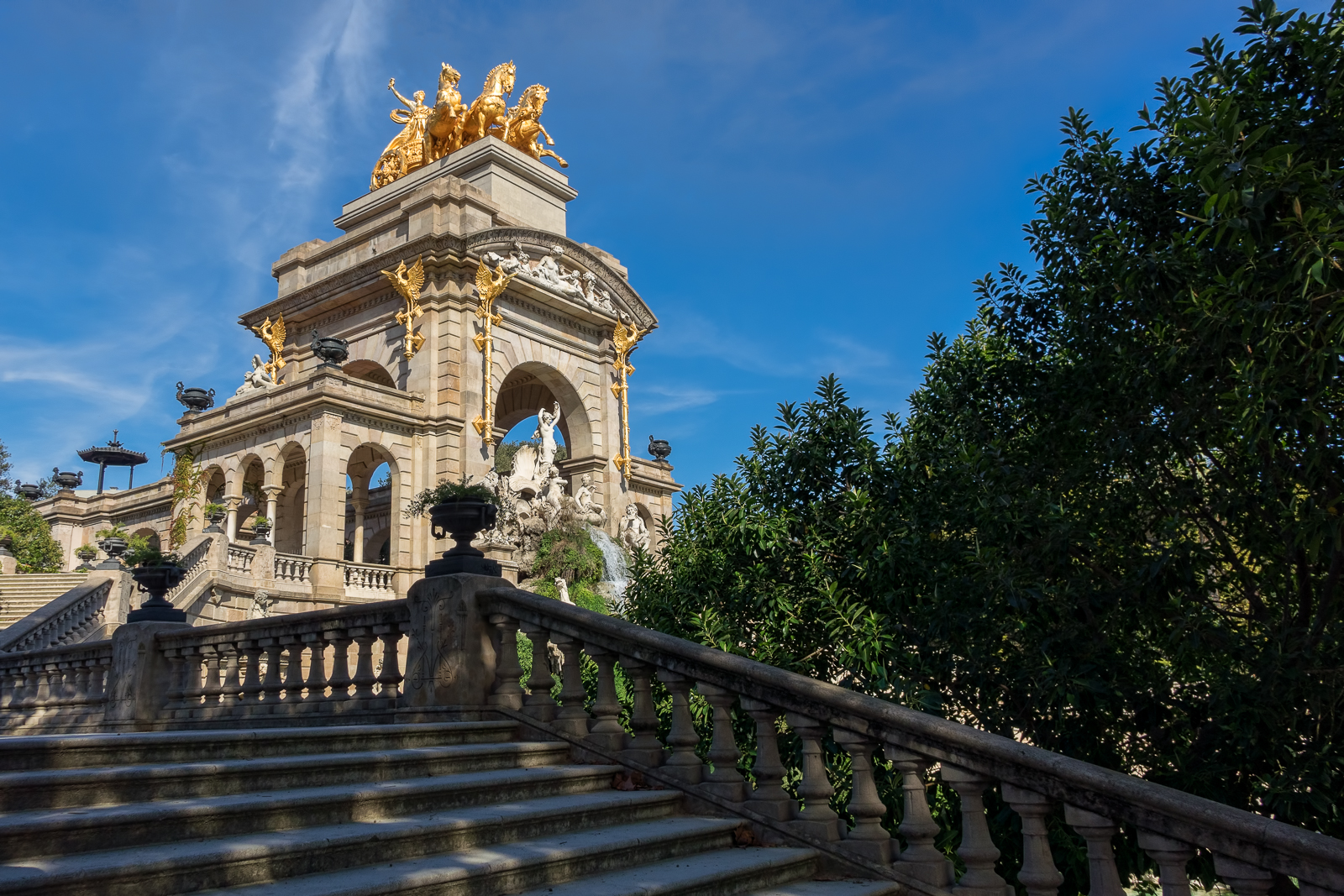
A man was blowing bubbles in the park, to the great delight of crowds of children.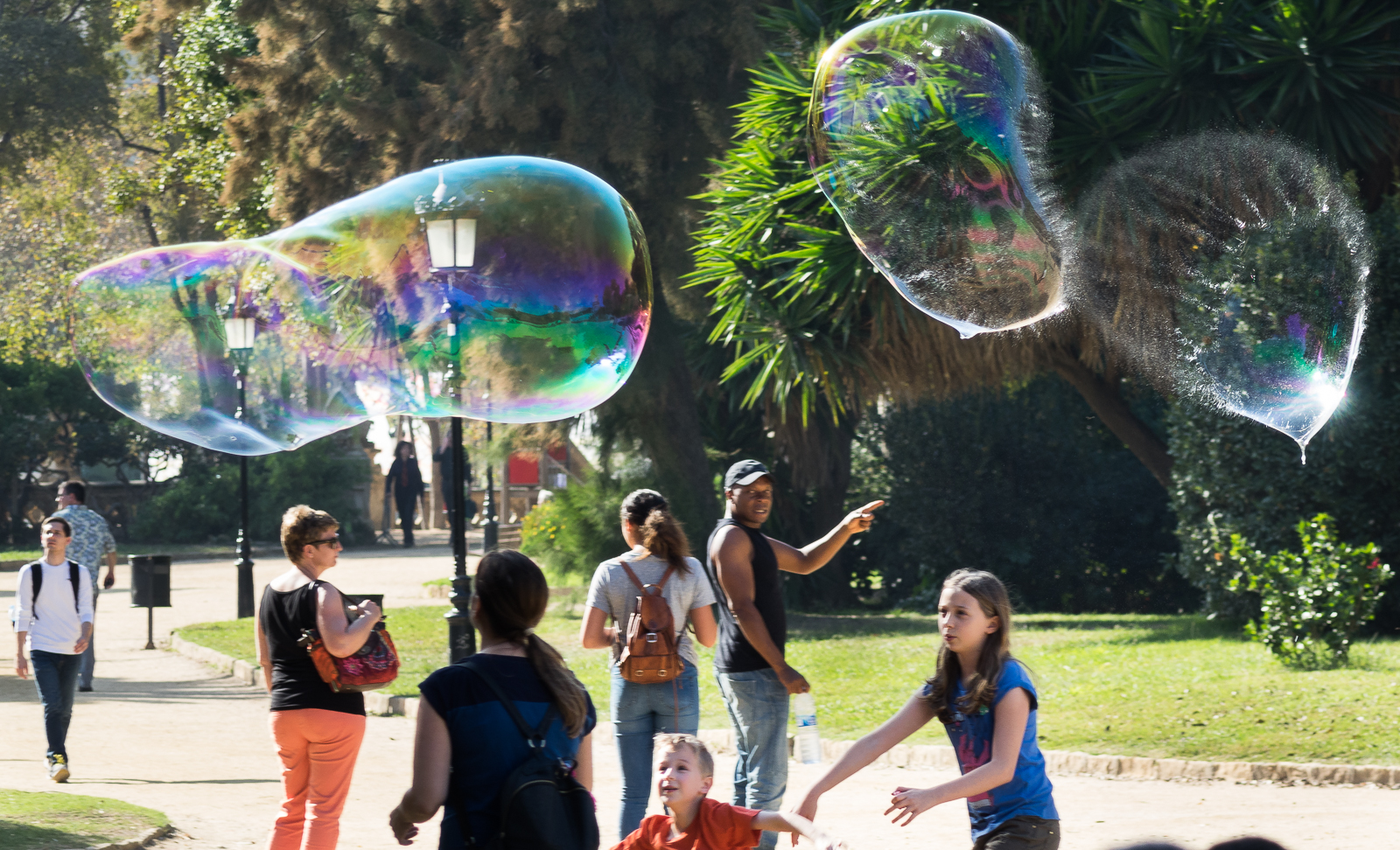
Our “Last Supper” as Elena called it, was arranged at a restaurant called Tapa Tapa on the beach. Segway tours were available in many cities in Spain.
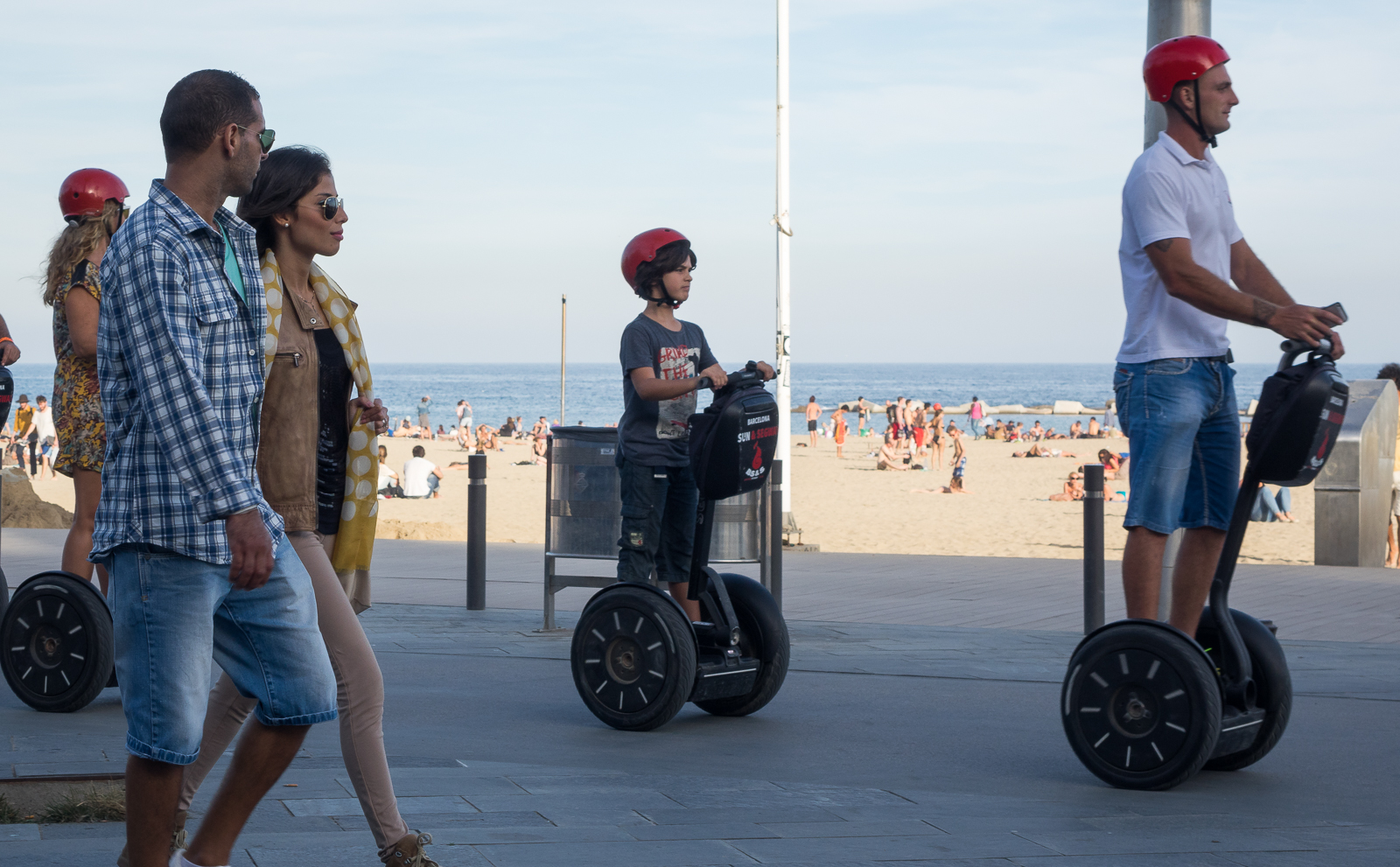
Everyone enjoyed the sand sculptors along the beach in Barcelona. Notice he has casks with “blanco”, “tinto”, “rosado” for wine.
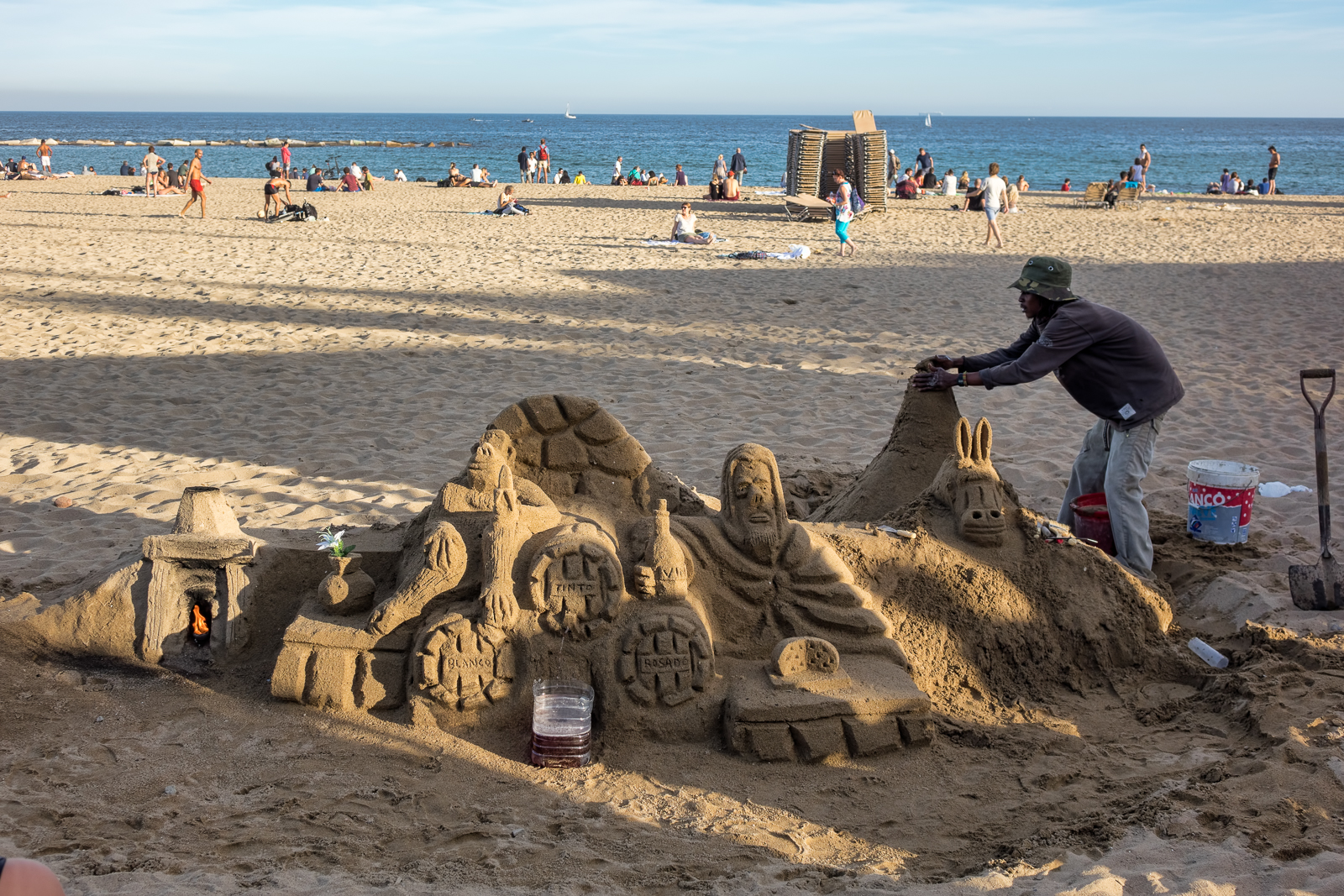
Group dinner at Tapas Tapas near the beach.
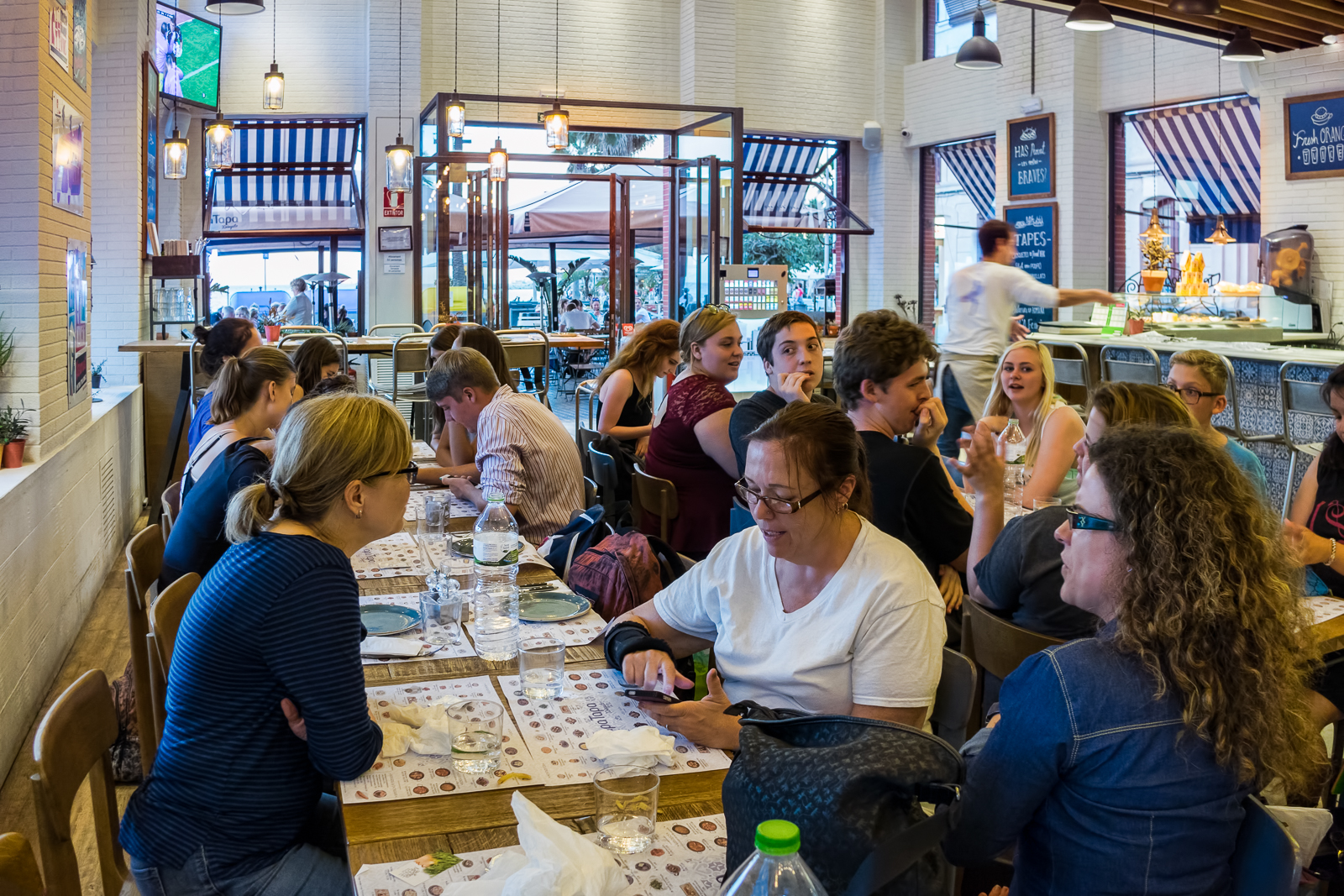
”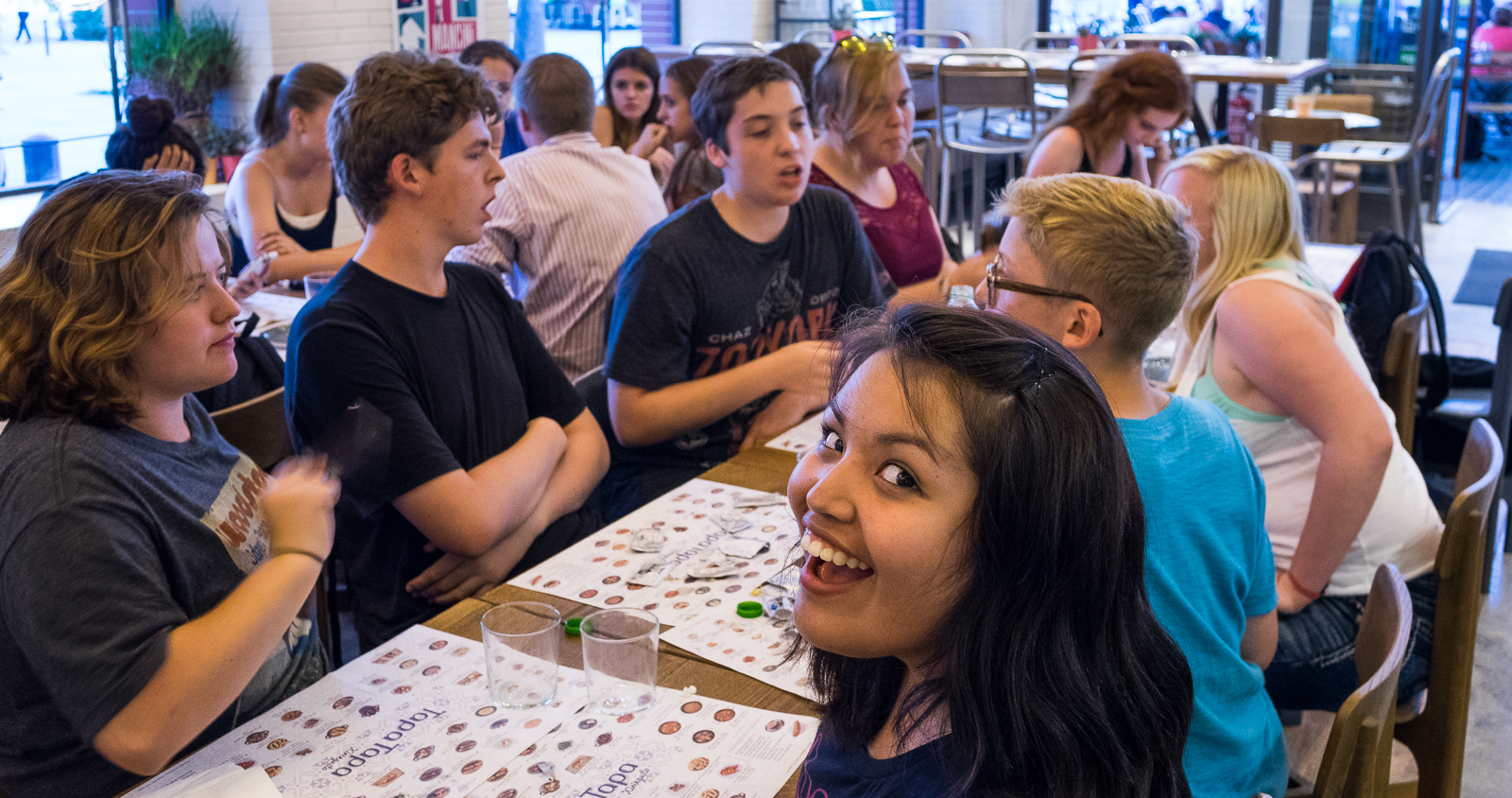
”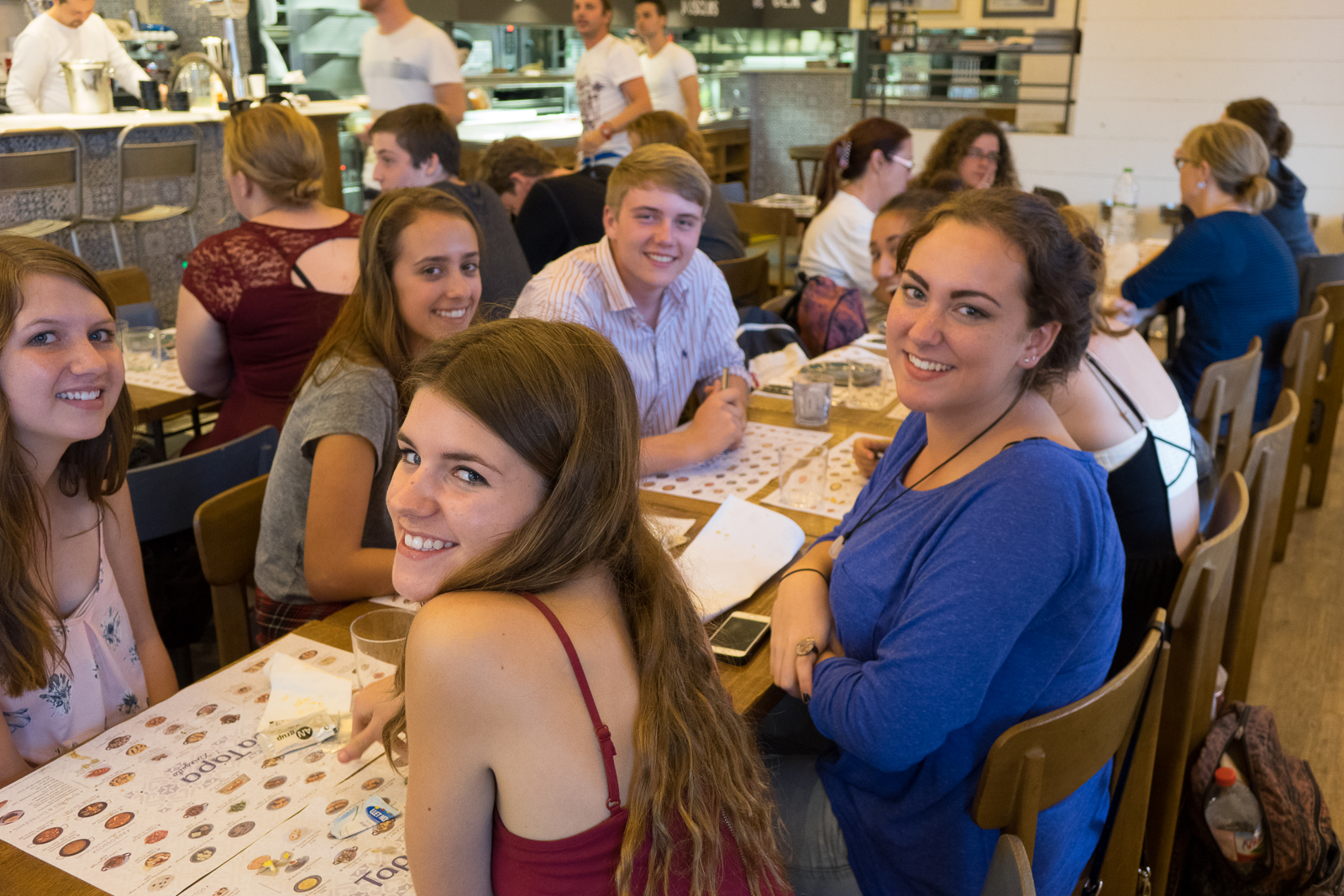
Barcelona–Orfeo Catala or Palau de la Musica Catalana. Marie and I visited this alone separate from the tour group. The choral theater was not on our tour agenda and after seeing pictures of it related to the “modernista” architecture of Gaudi, I decided I had to see it. You actually have to hunt a bit to locate this music theater because it’s nestled among many equally tall buildings downtown. Rows and rows of glass columns line the balconies.
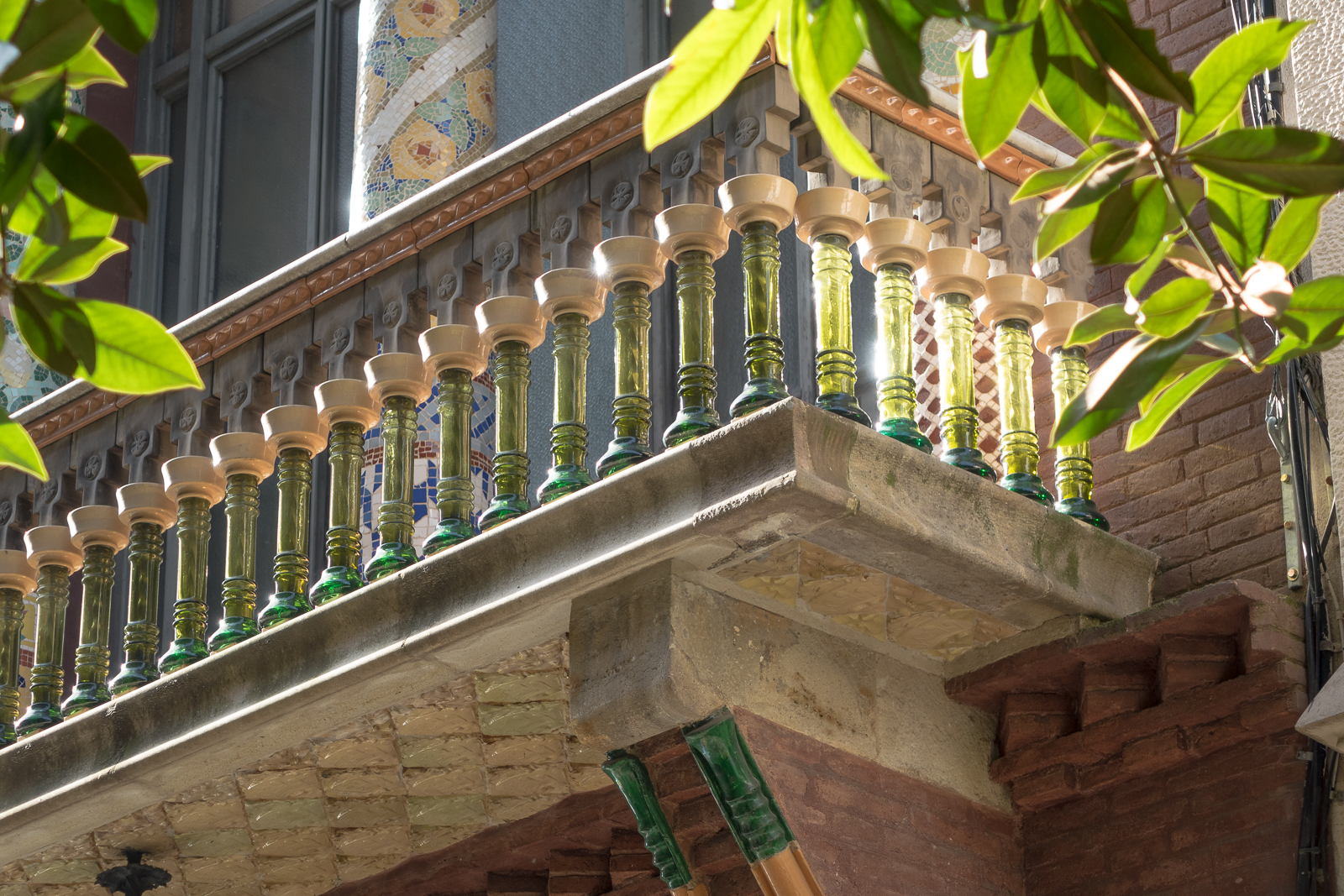
Columns have colorful mosaics and miniature floral sculptures.
”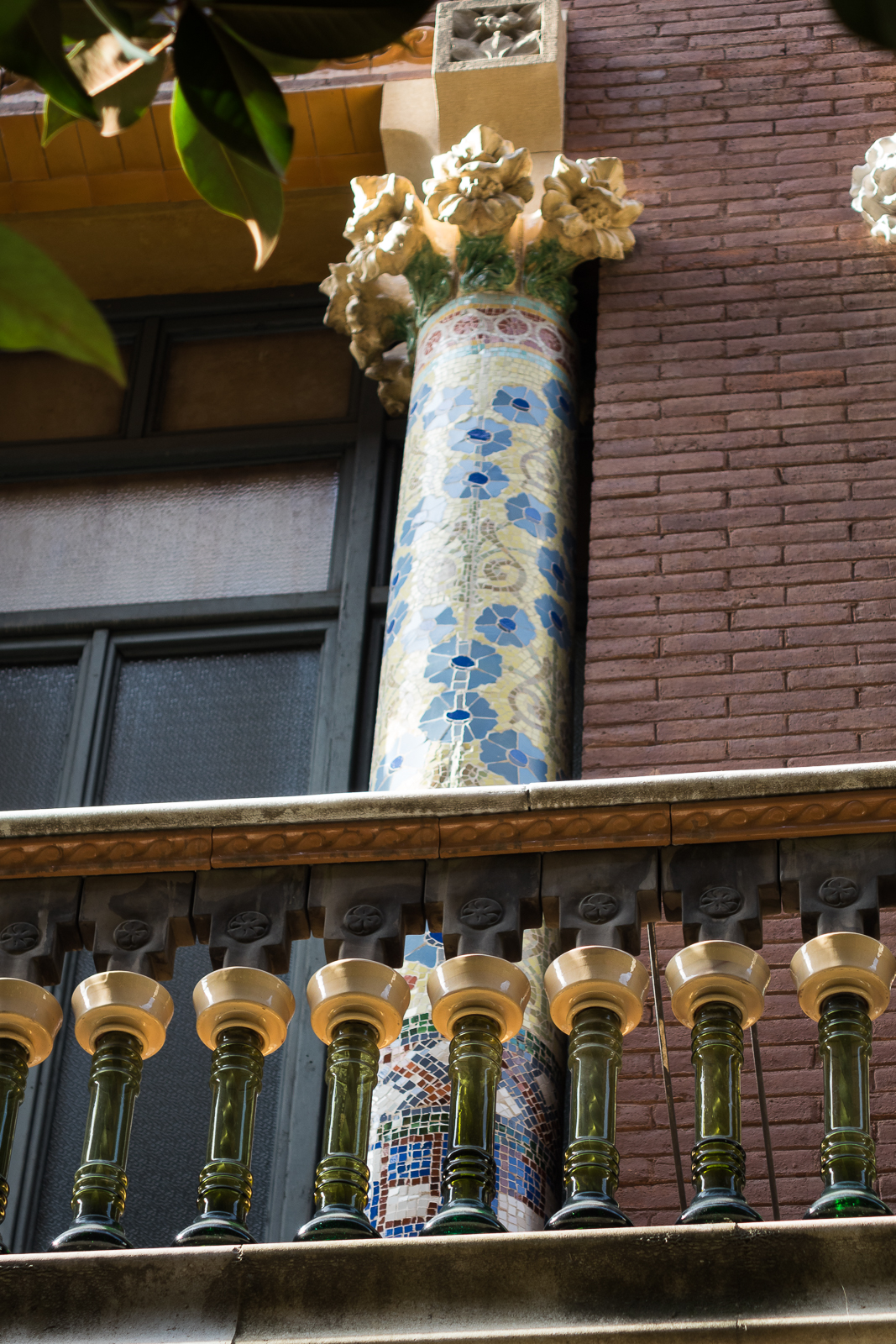
”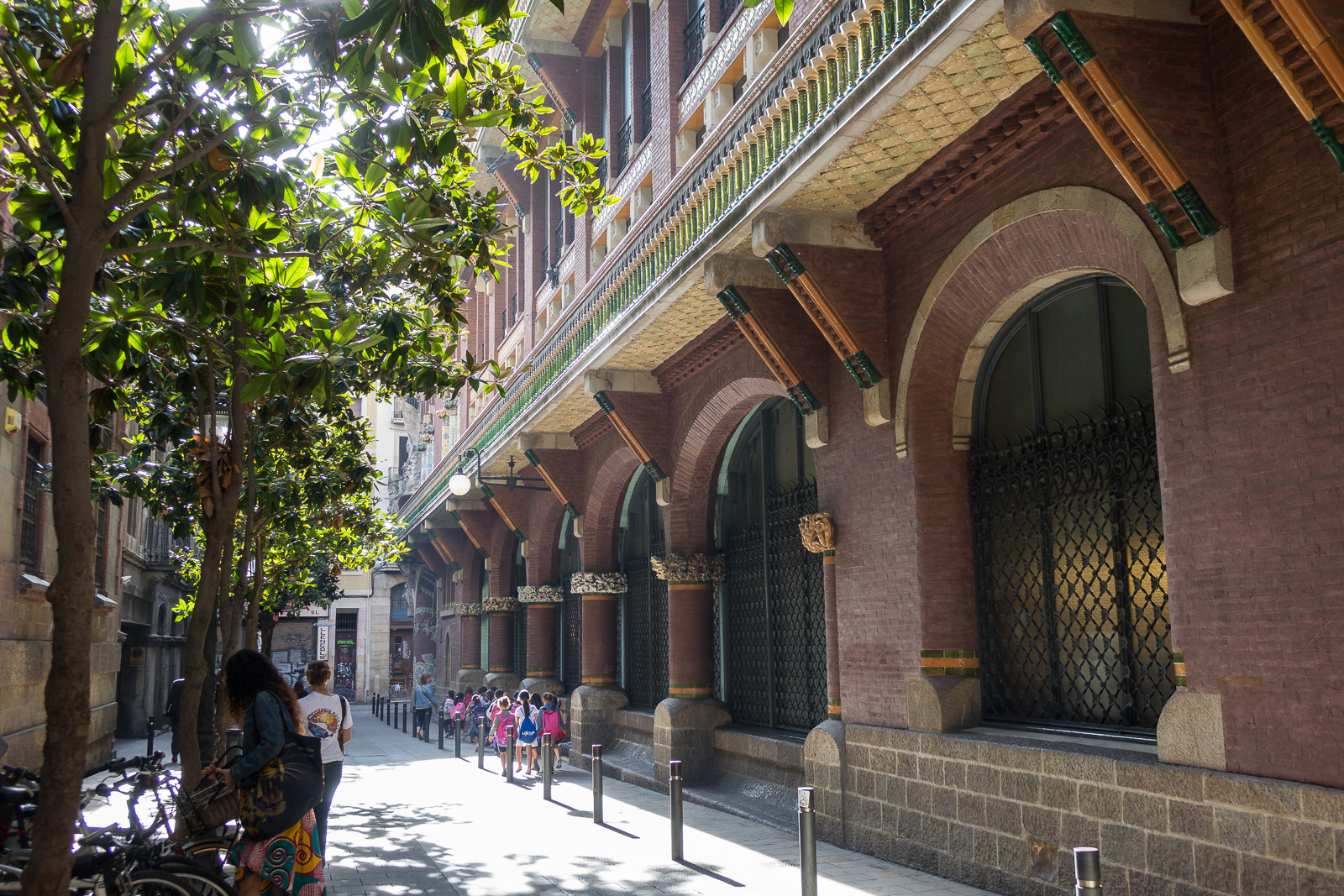
”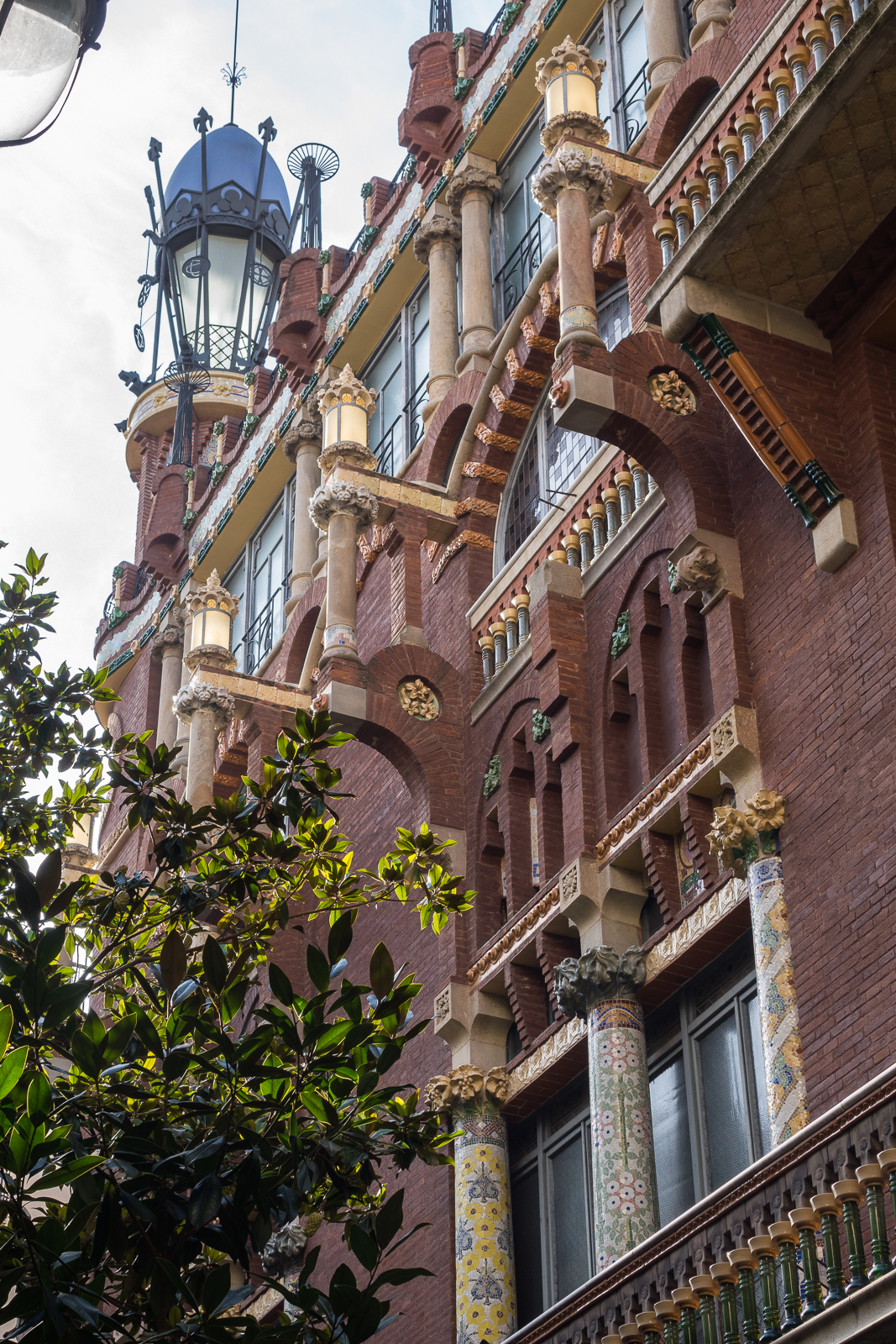
Front entrance to the Palau de la Musica Catalana. This was built in the early 1900’s at the height of the “modernista” architecture boom. The plan was to create a performance theater specifically for the numerous choral and musical groups of Barcelona. Community groups banded together to raise funds for its construction.
”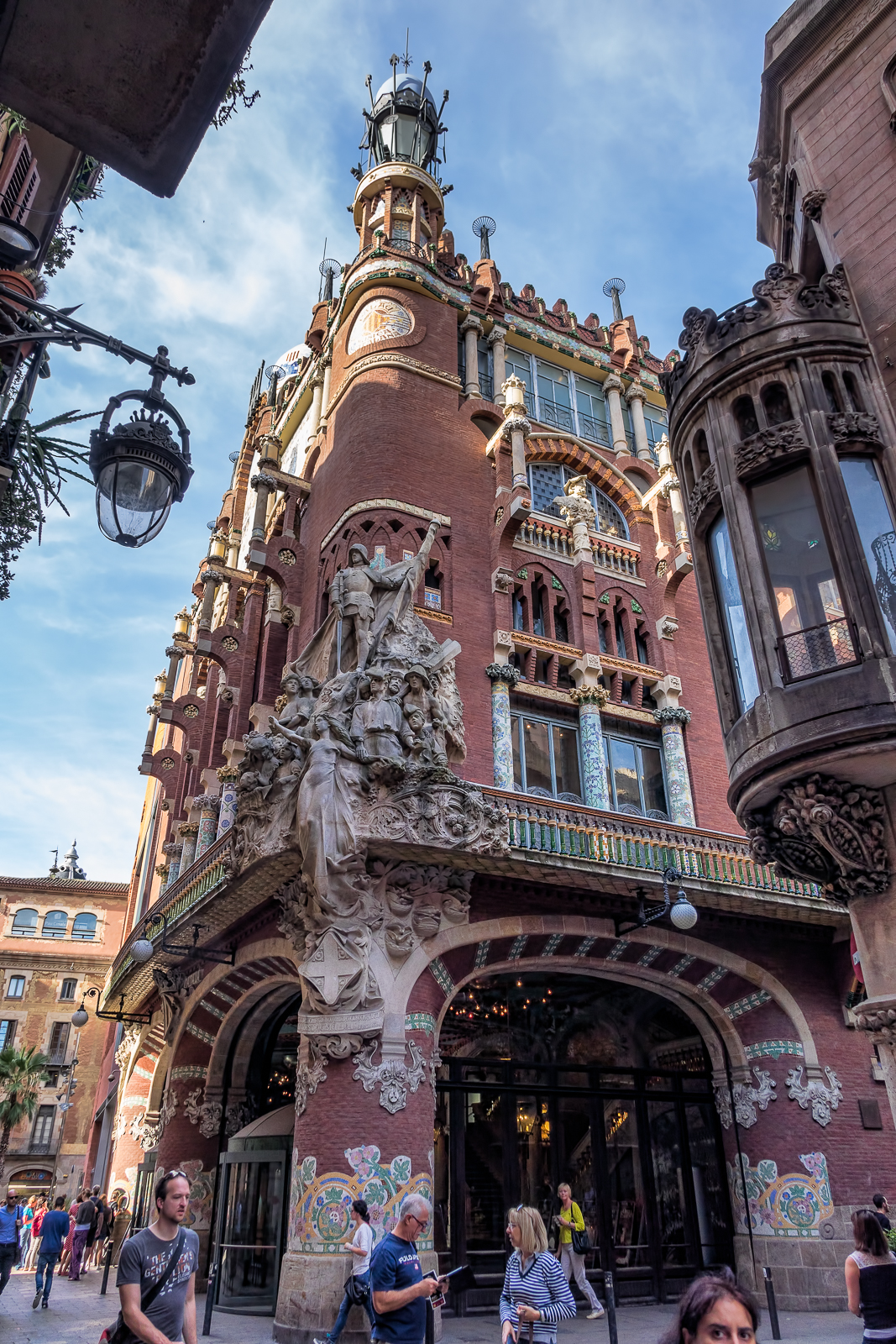
”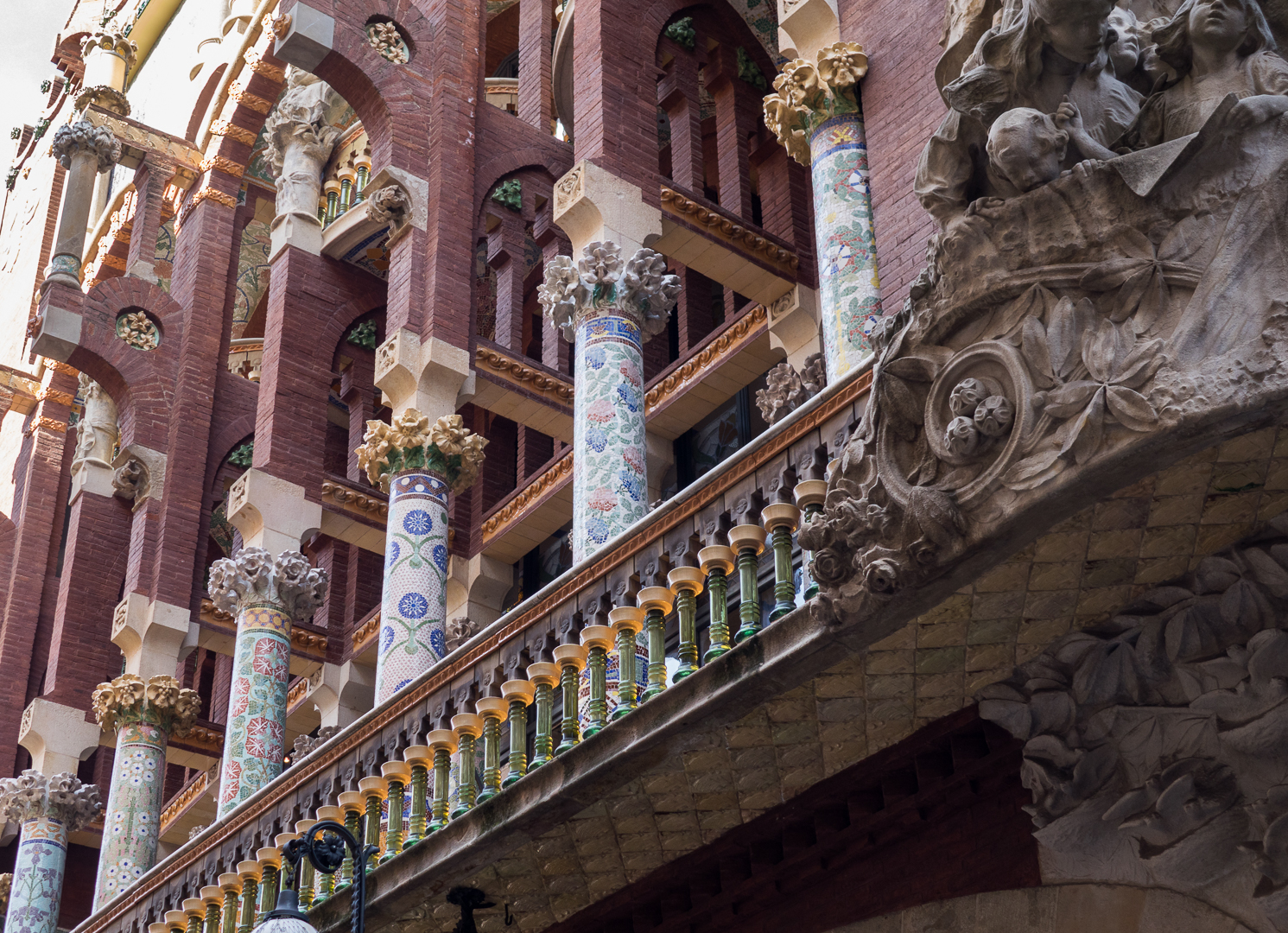
‘
Busts to famous composers, such as Bach, Beethoven, Wagner, and Mozart are perched along the upper balconies.
‘